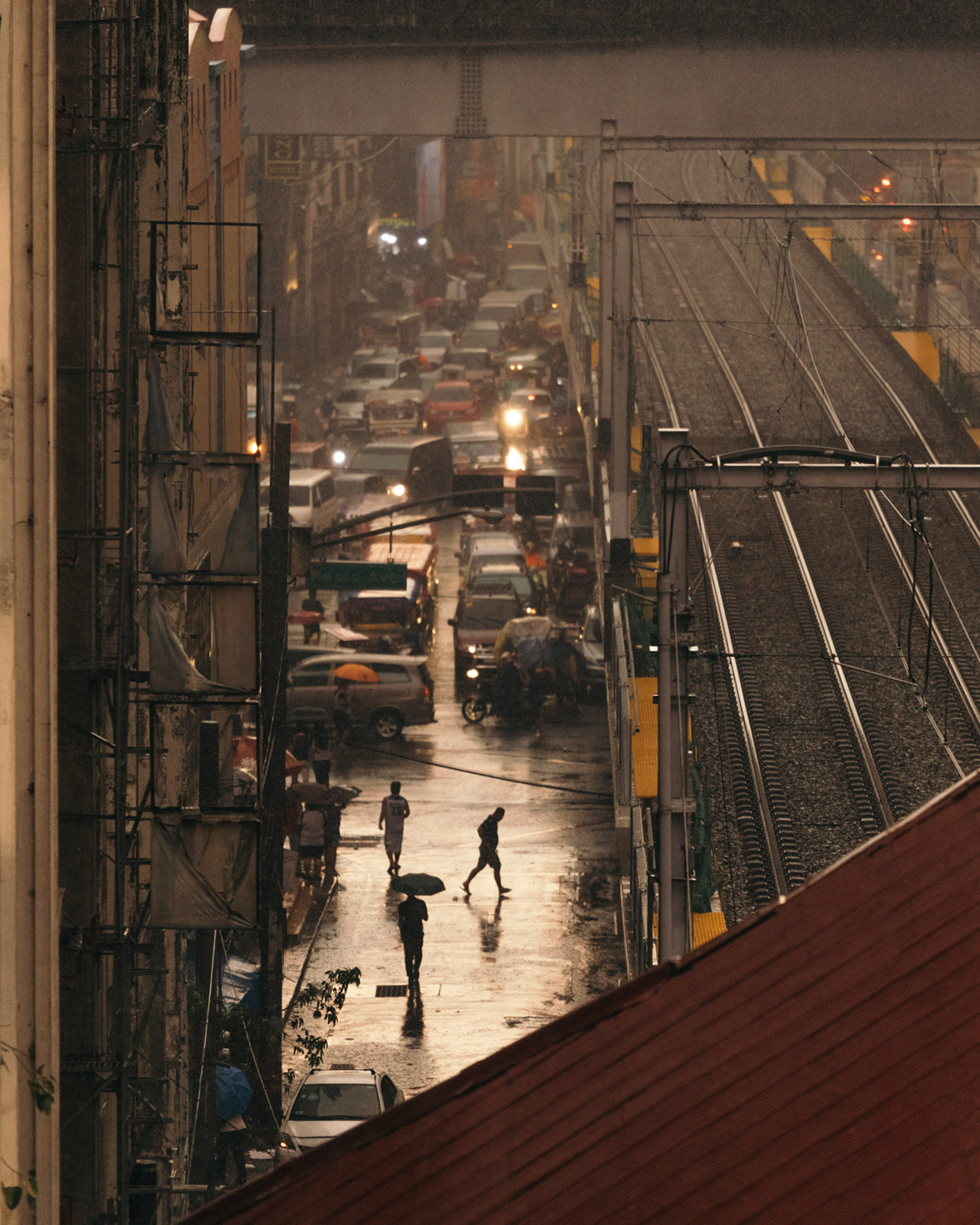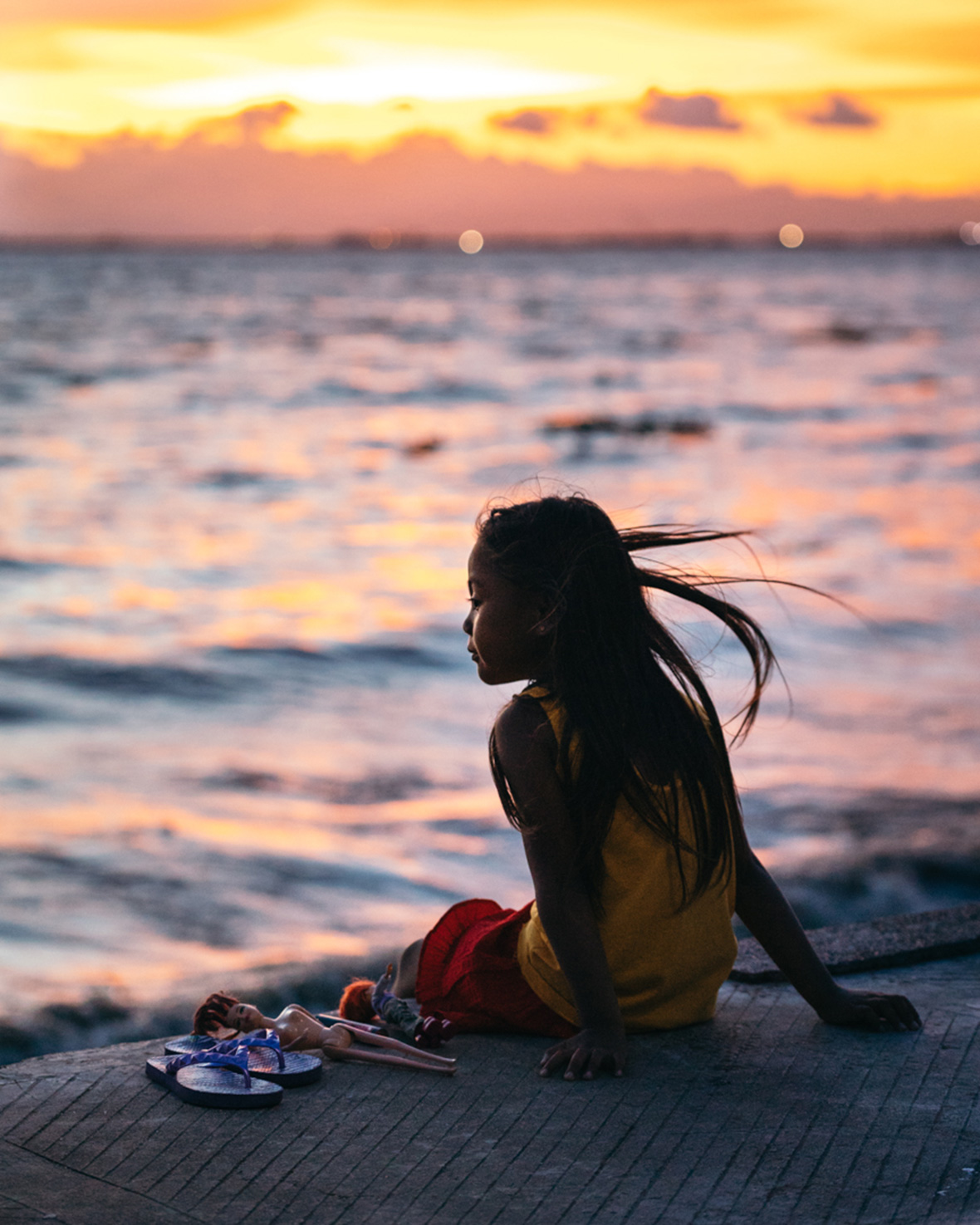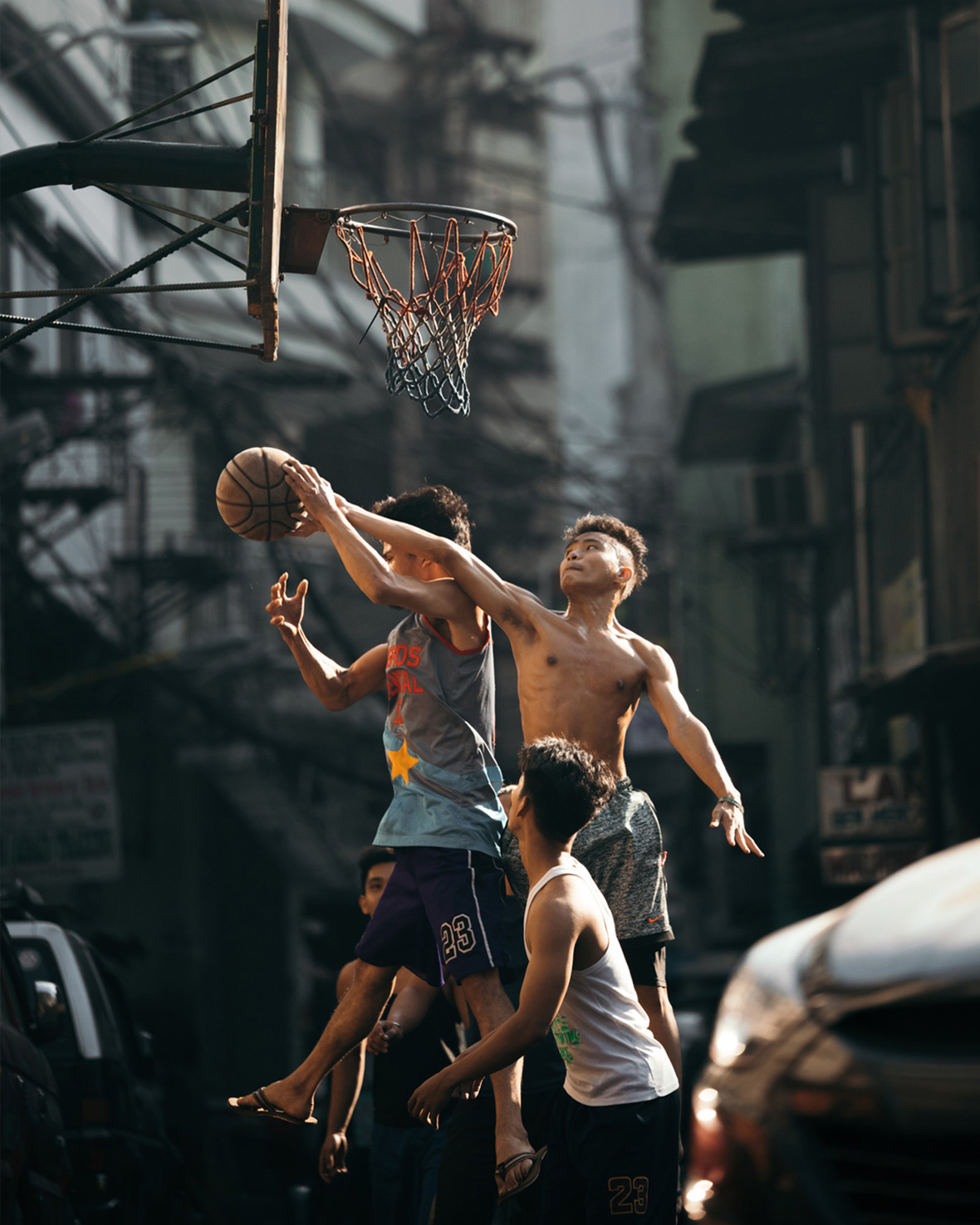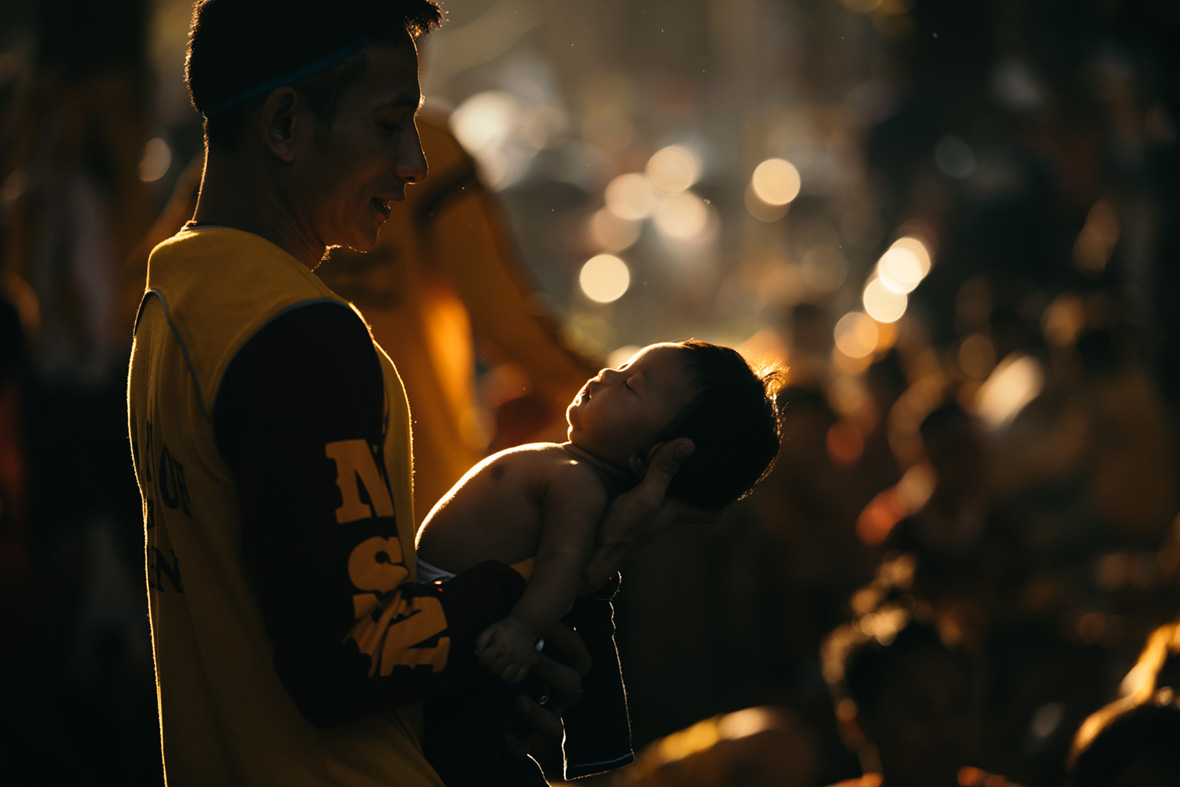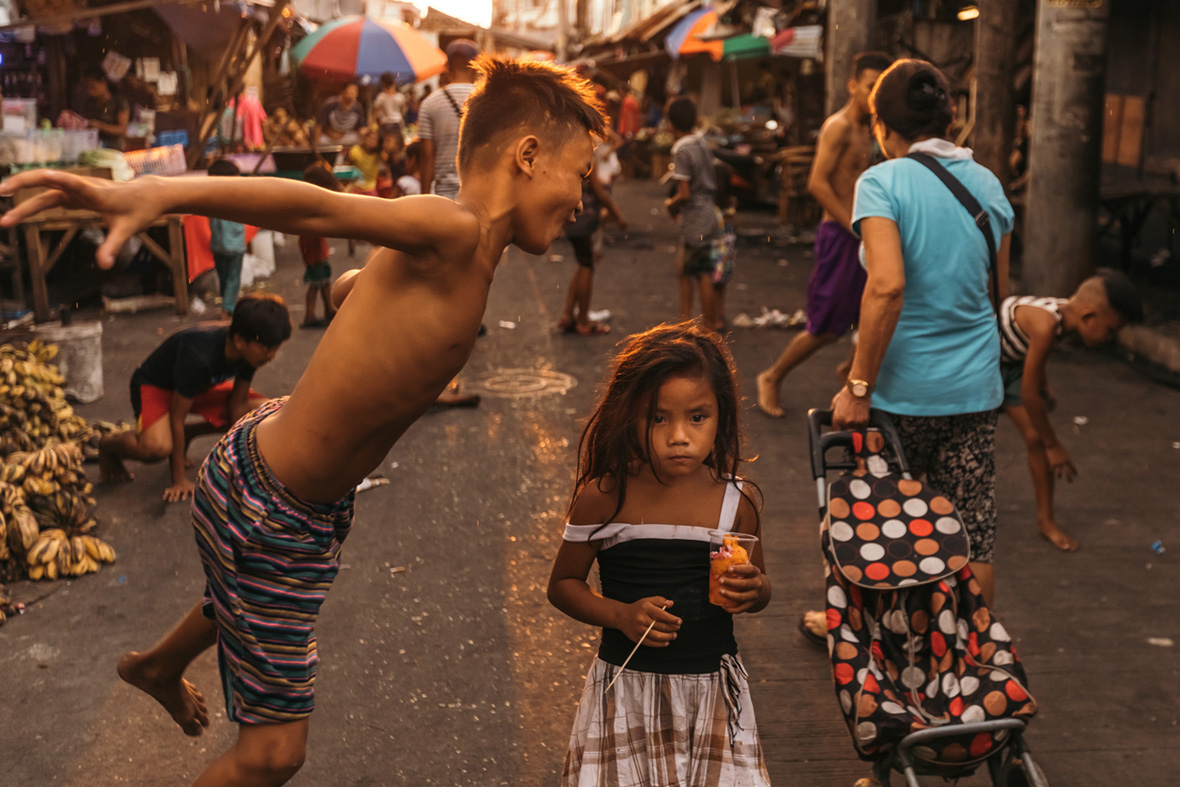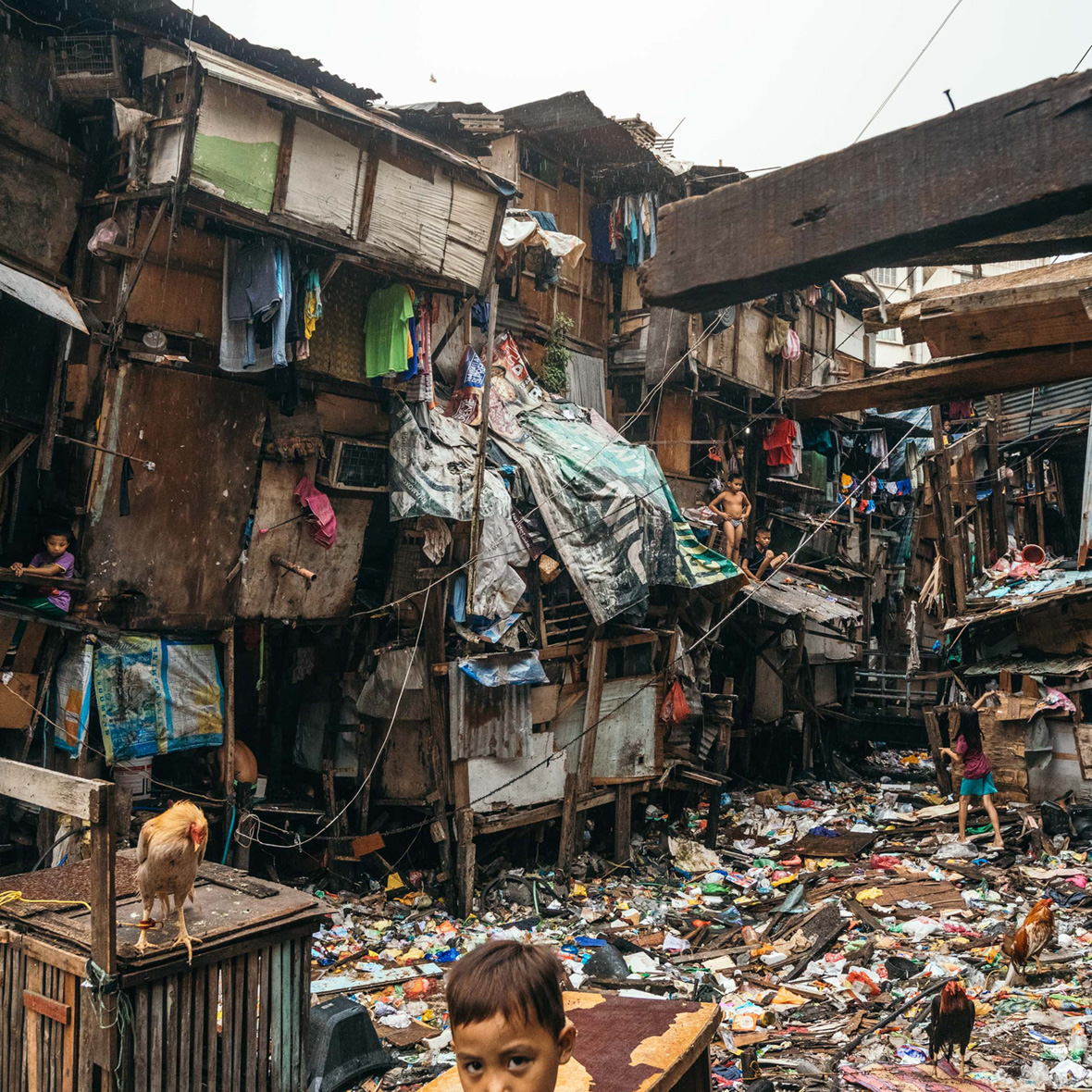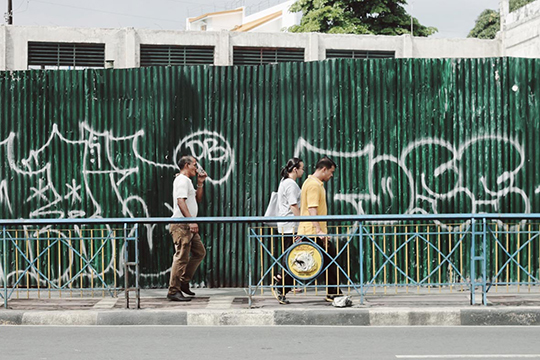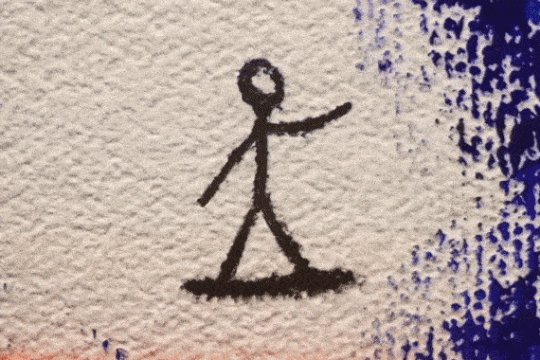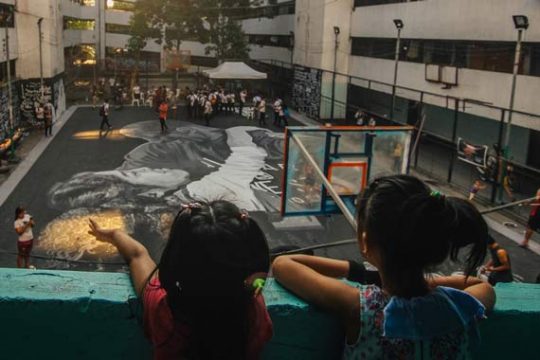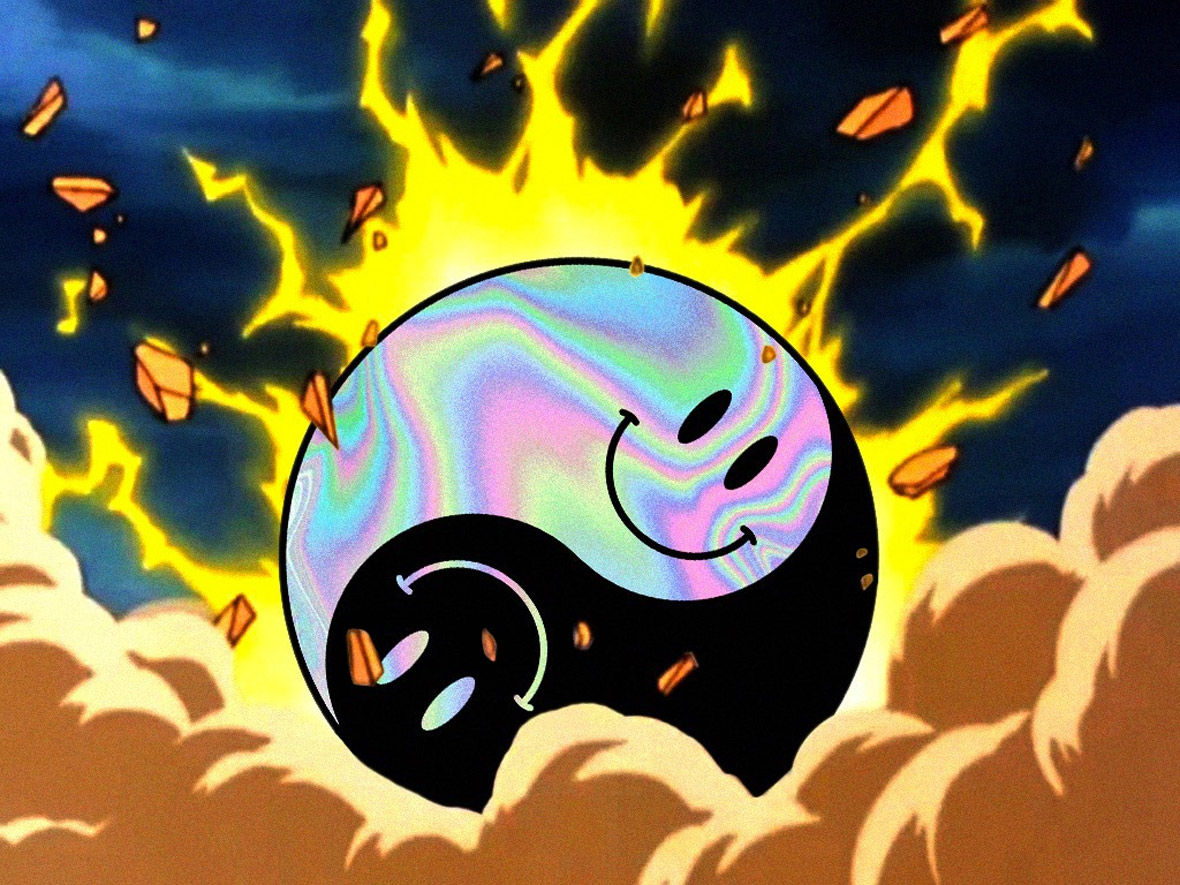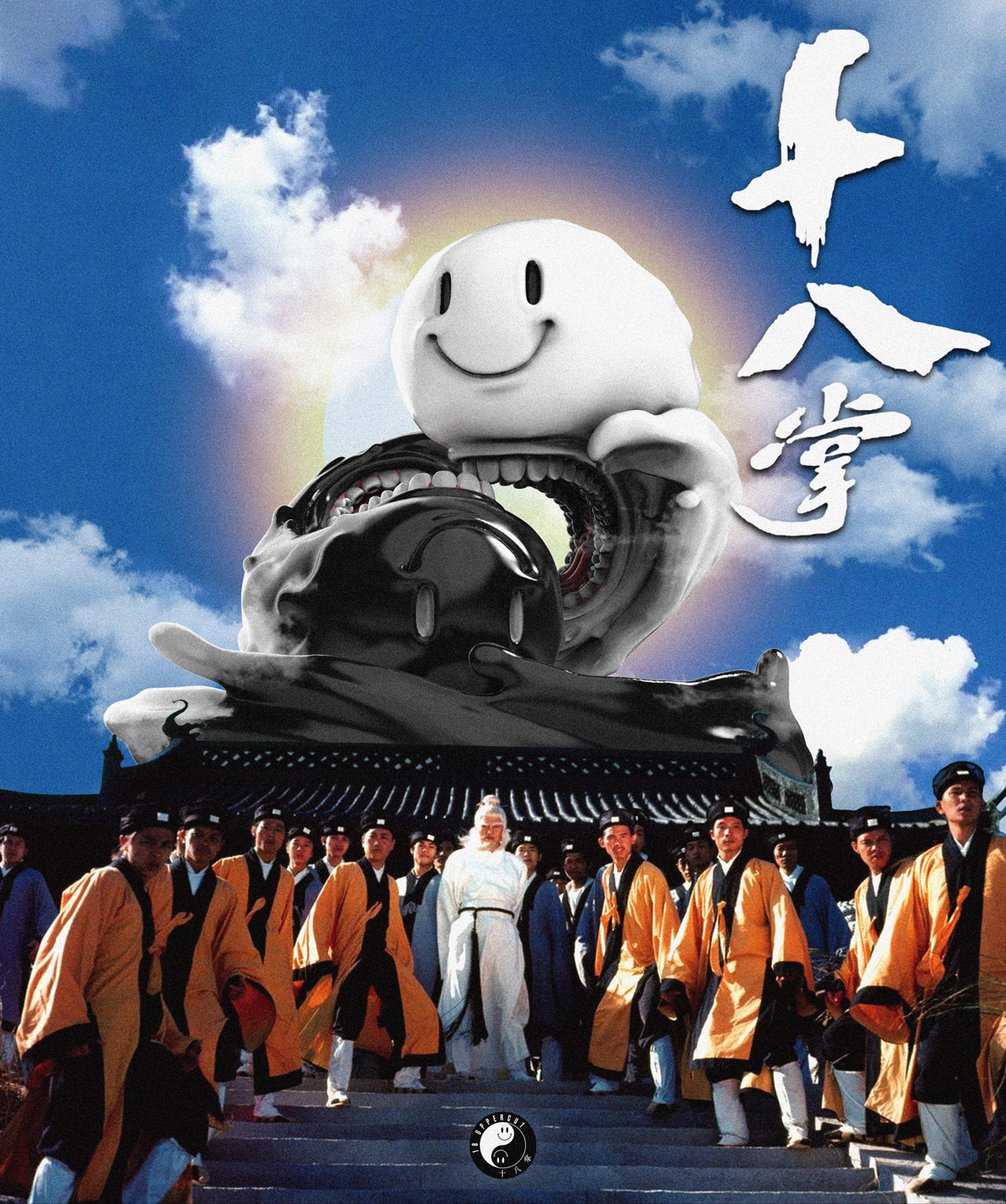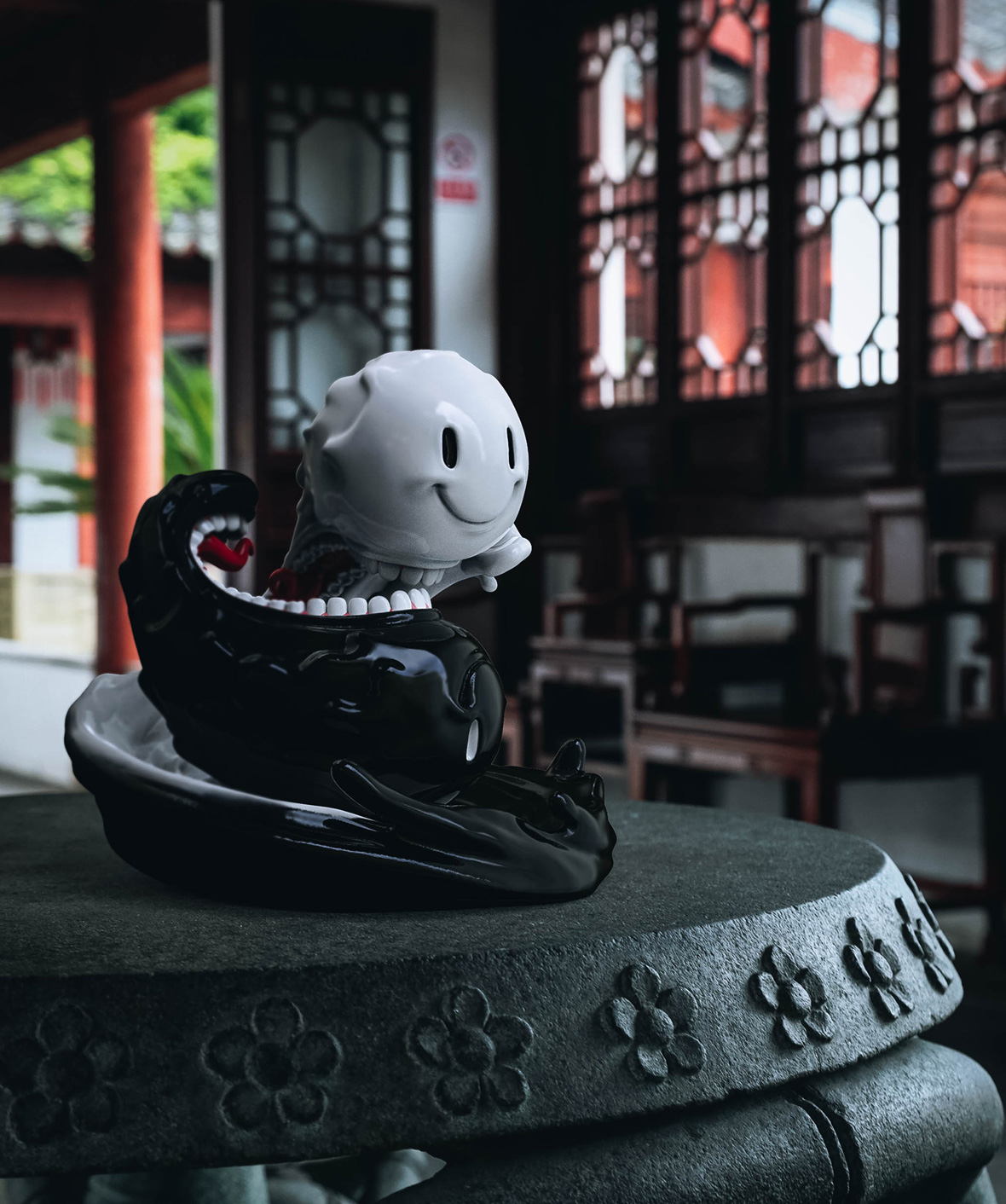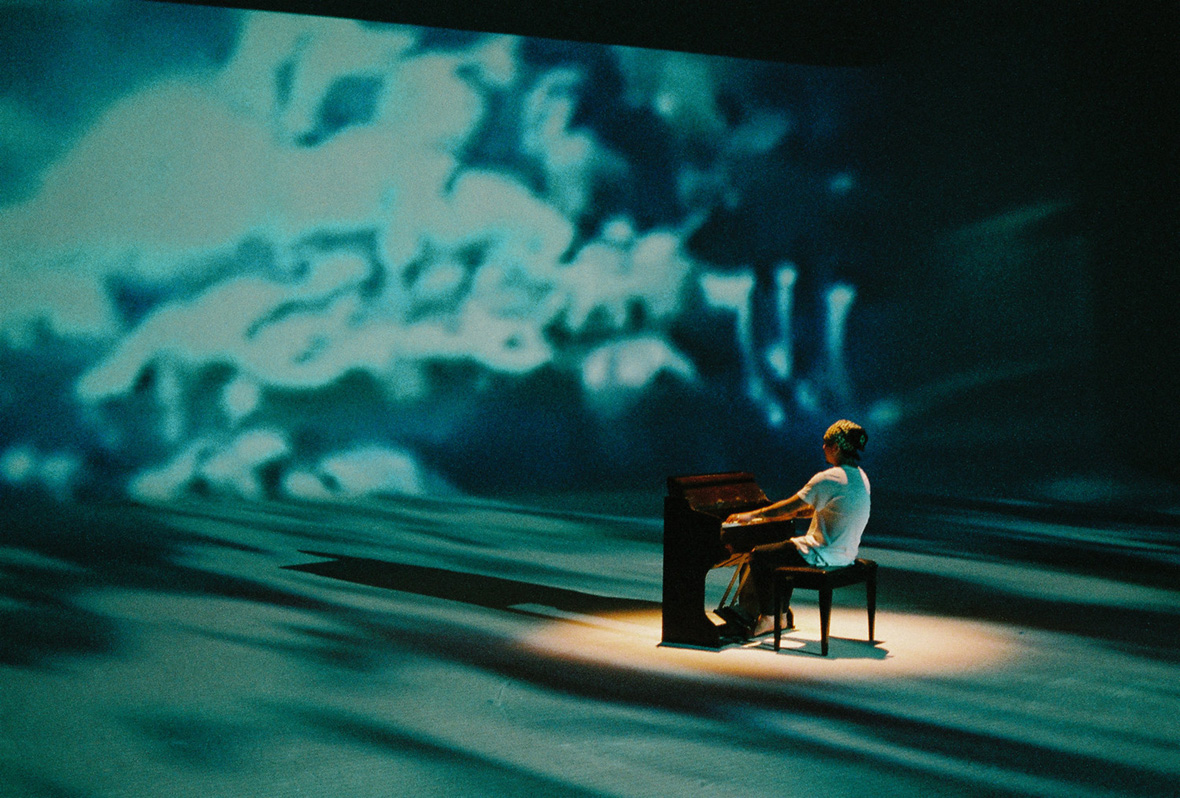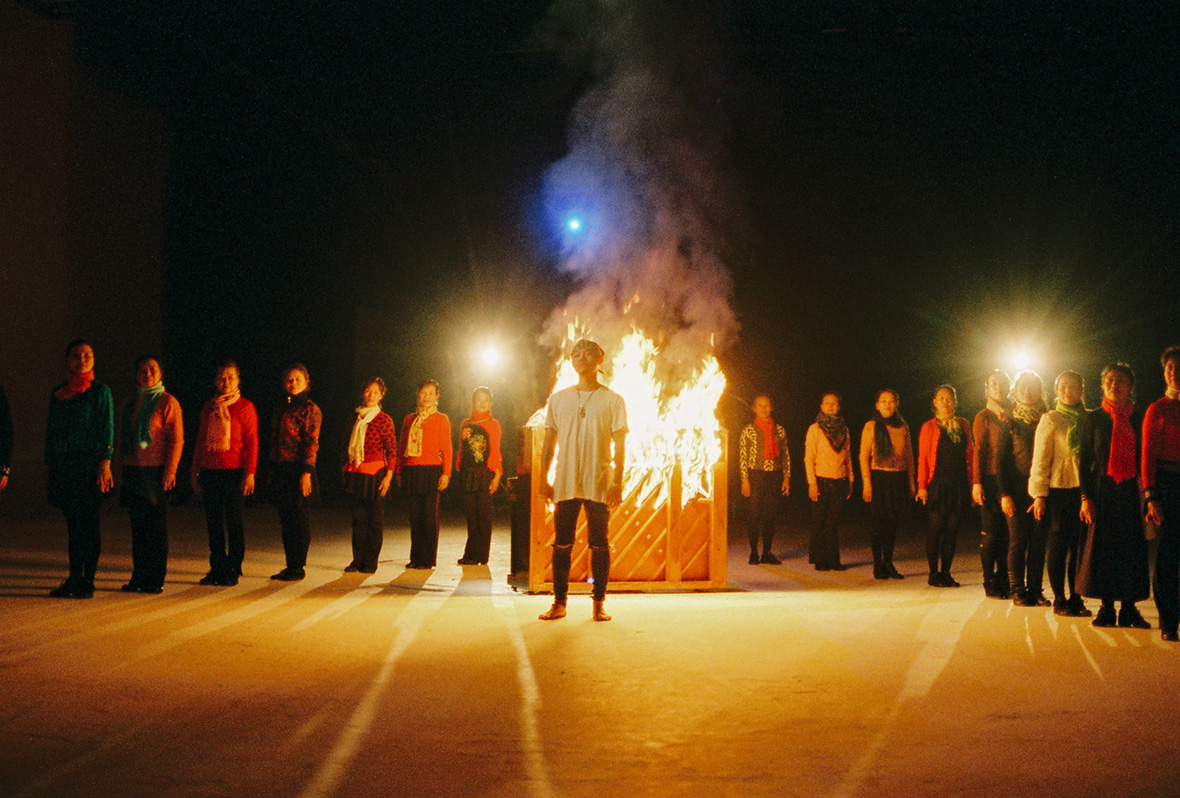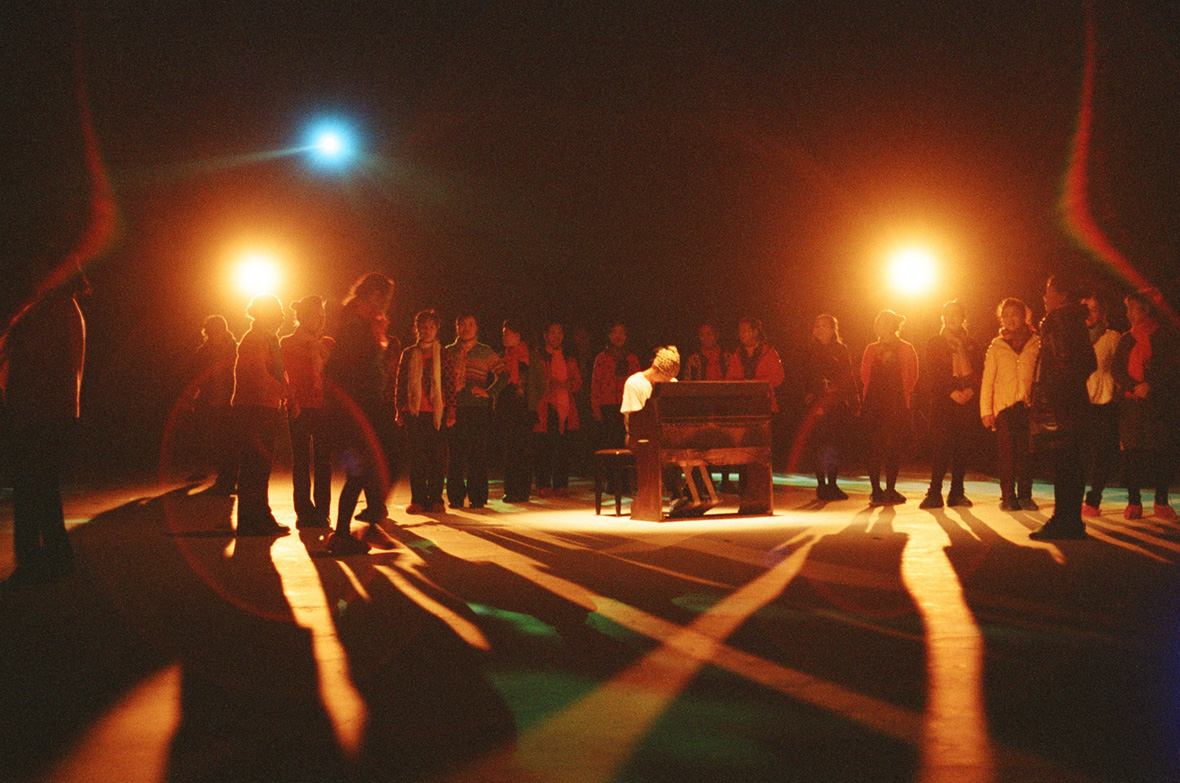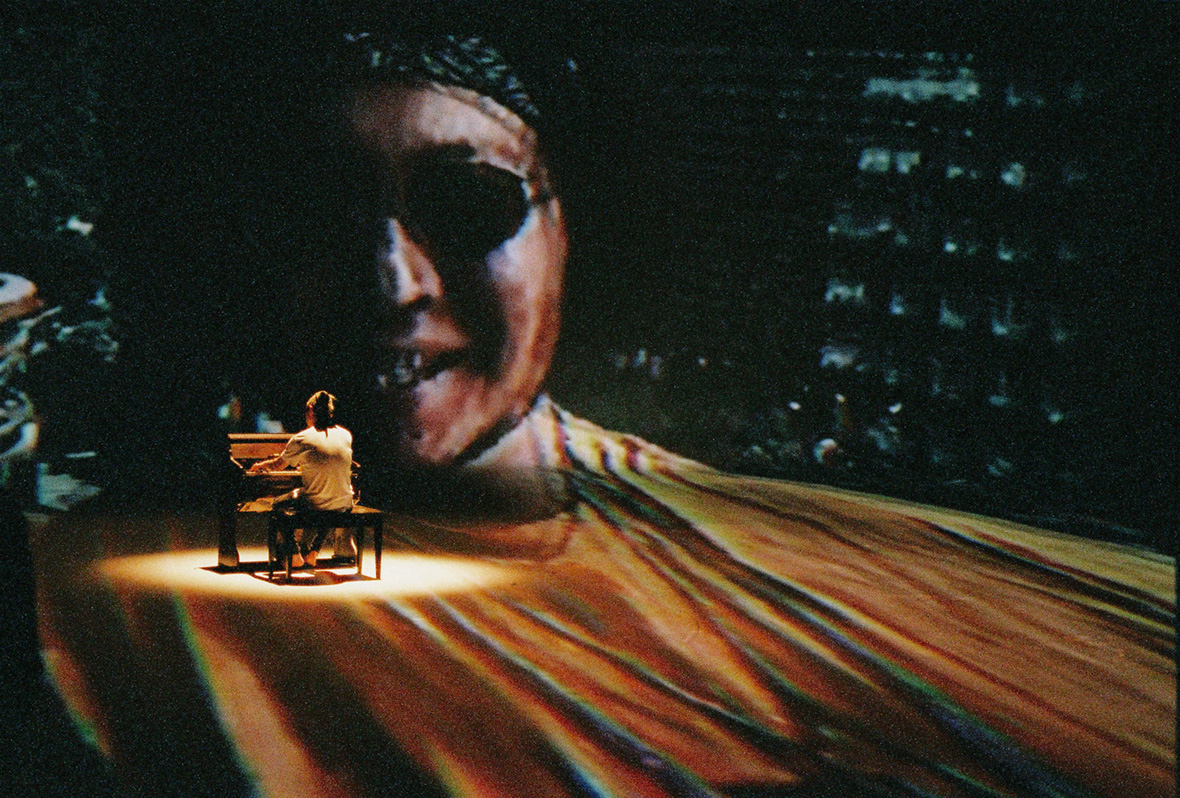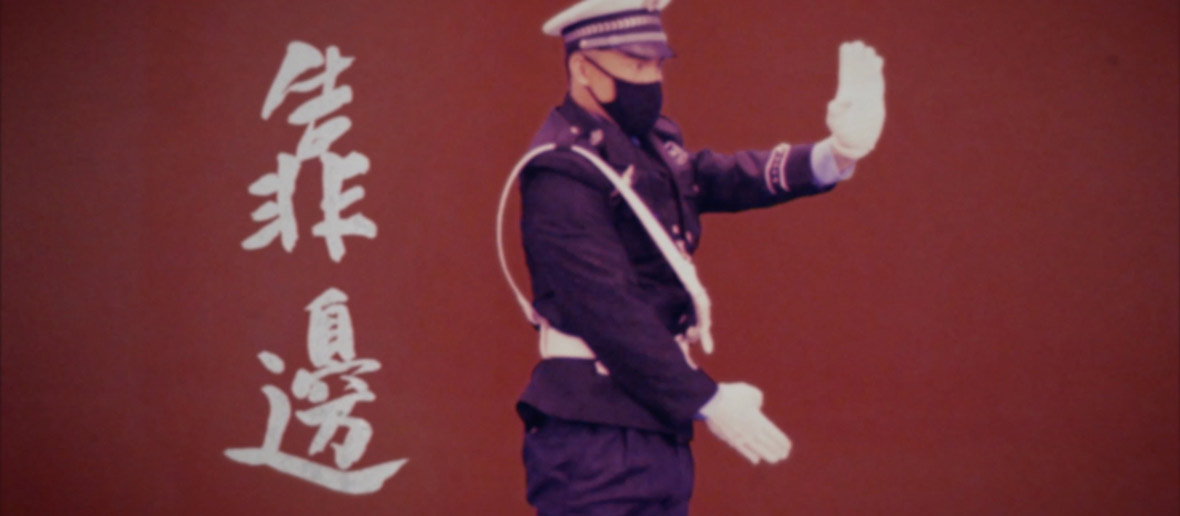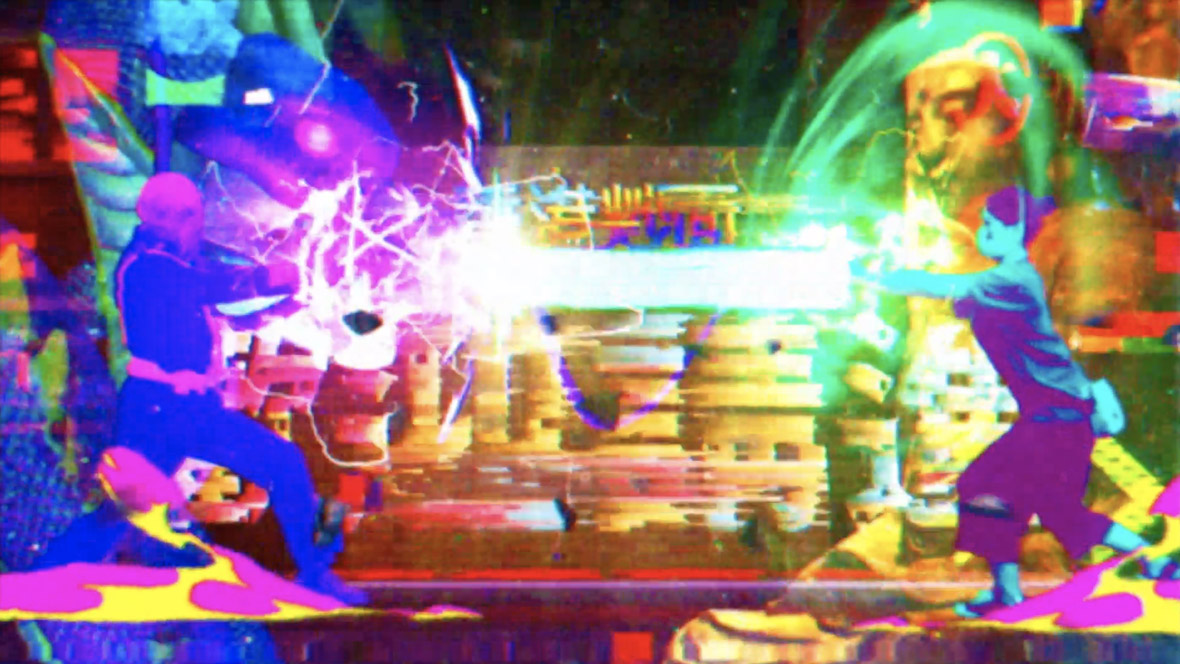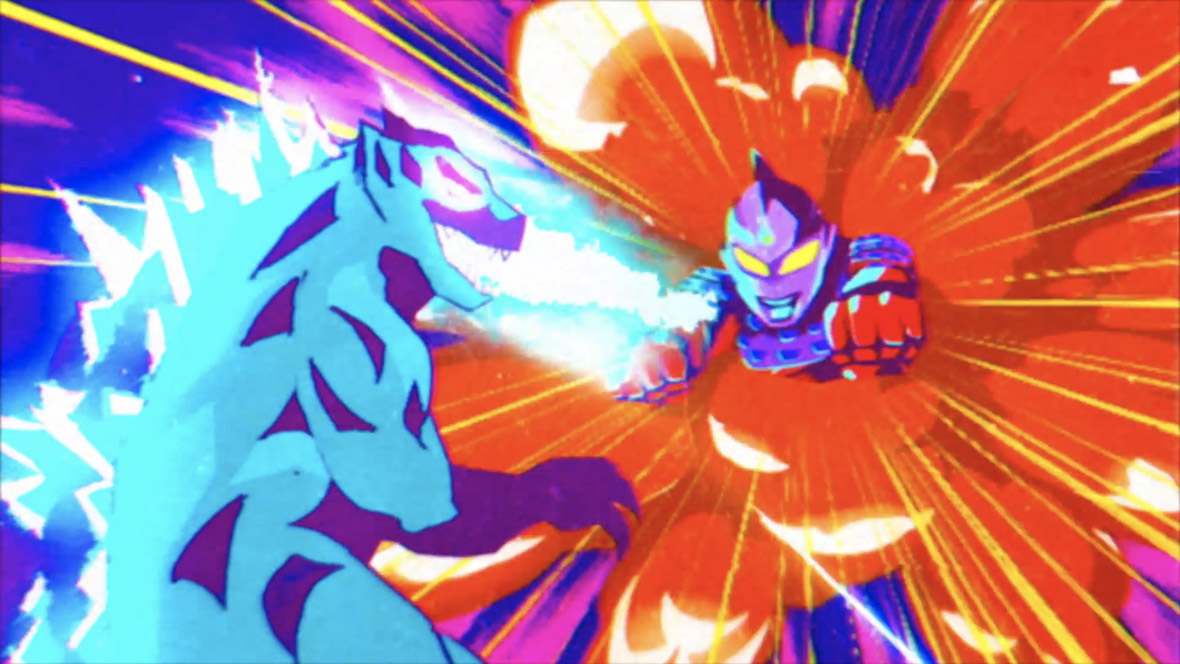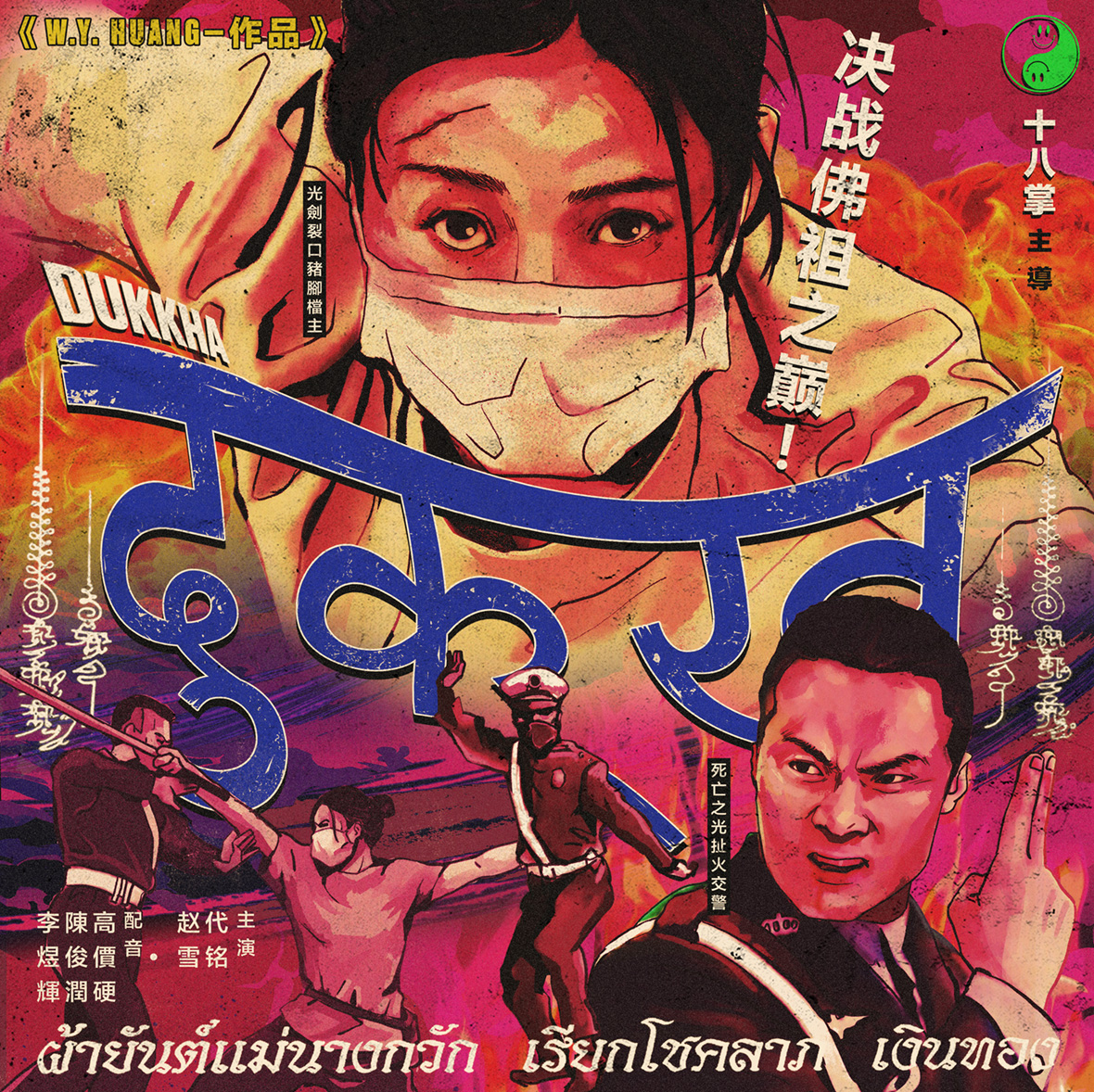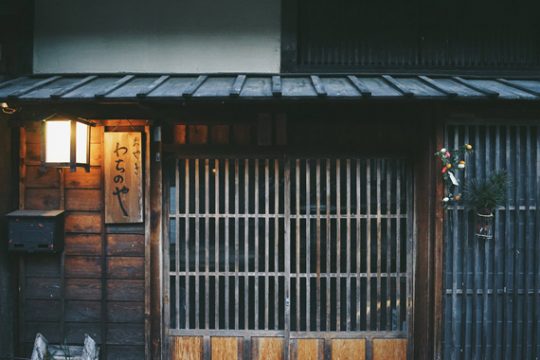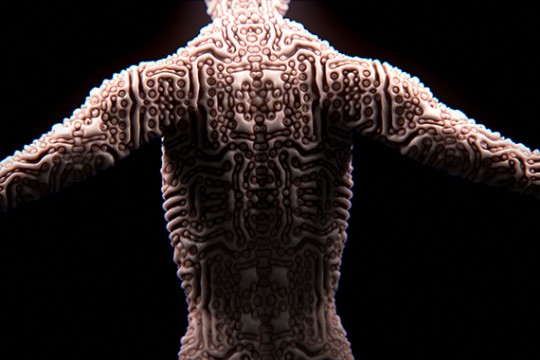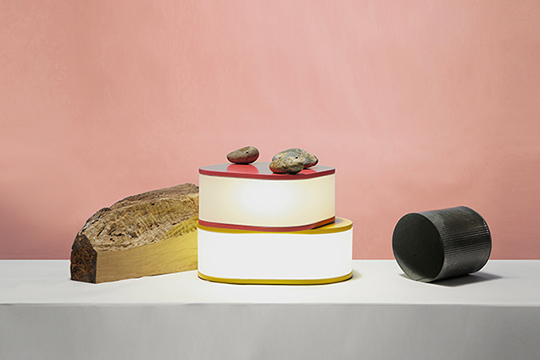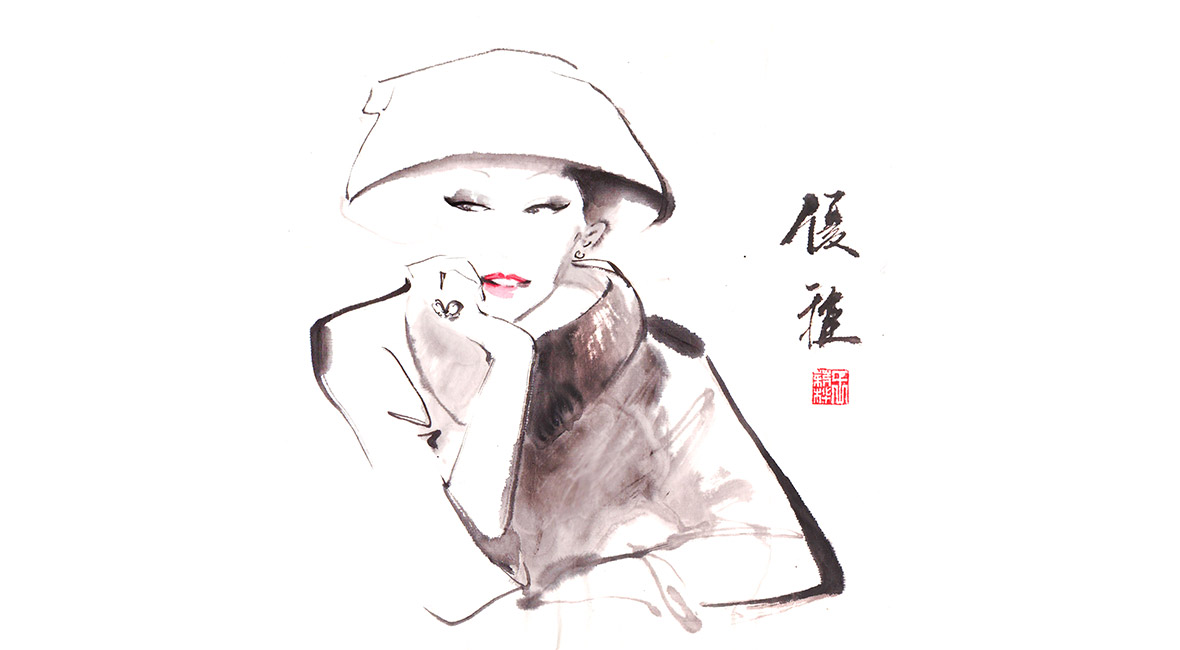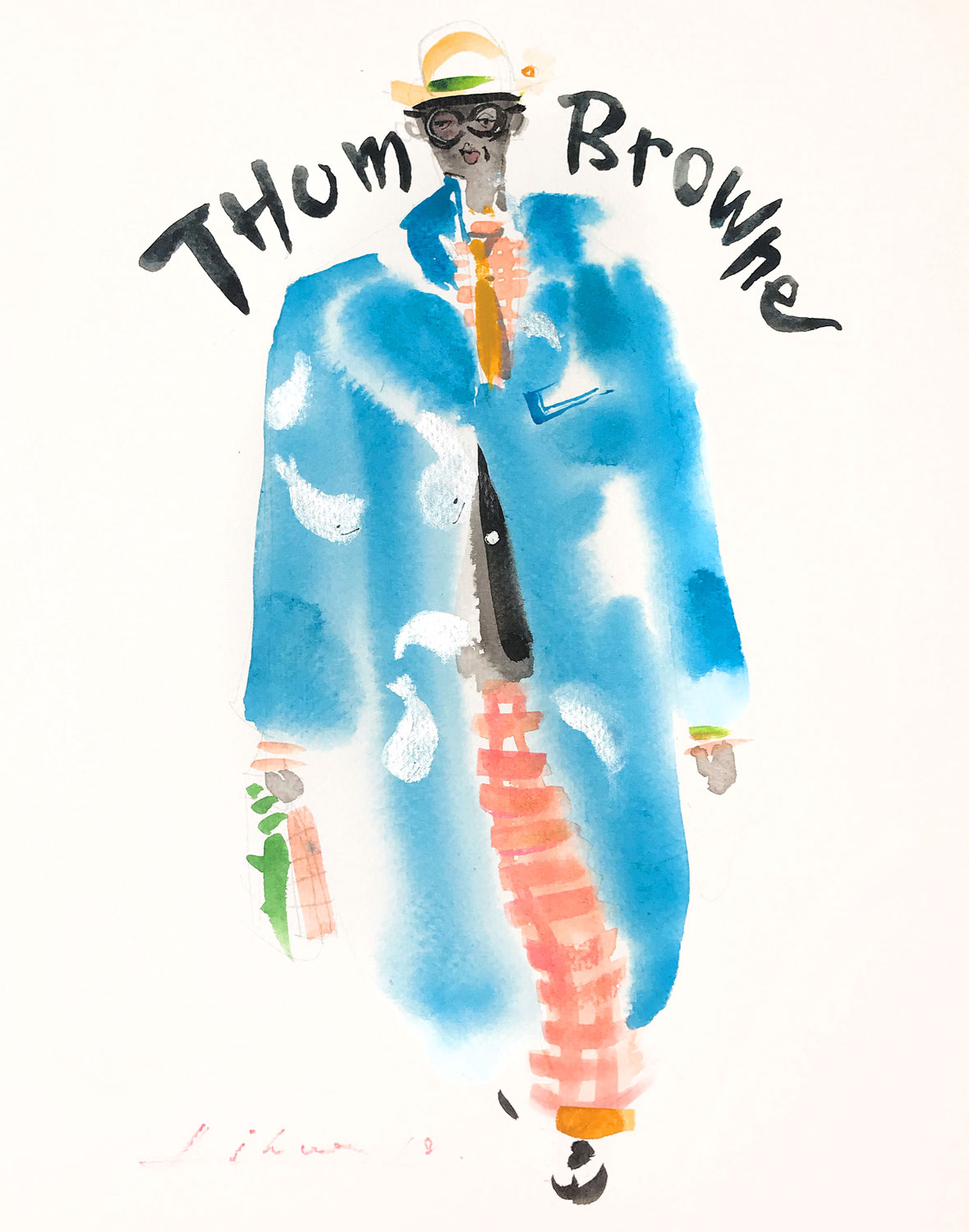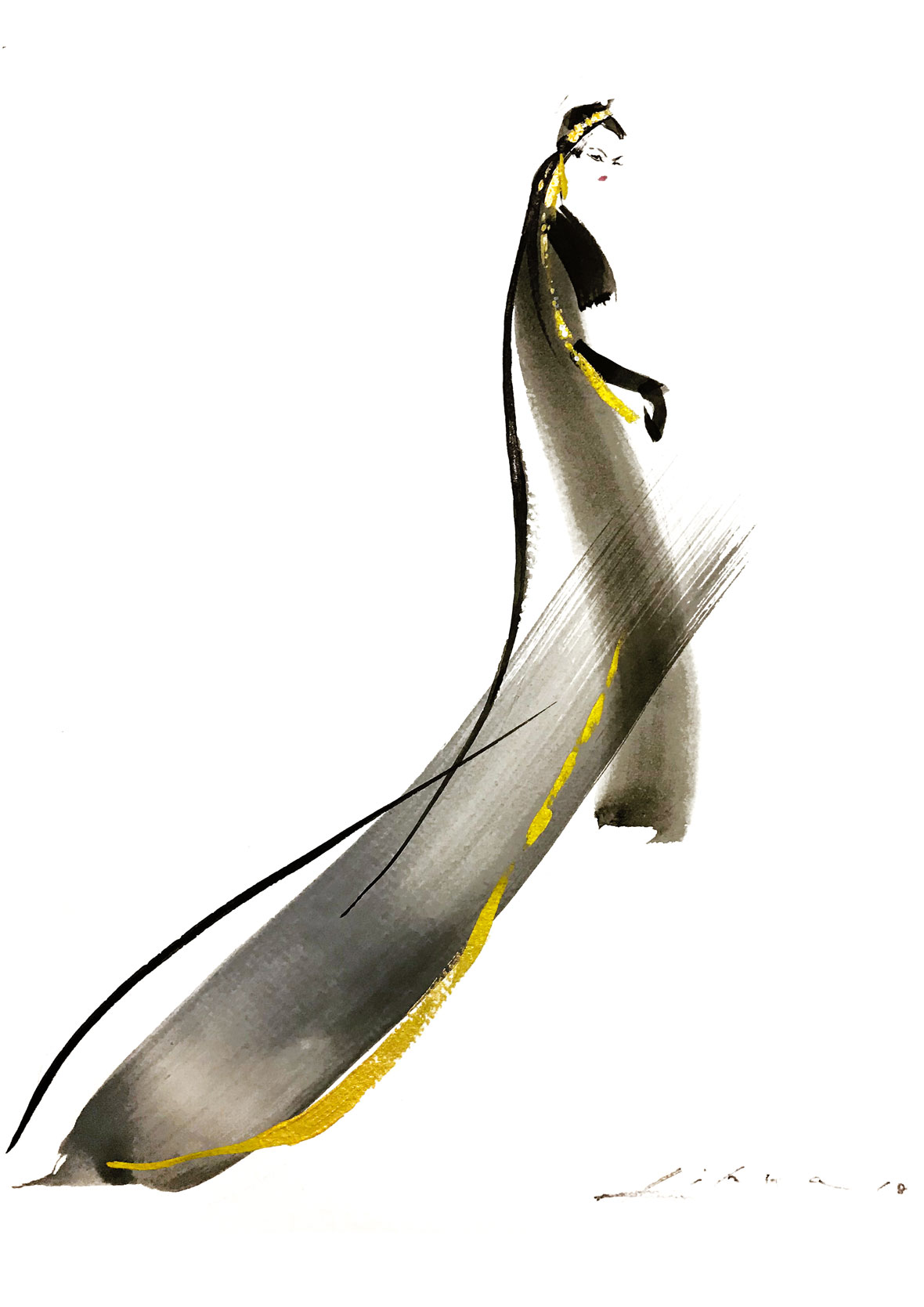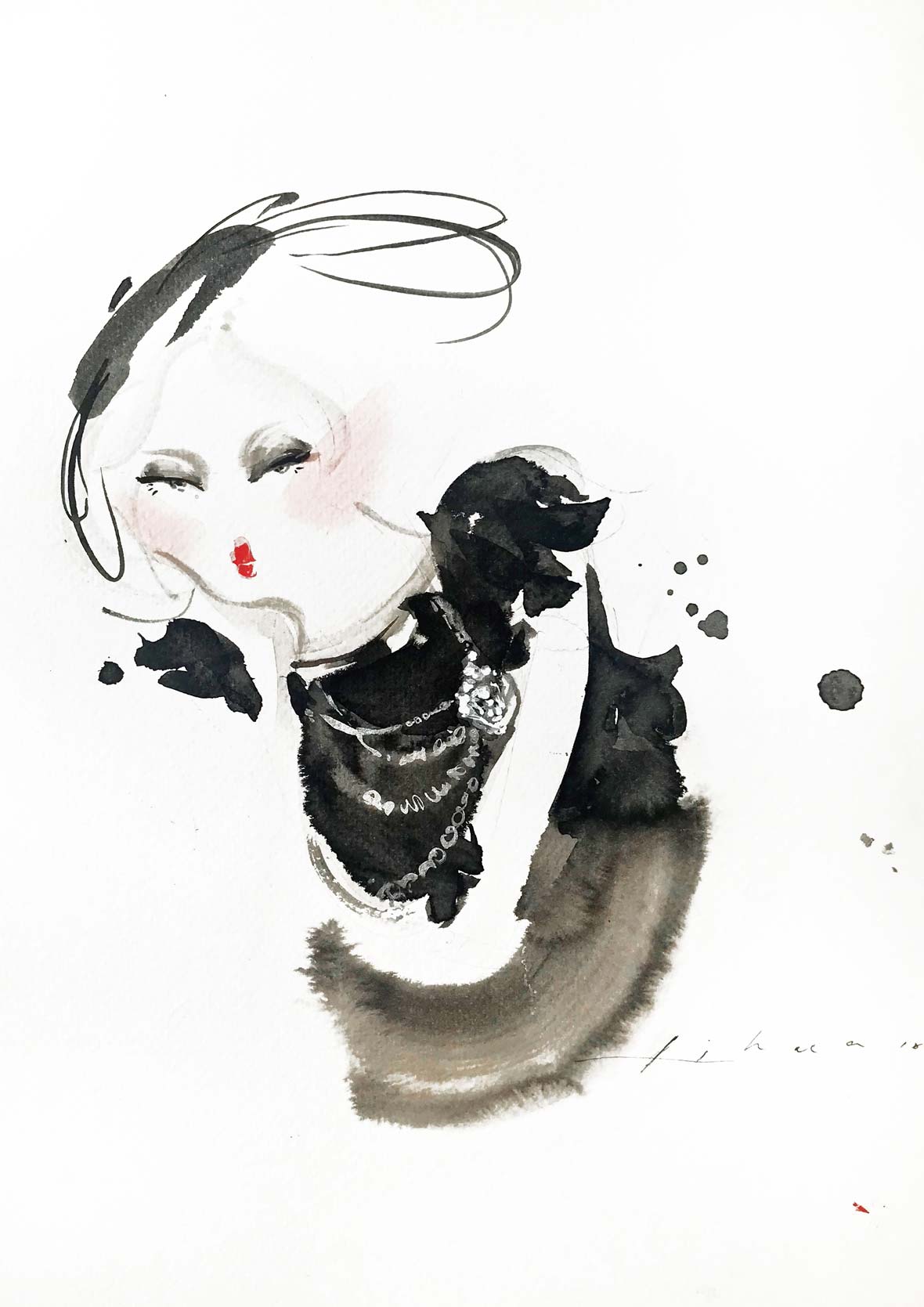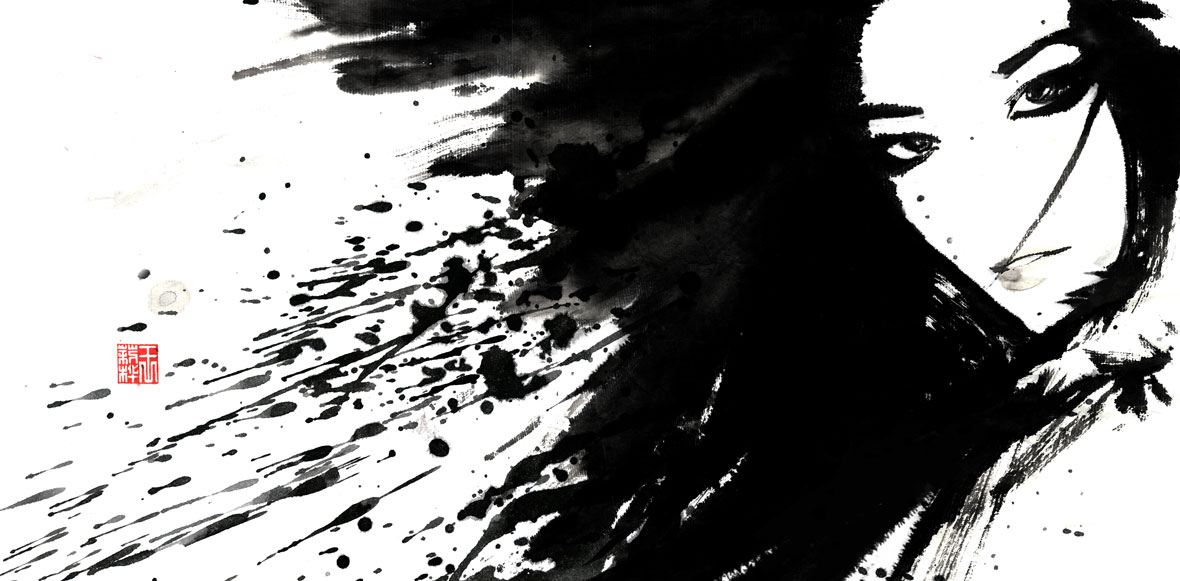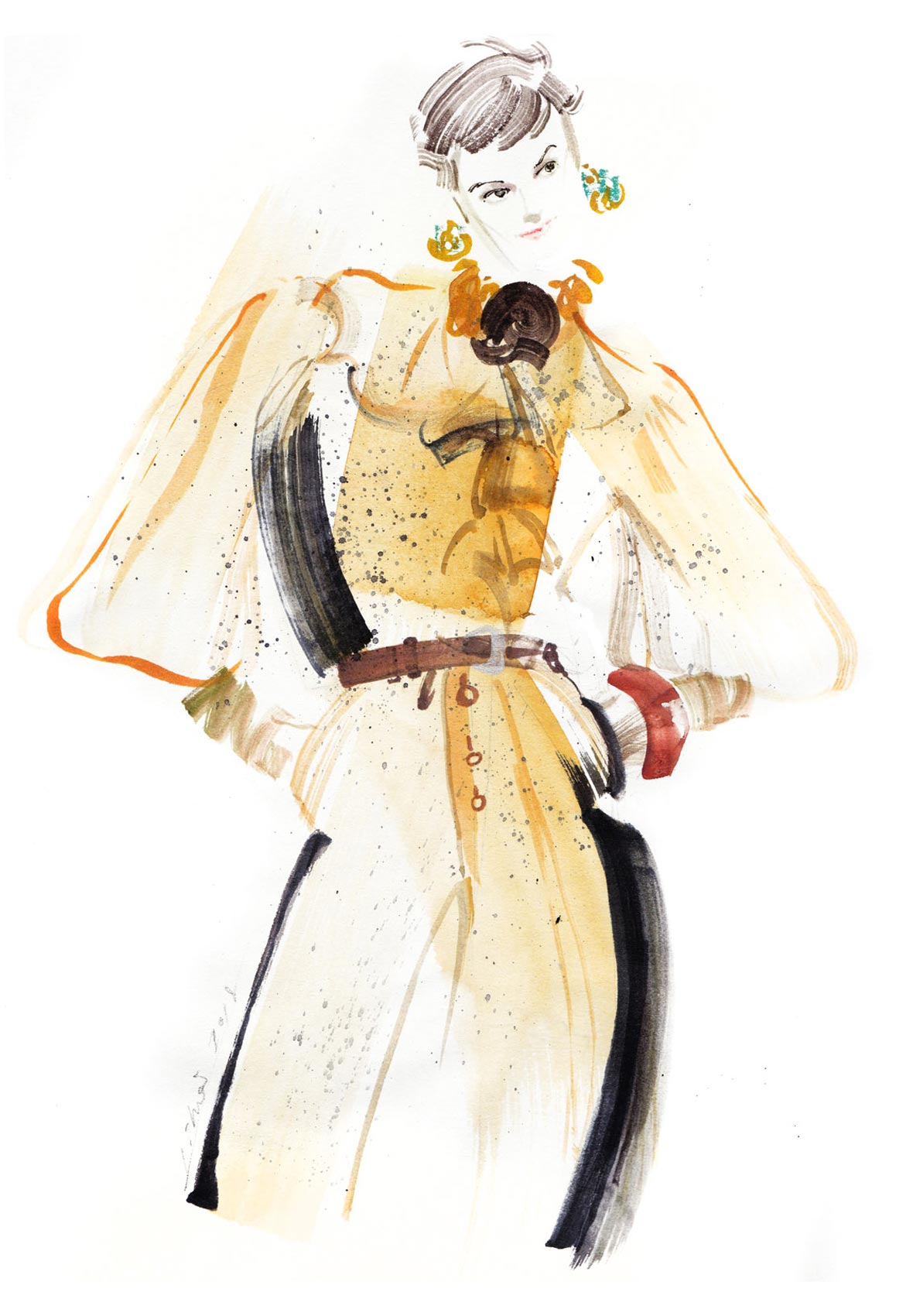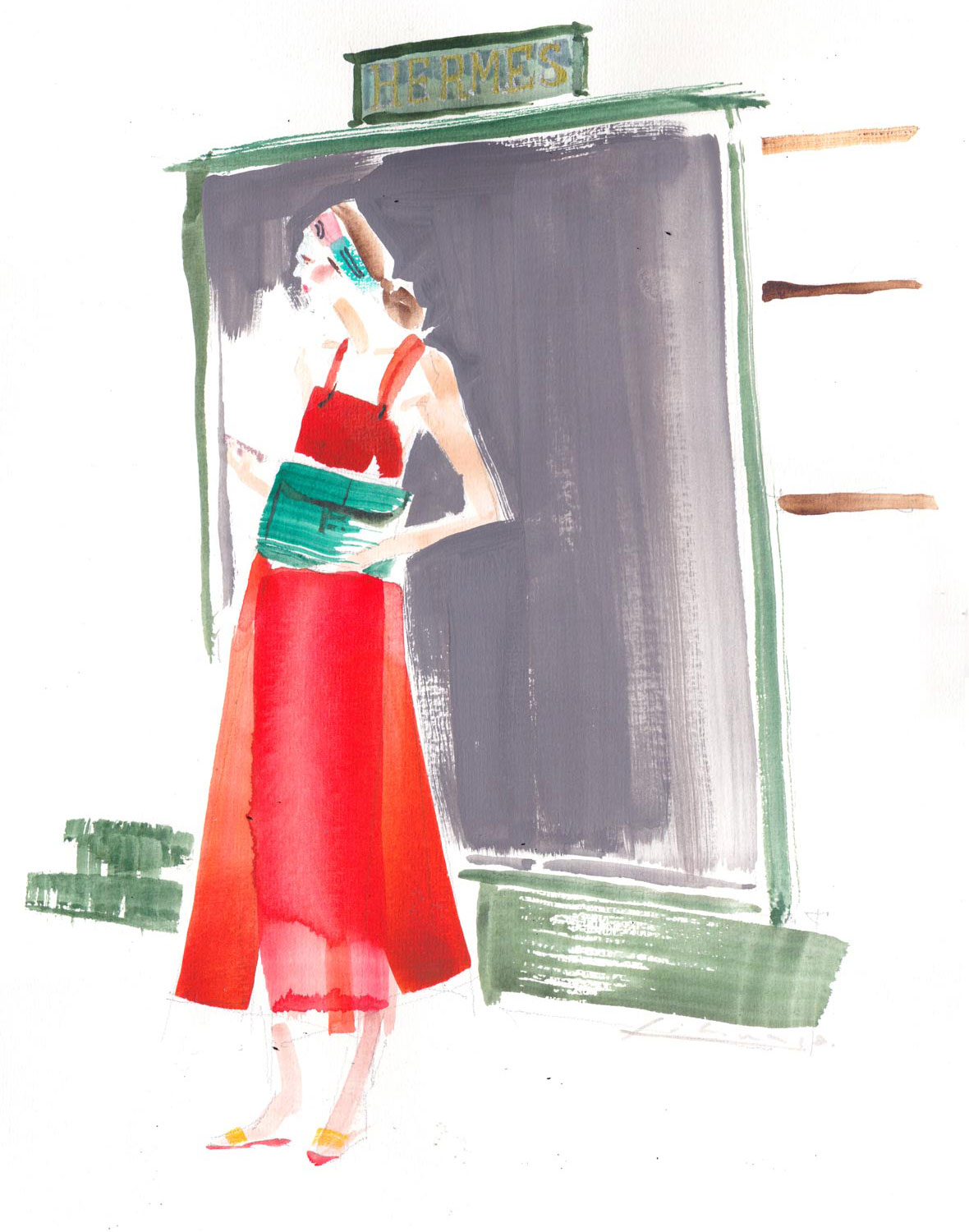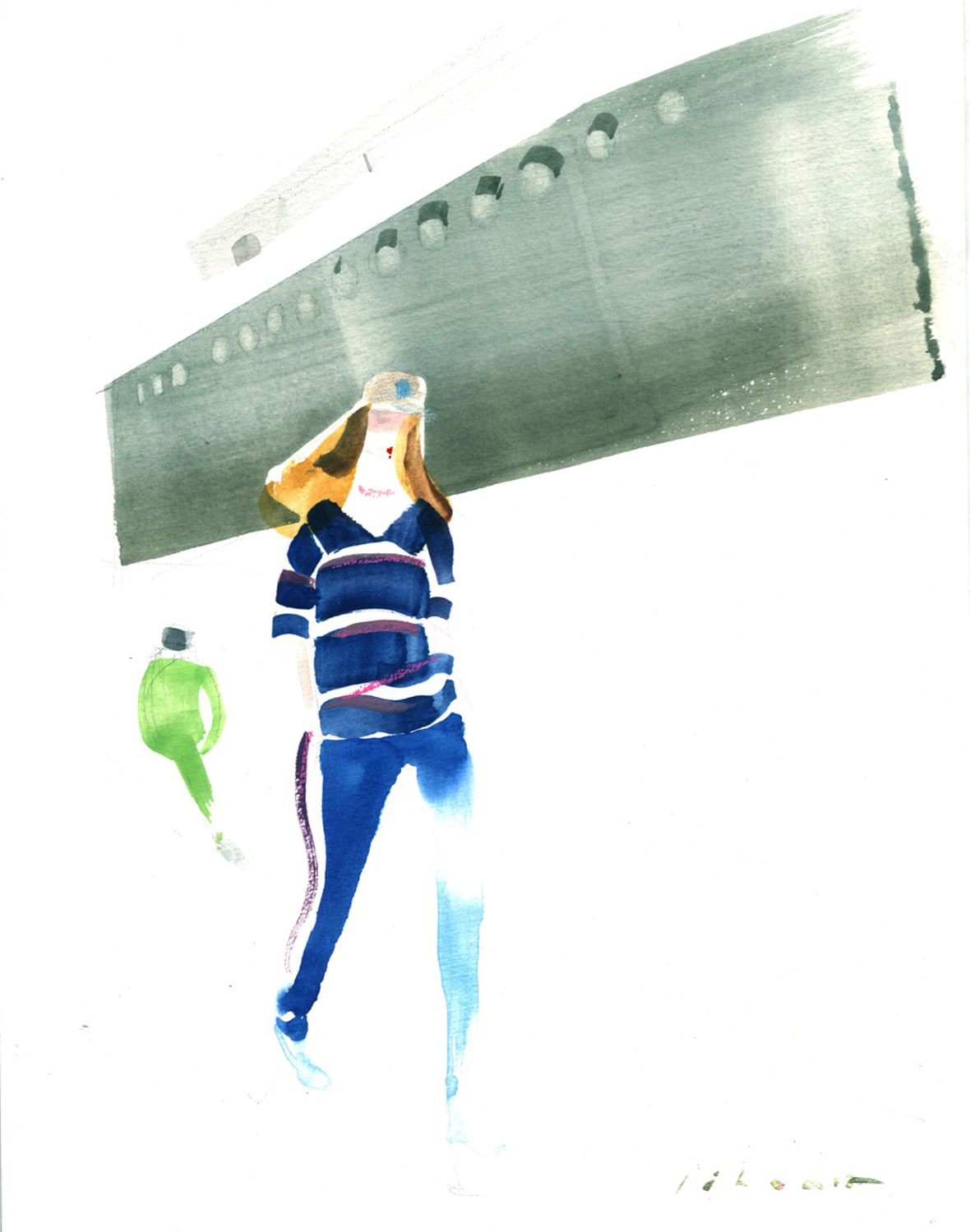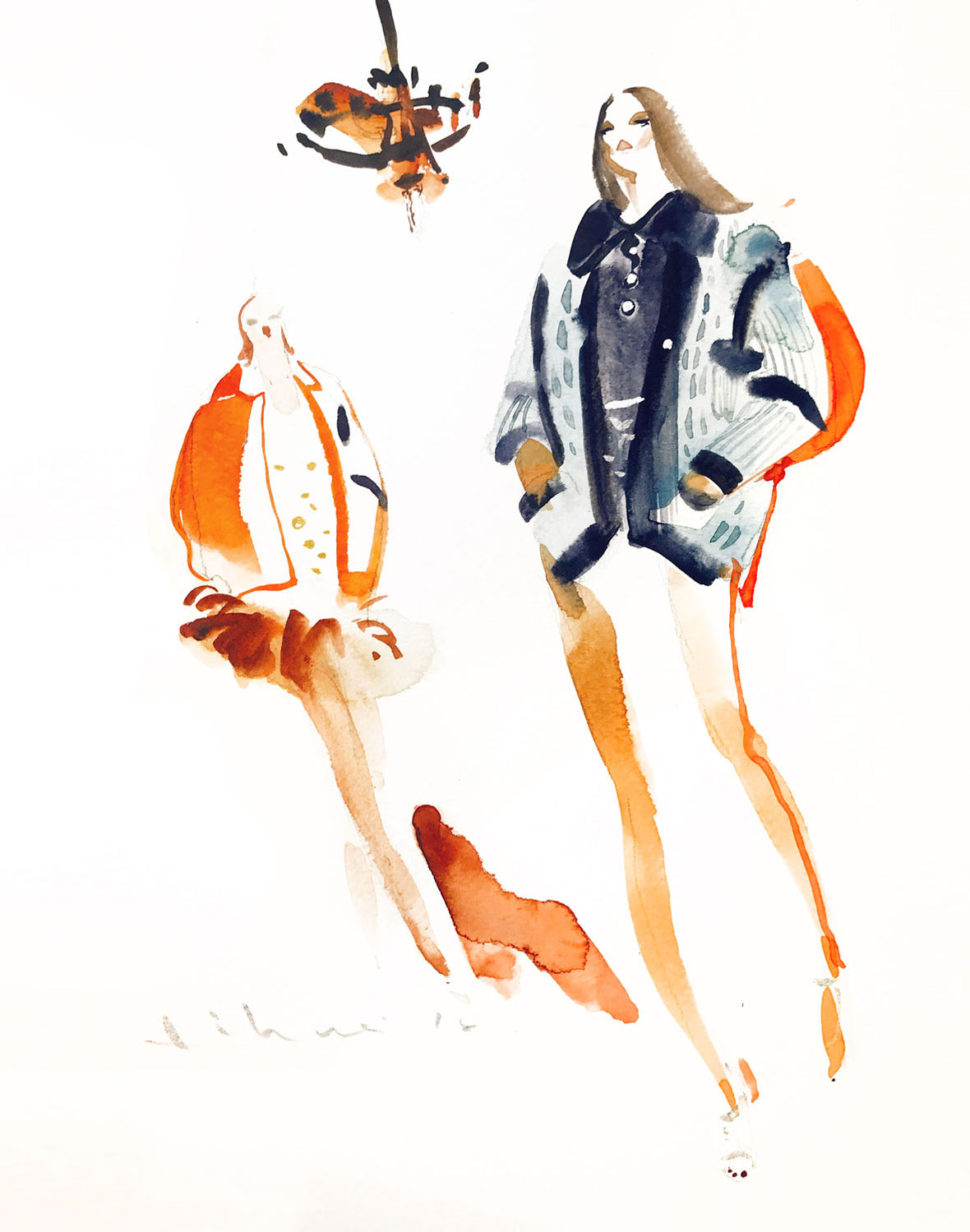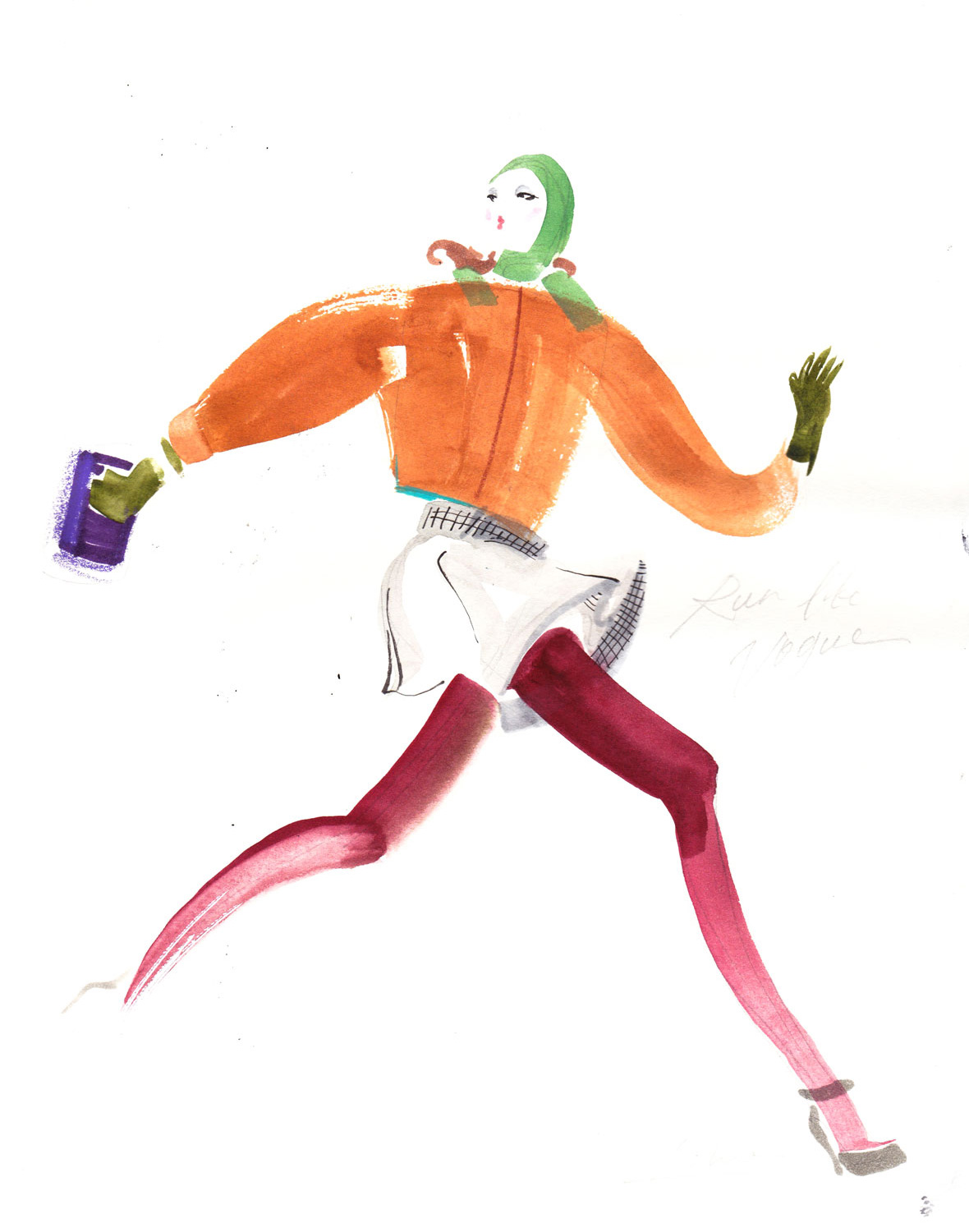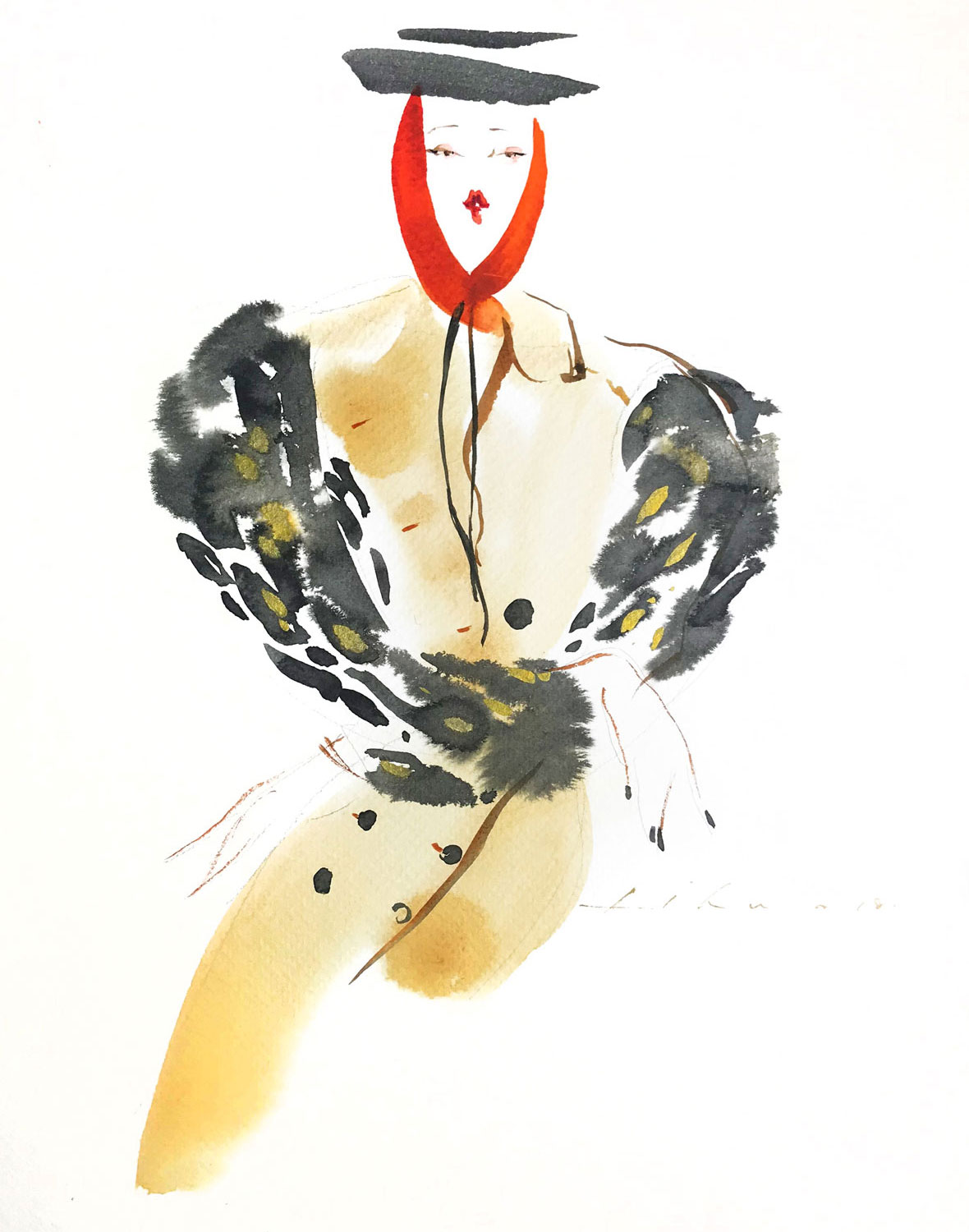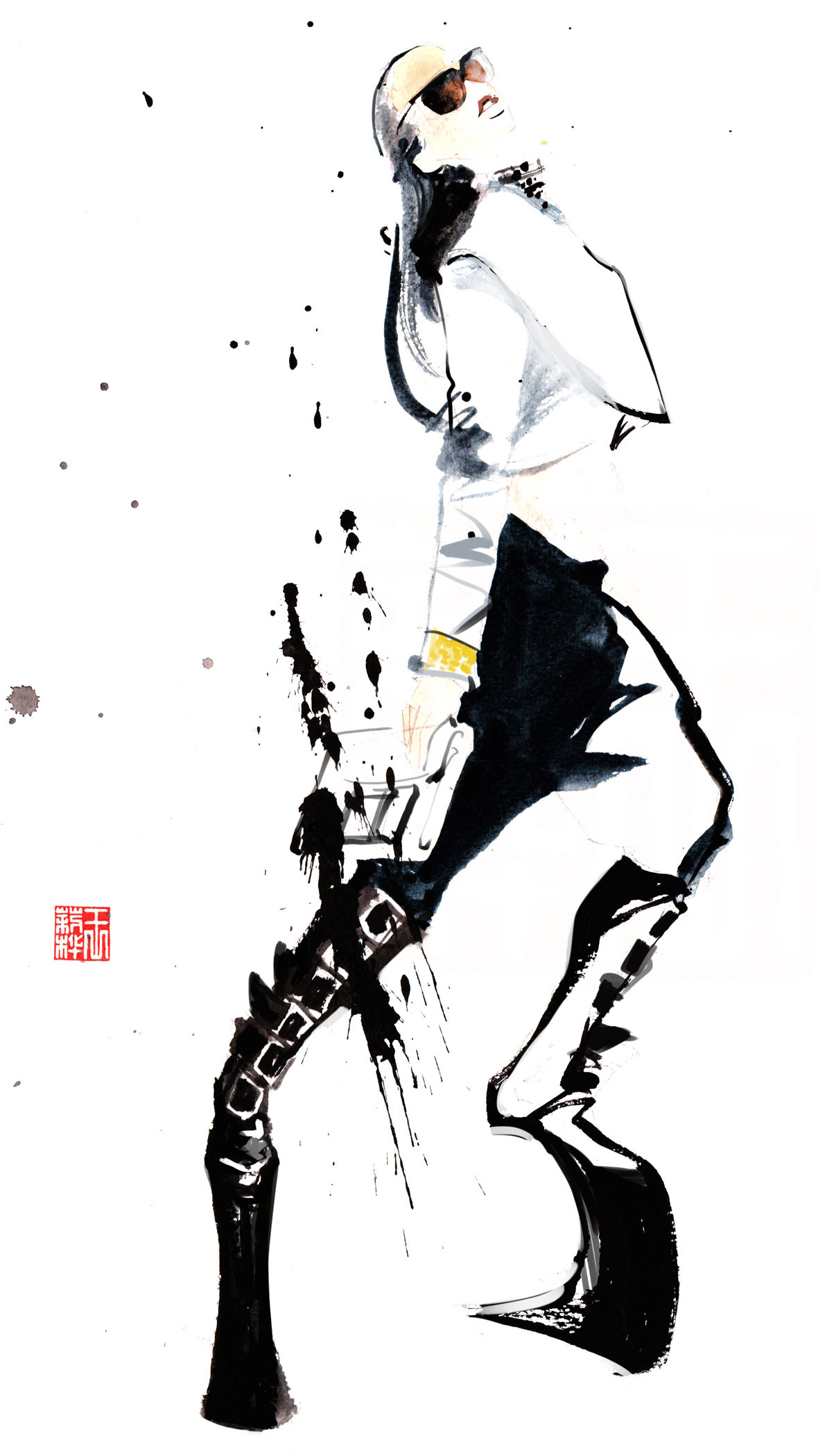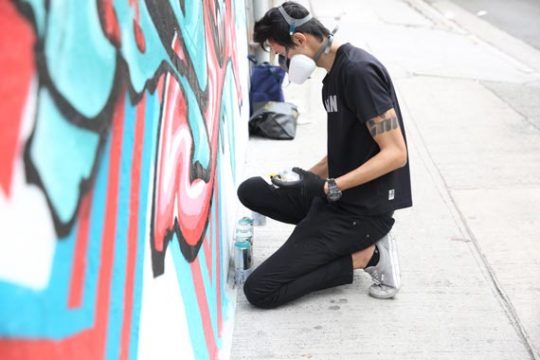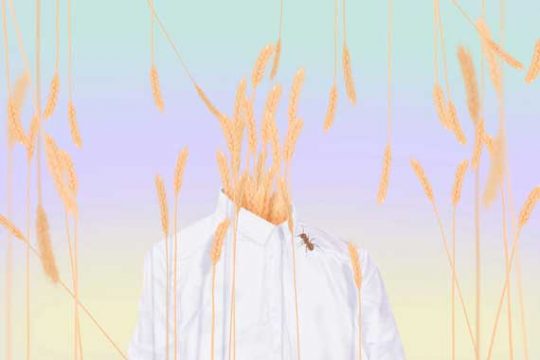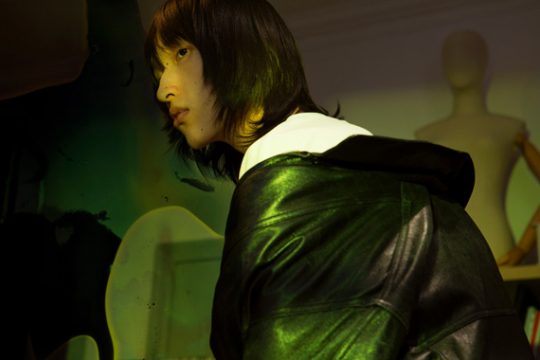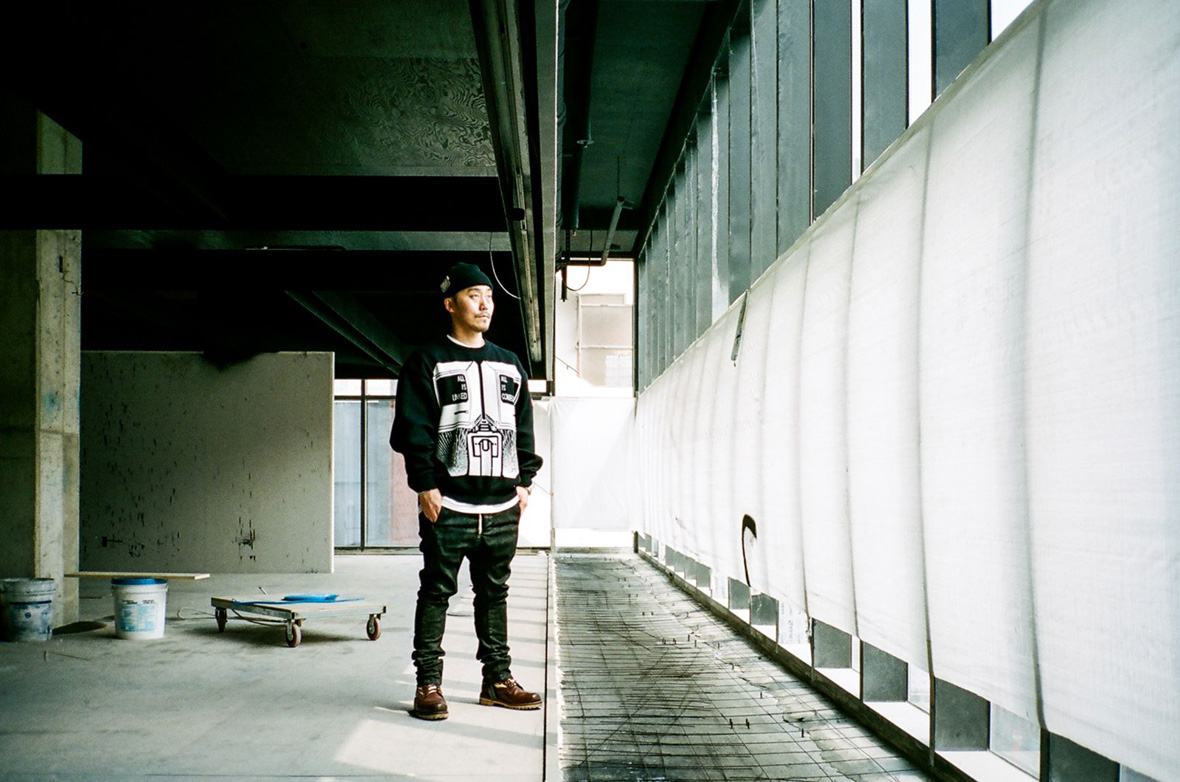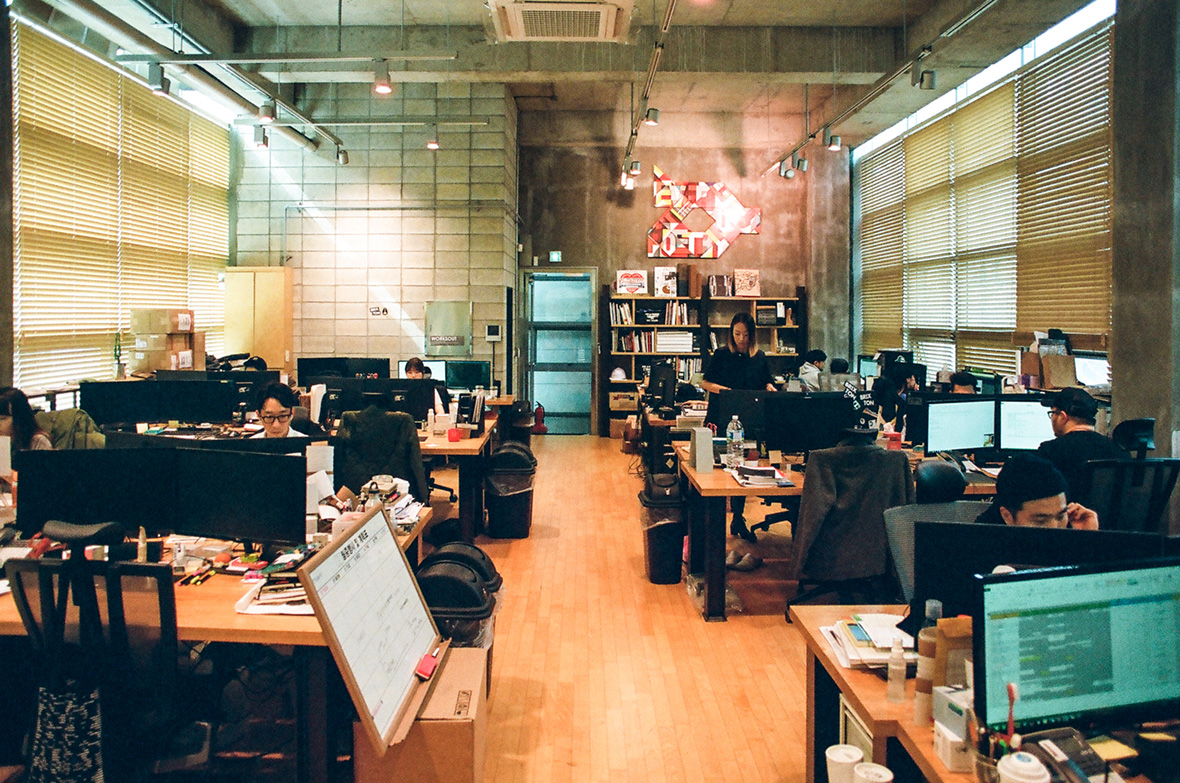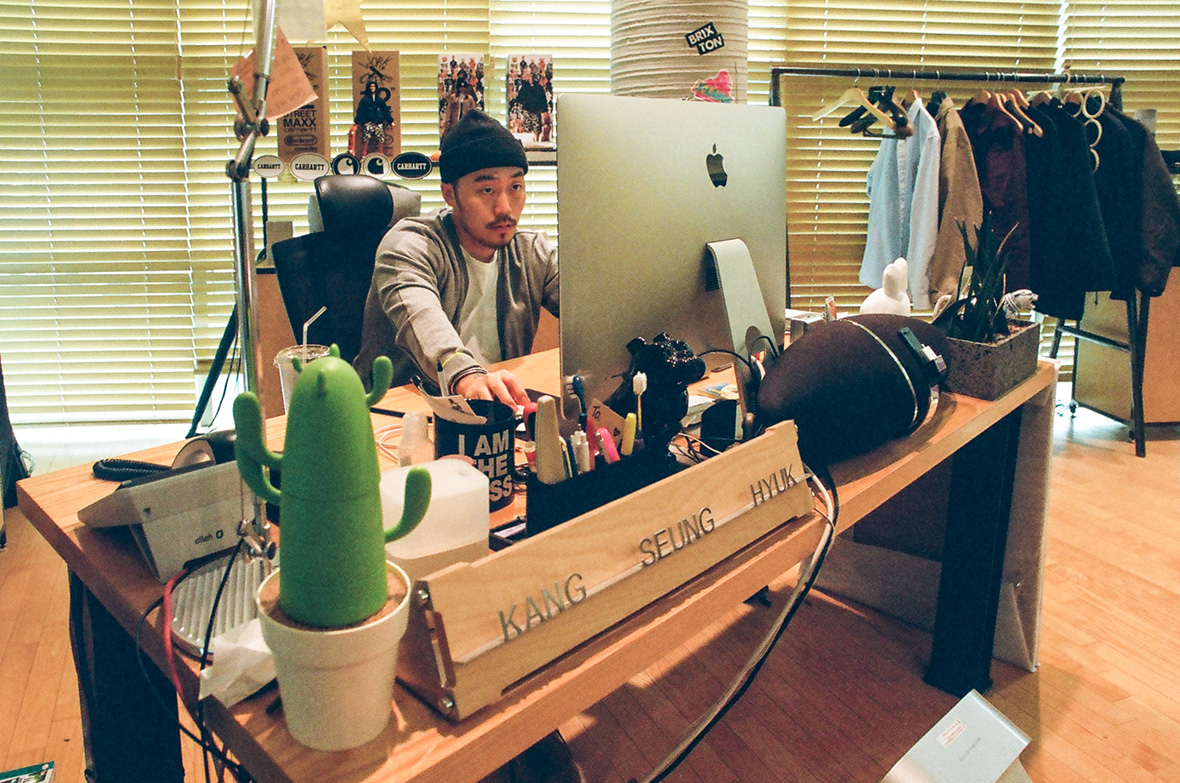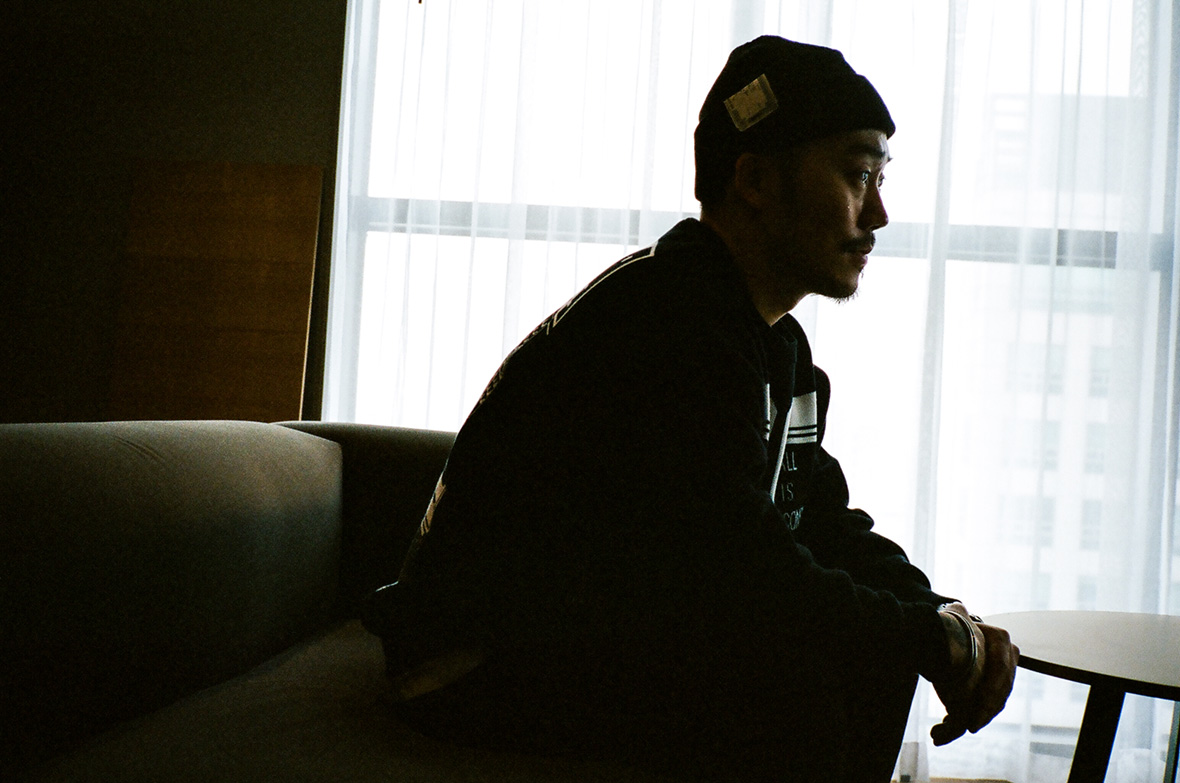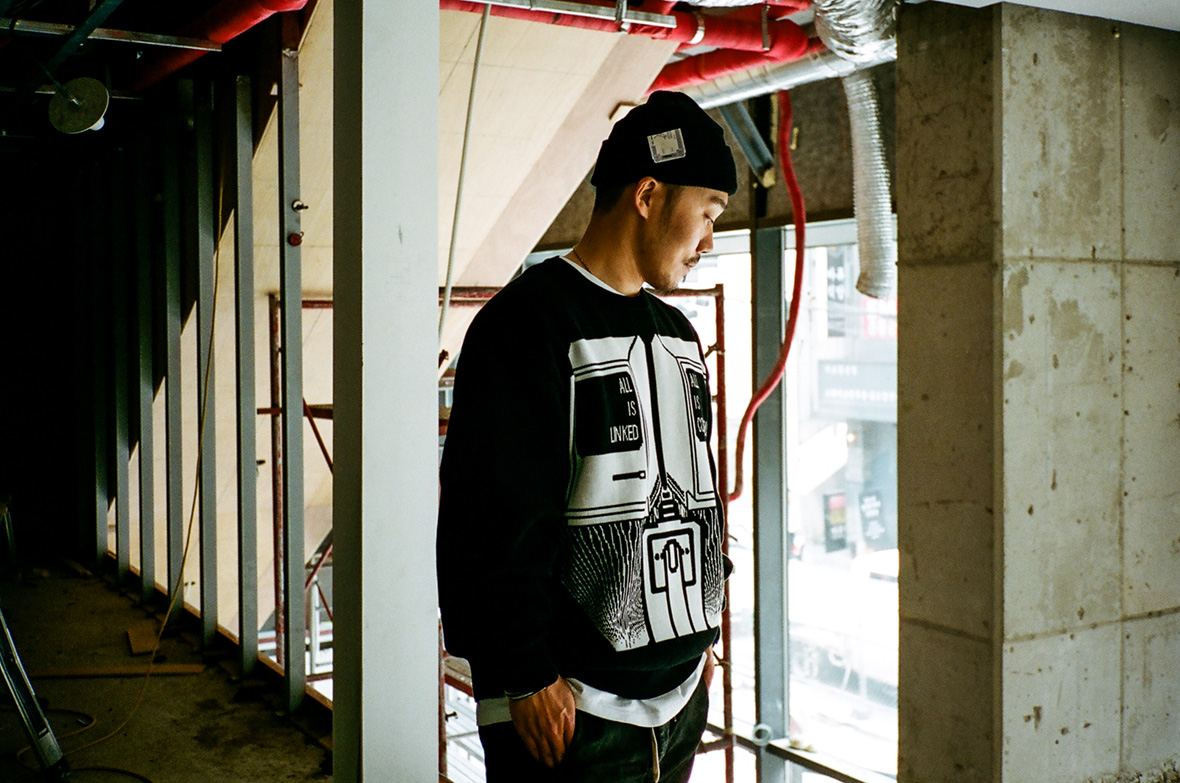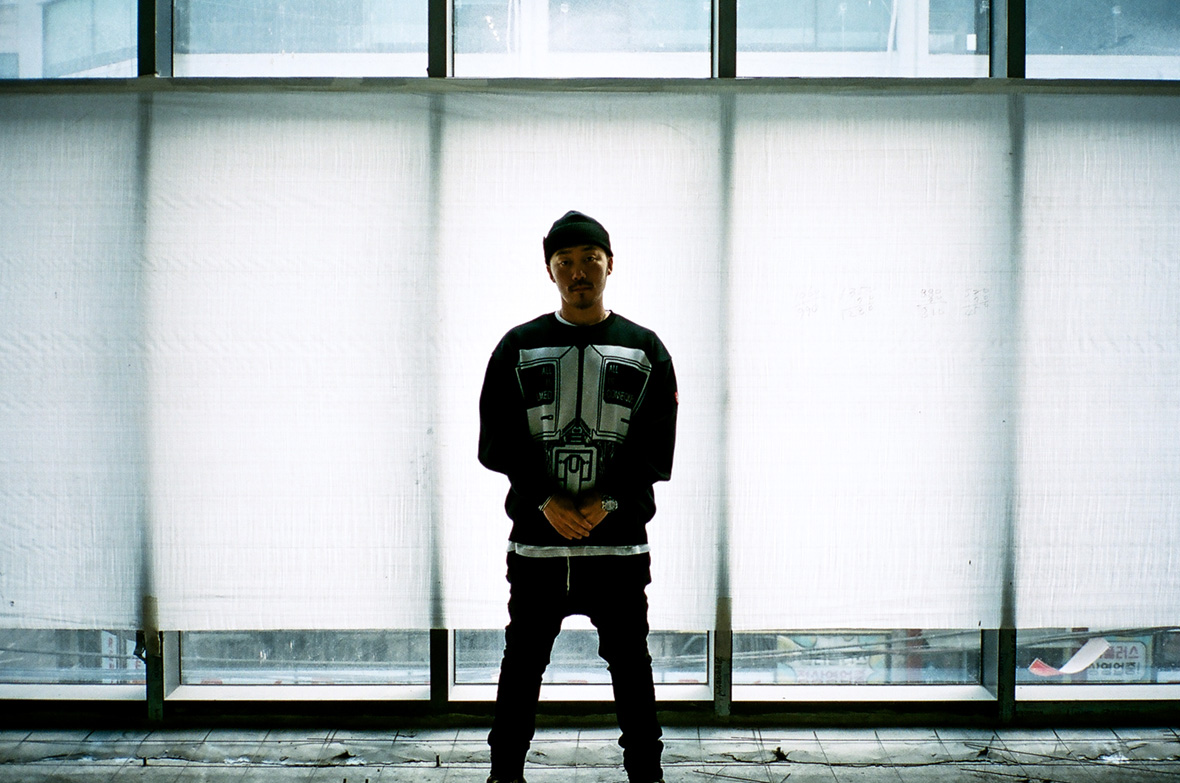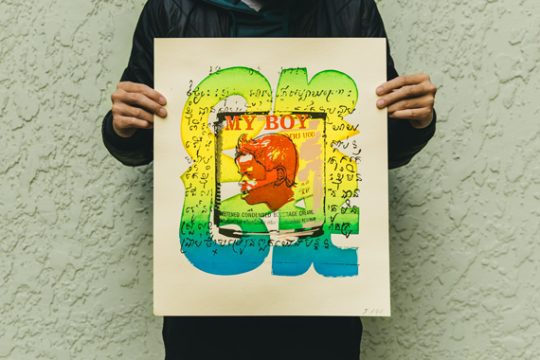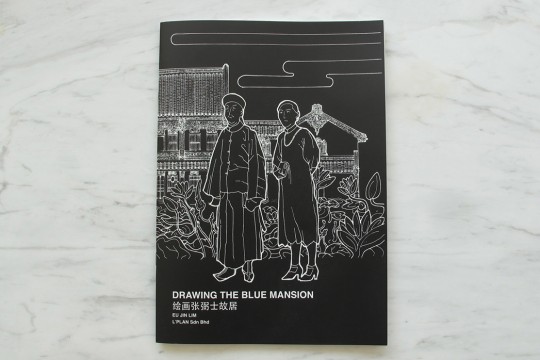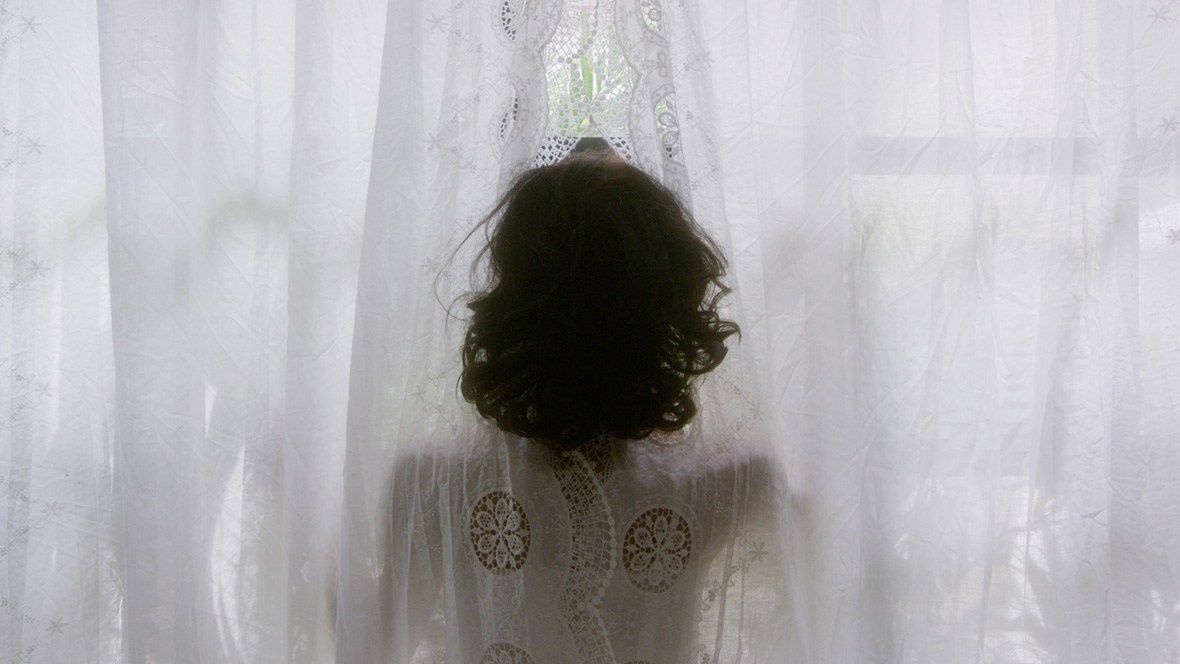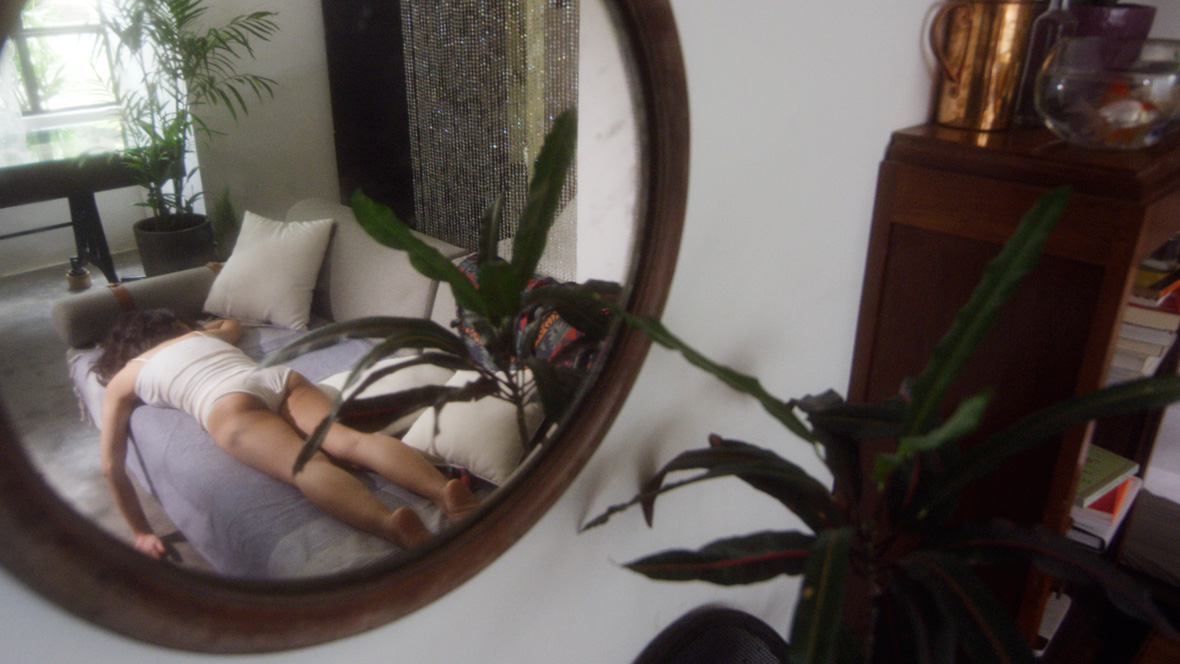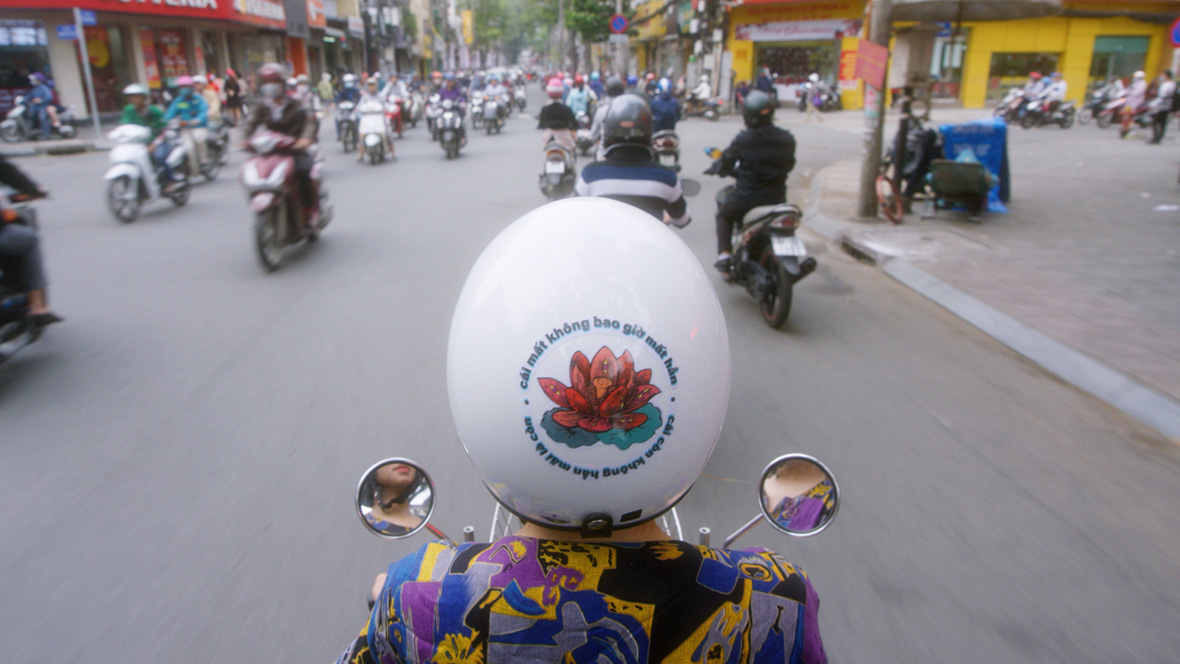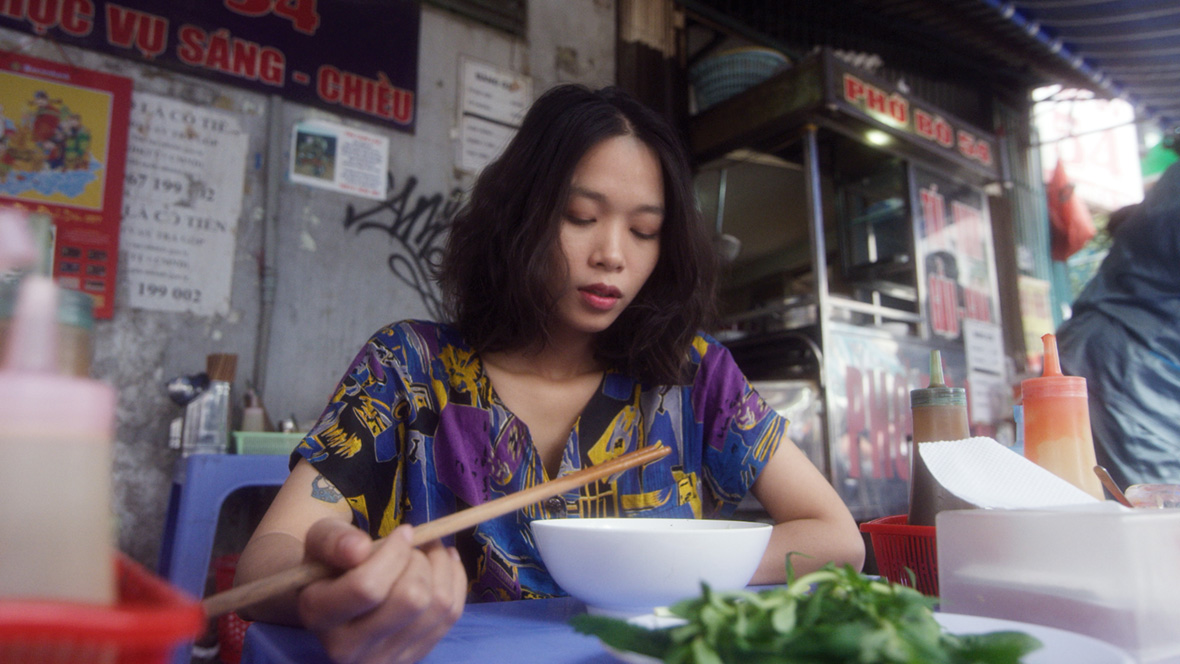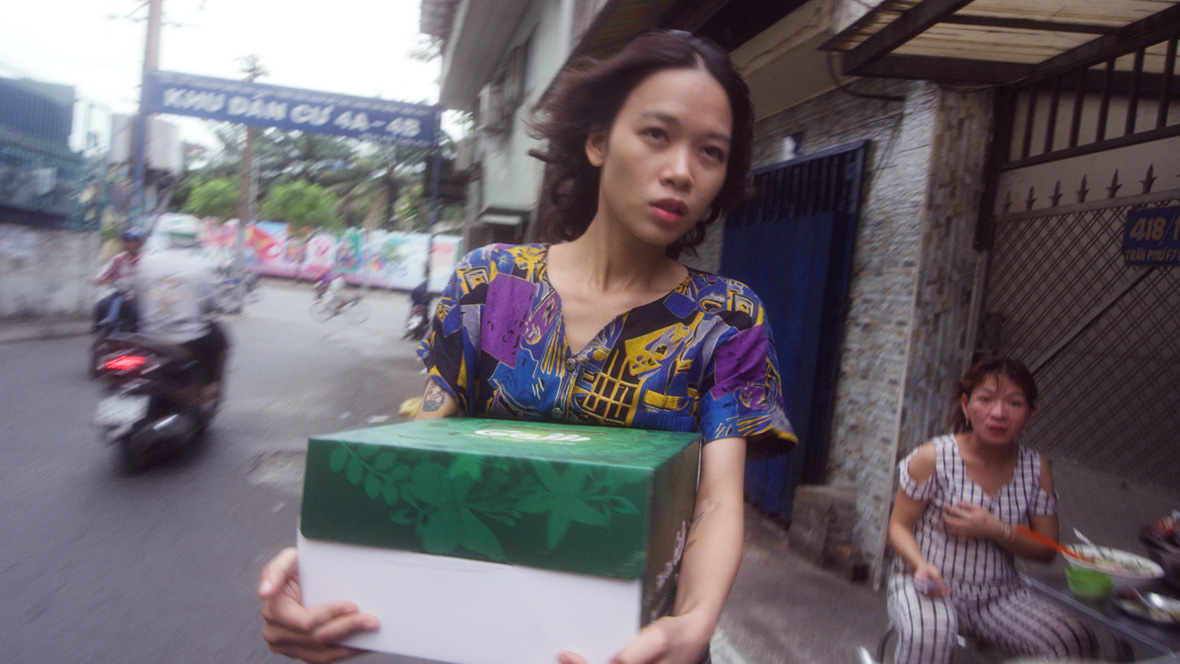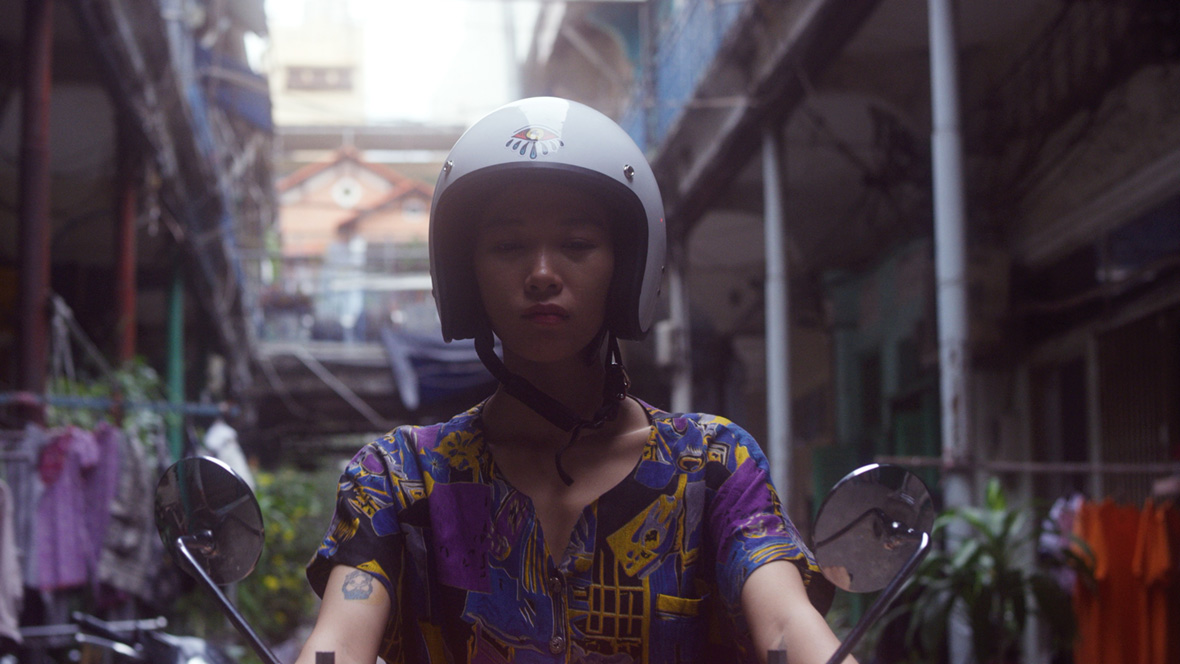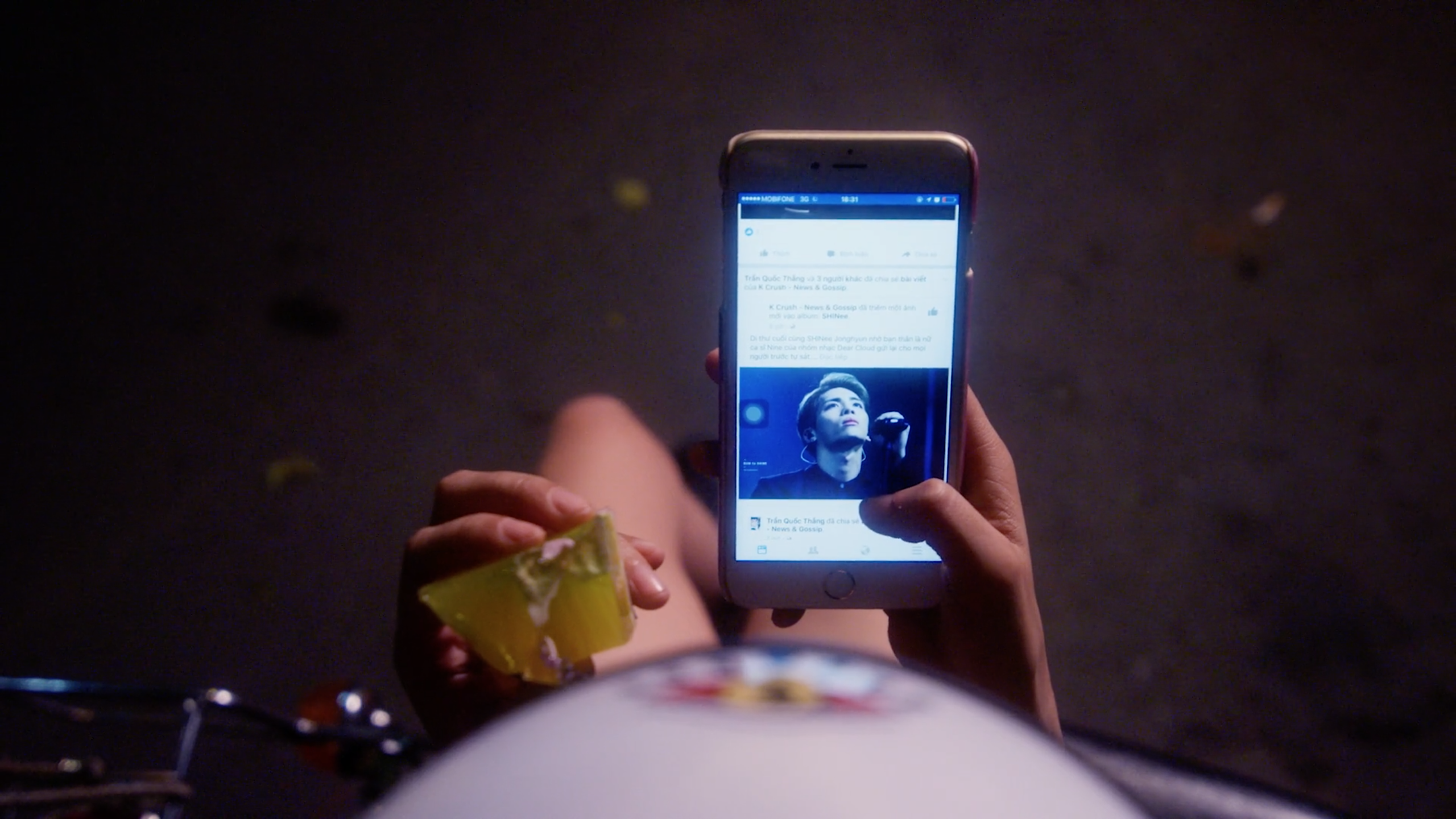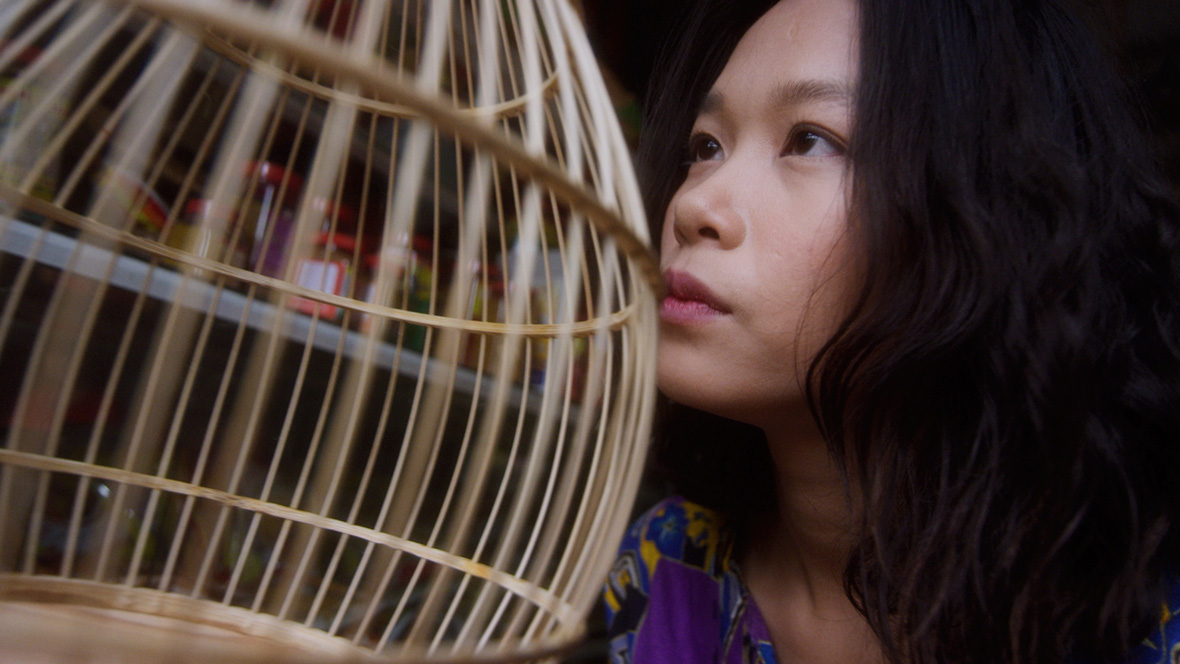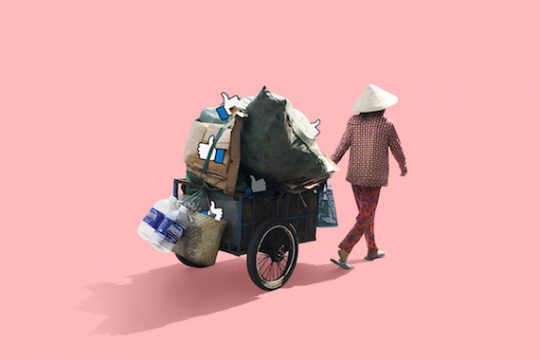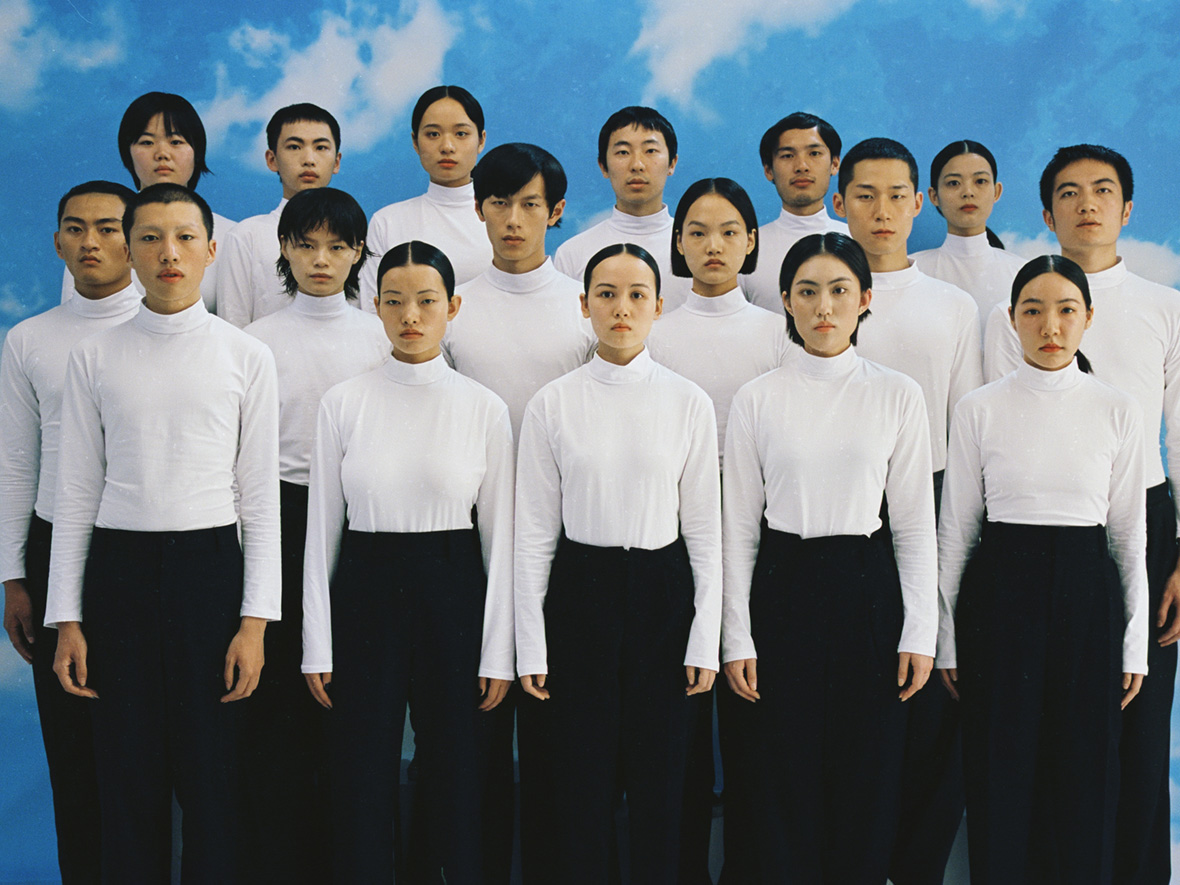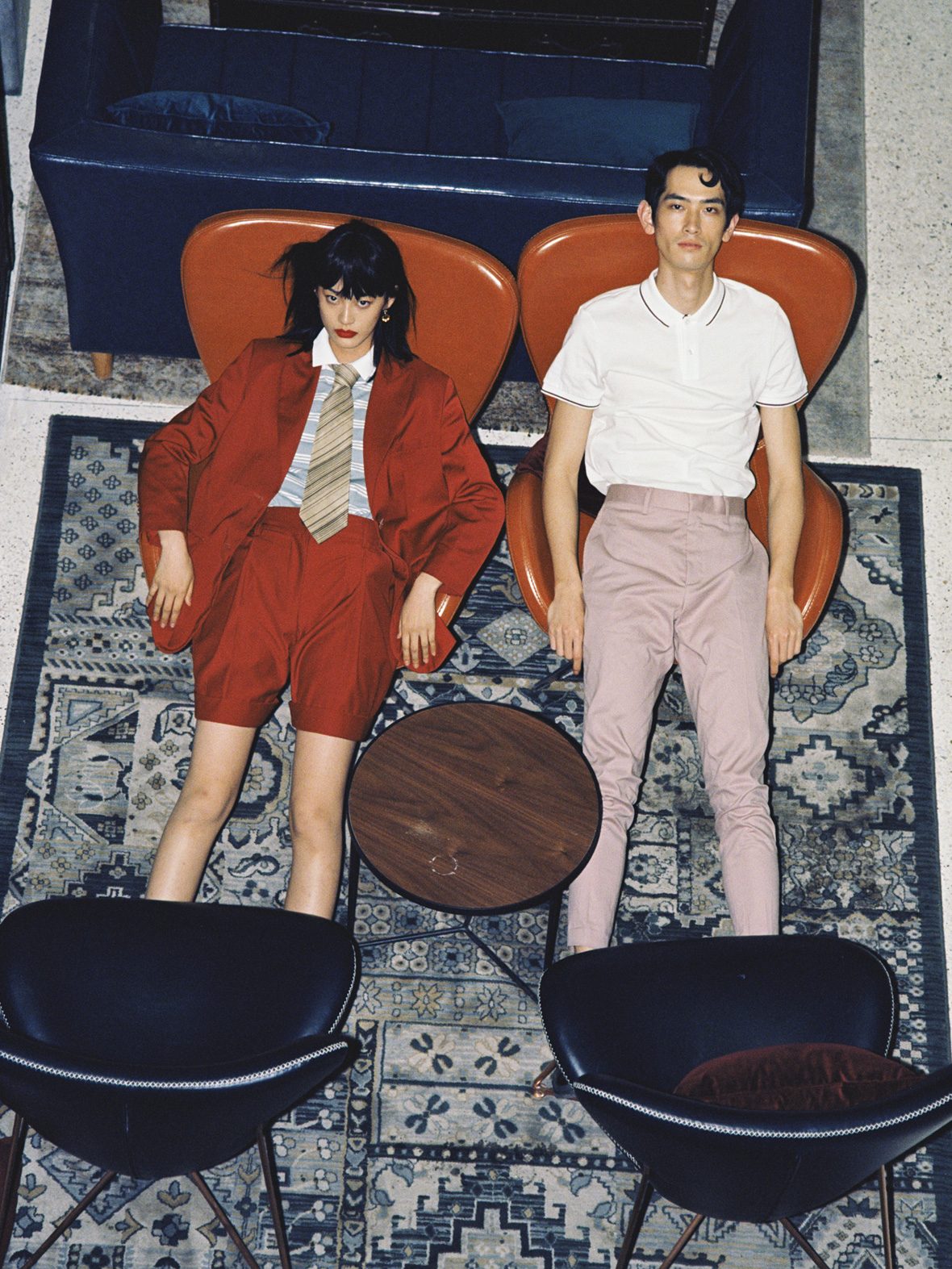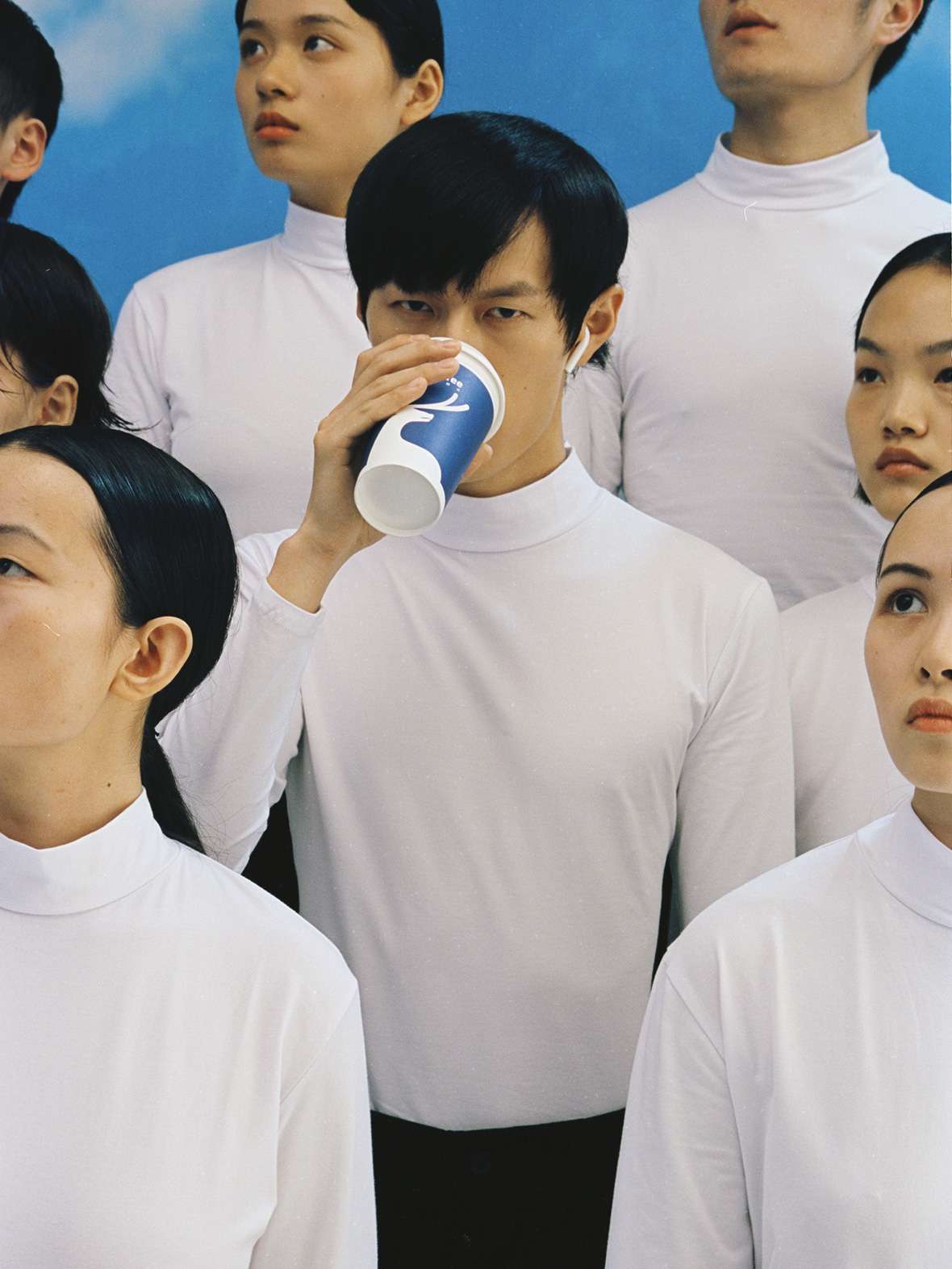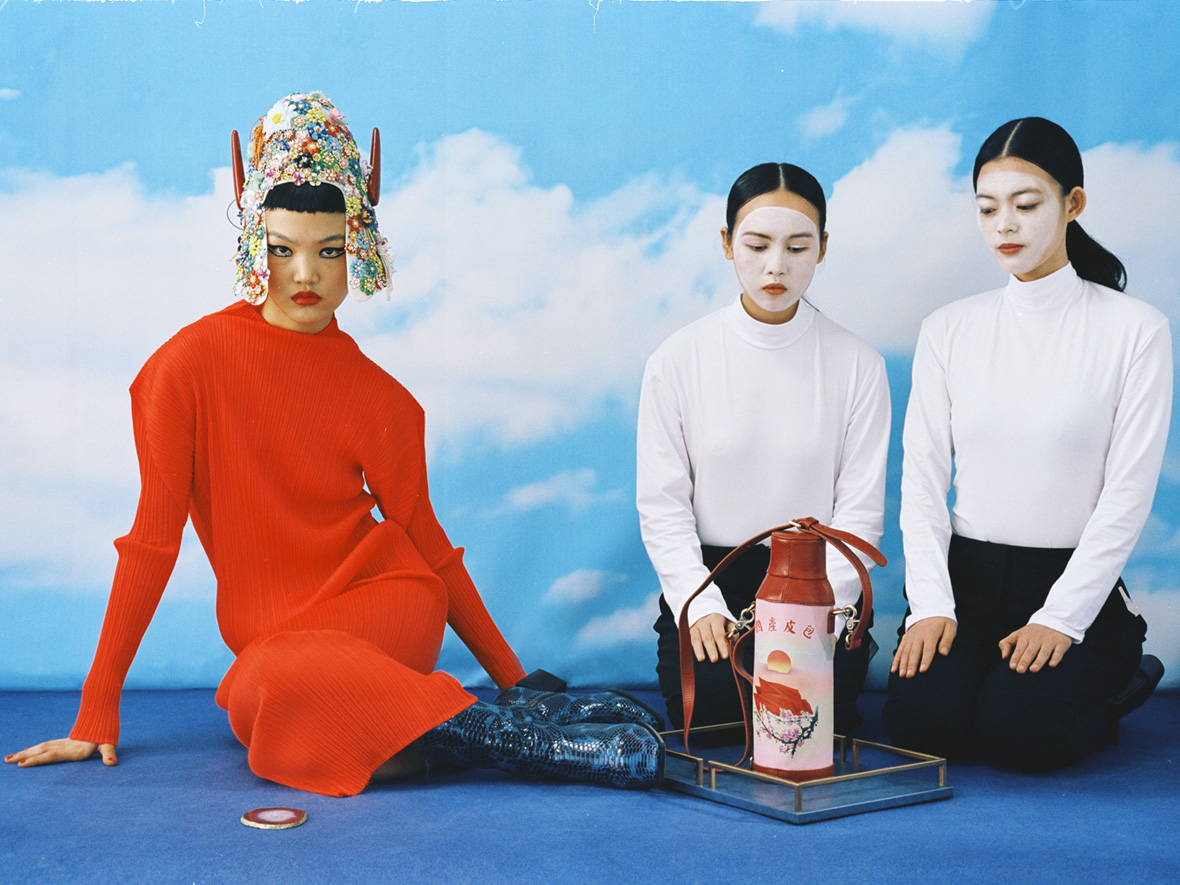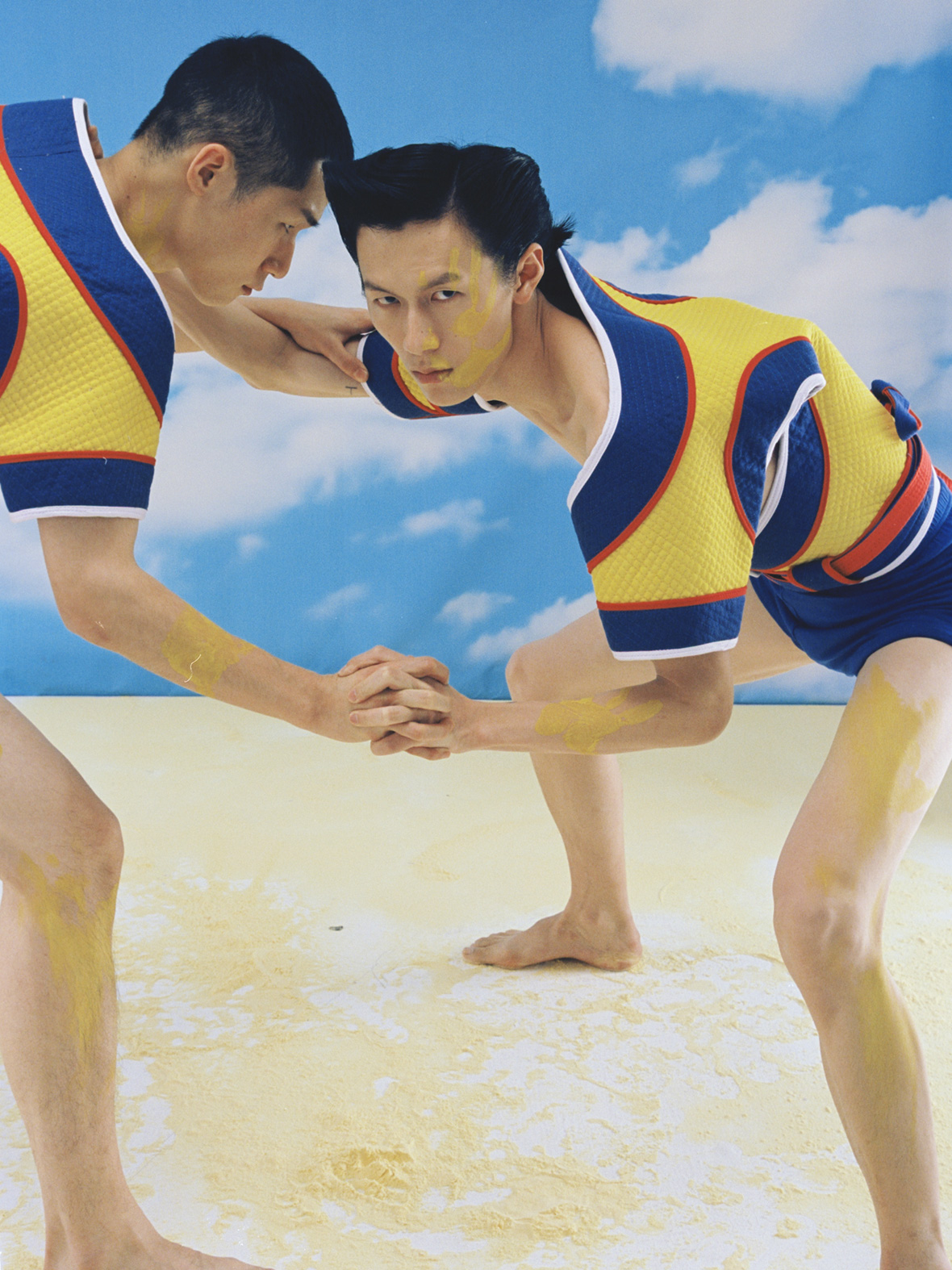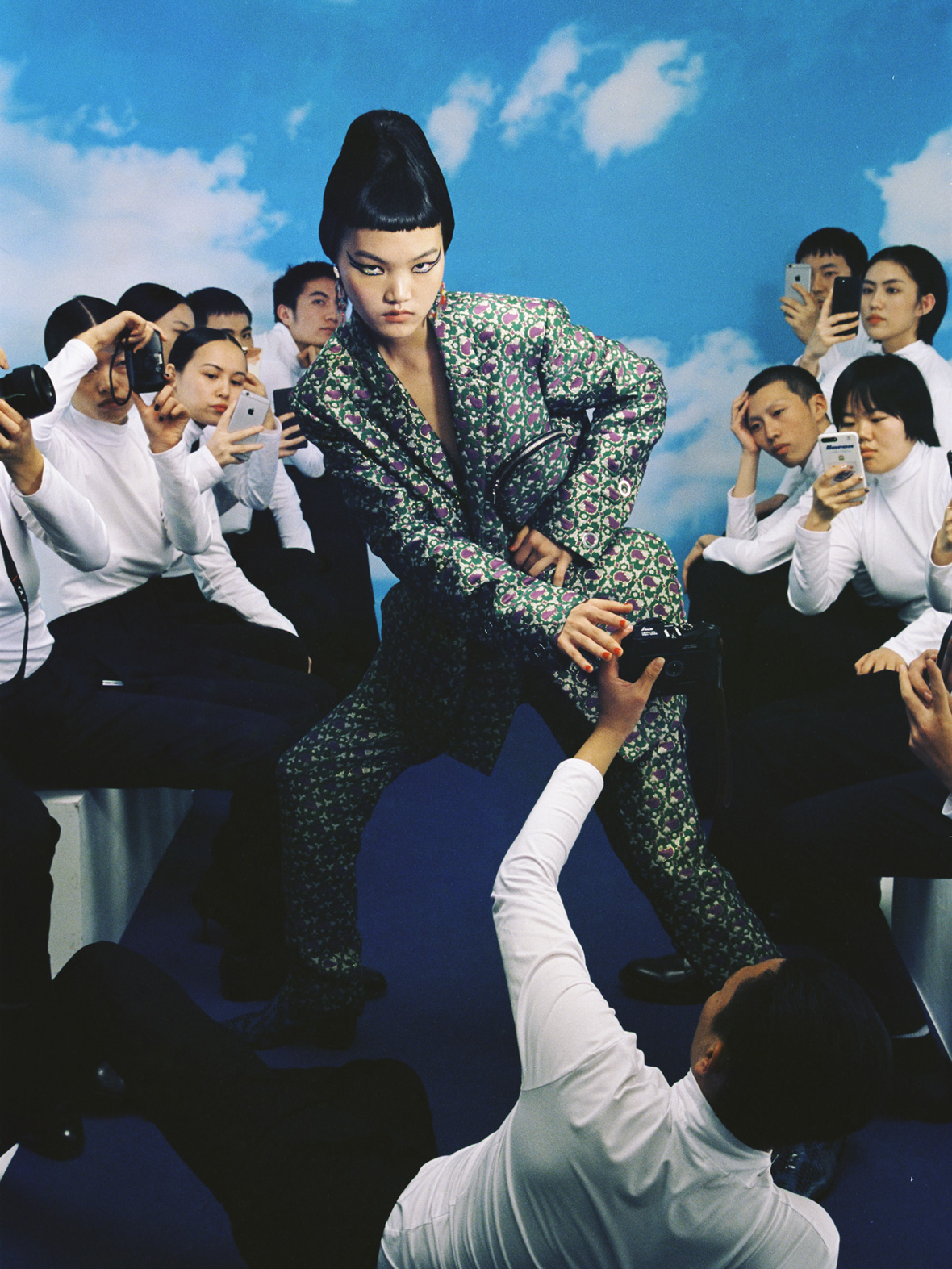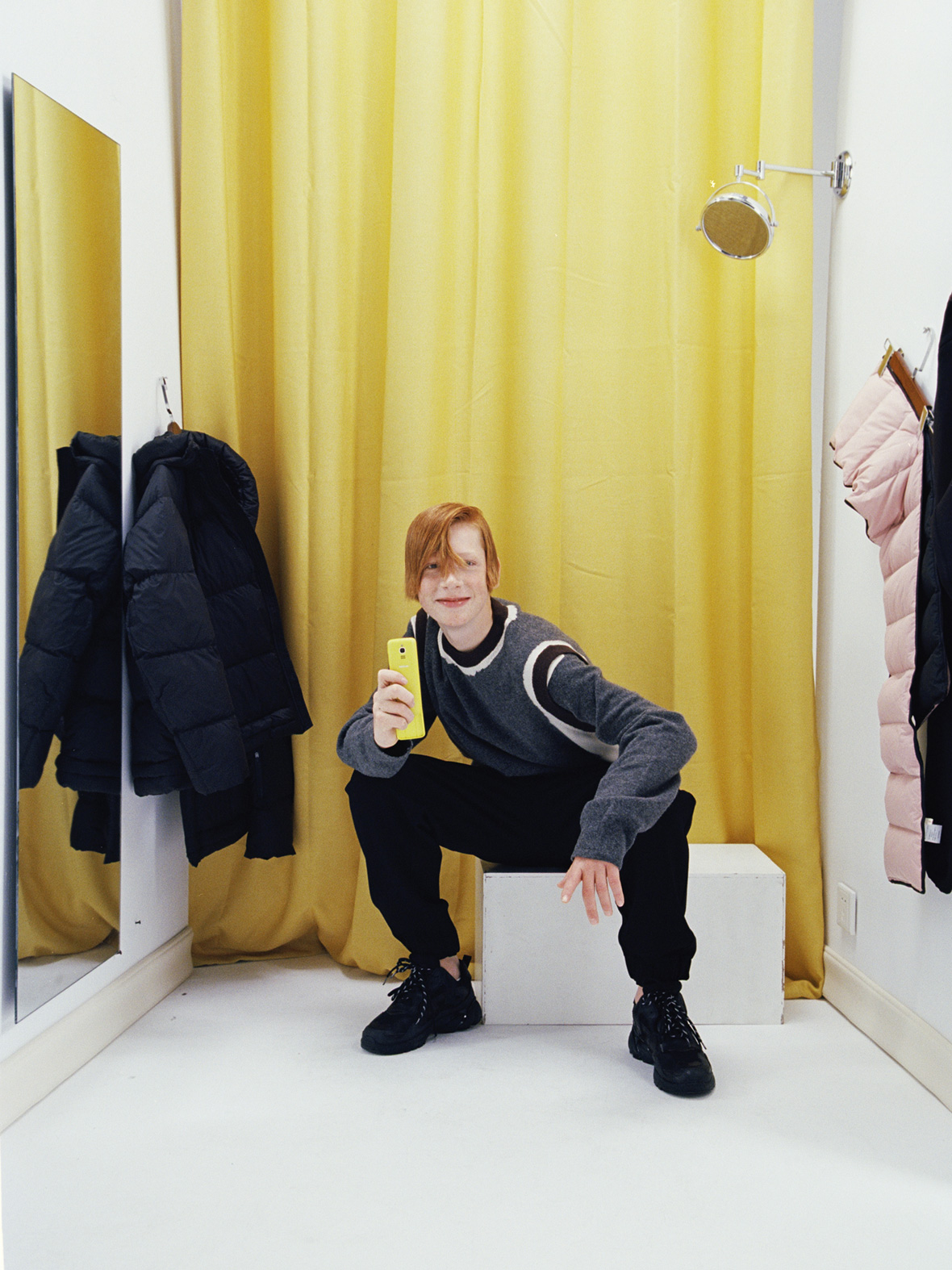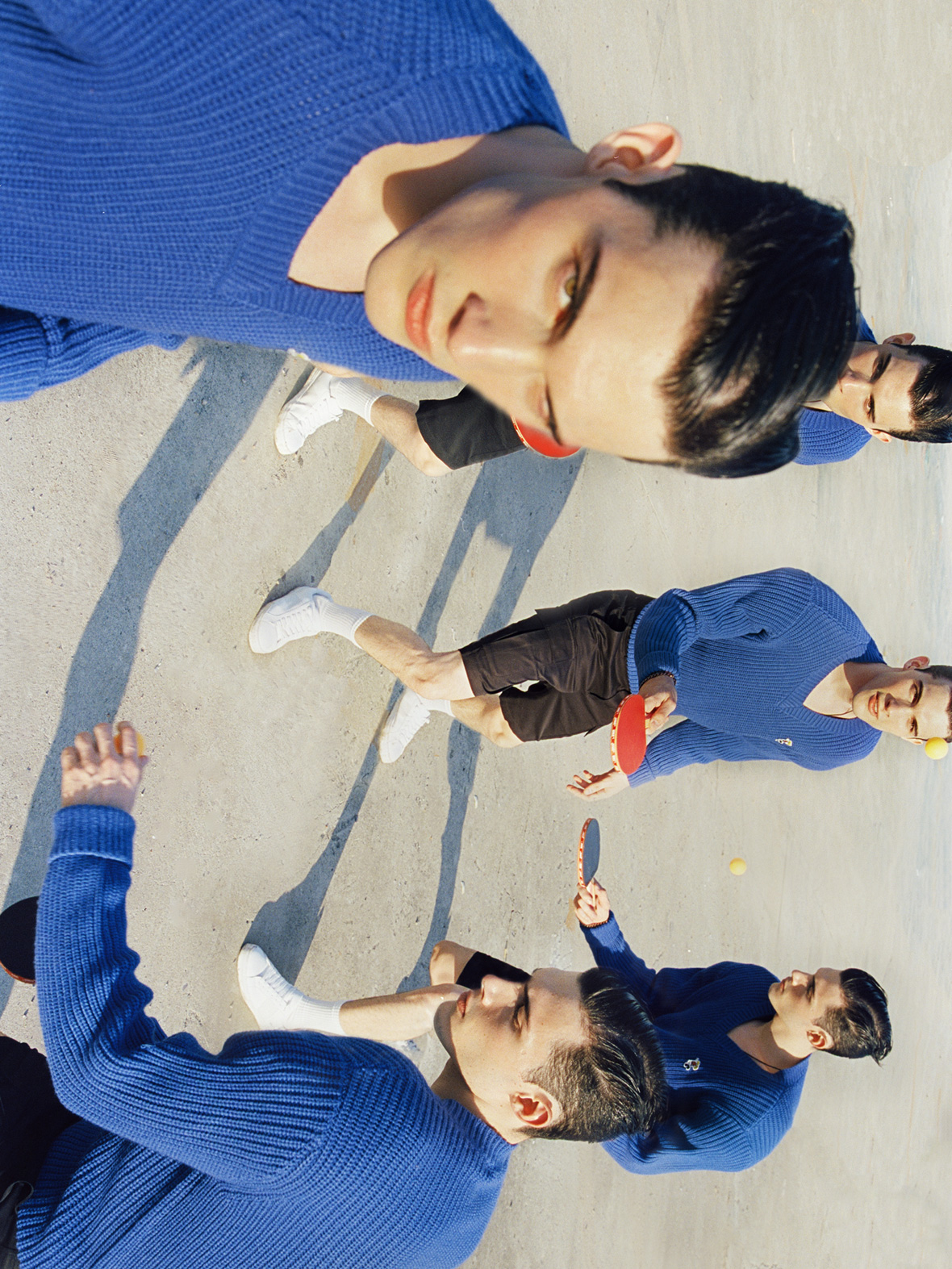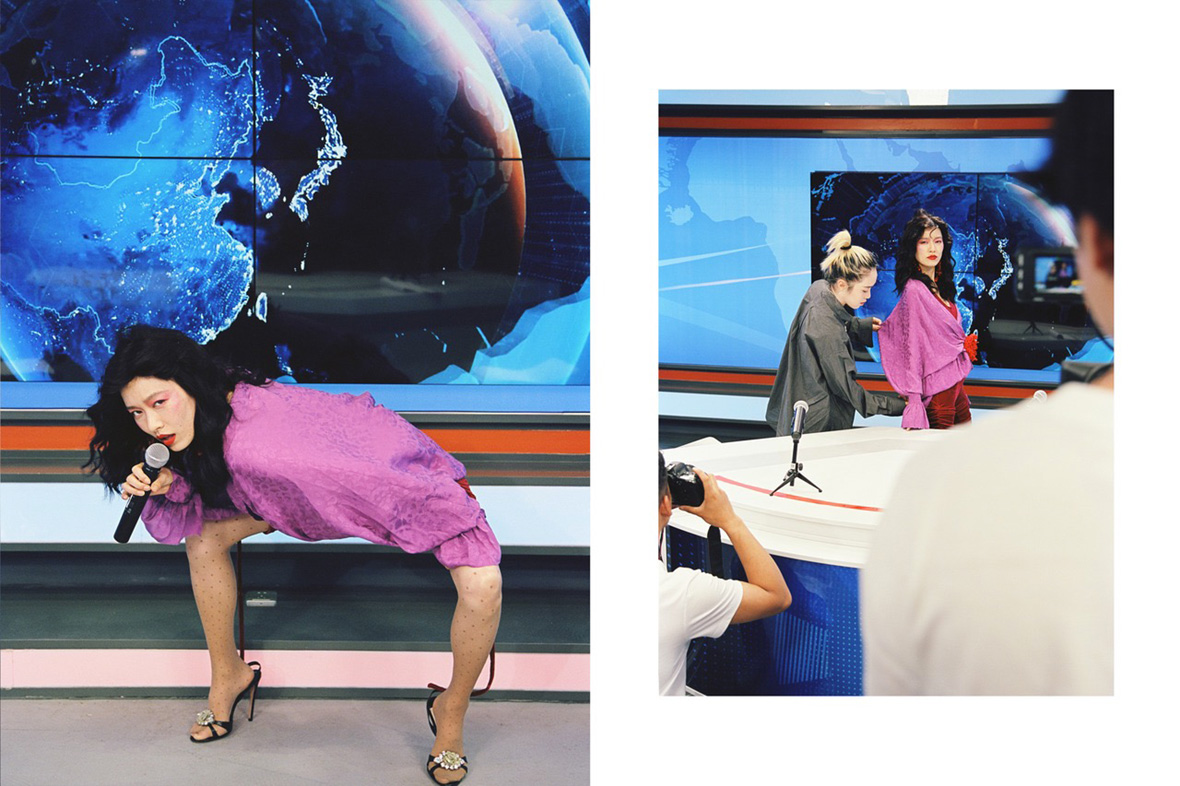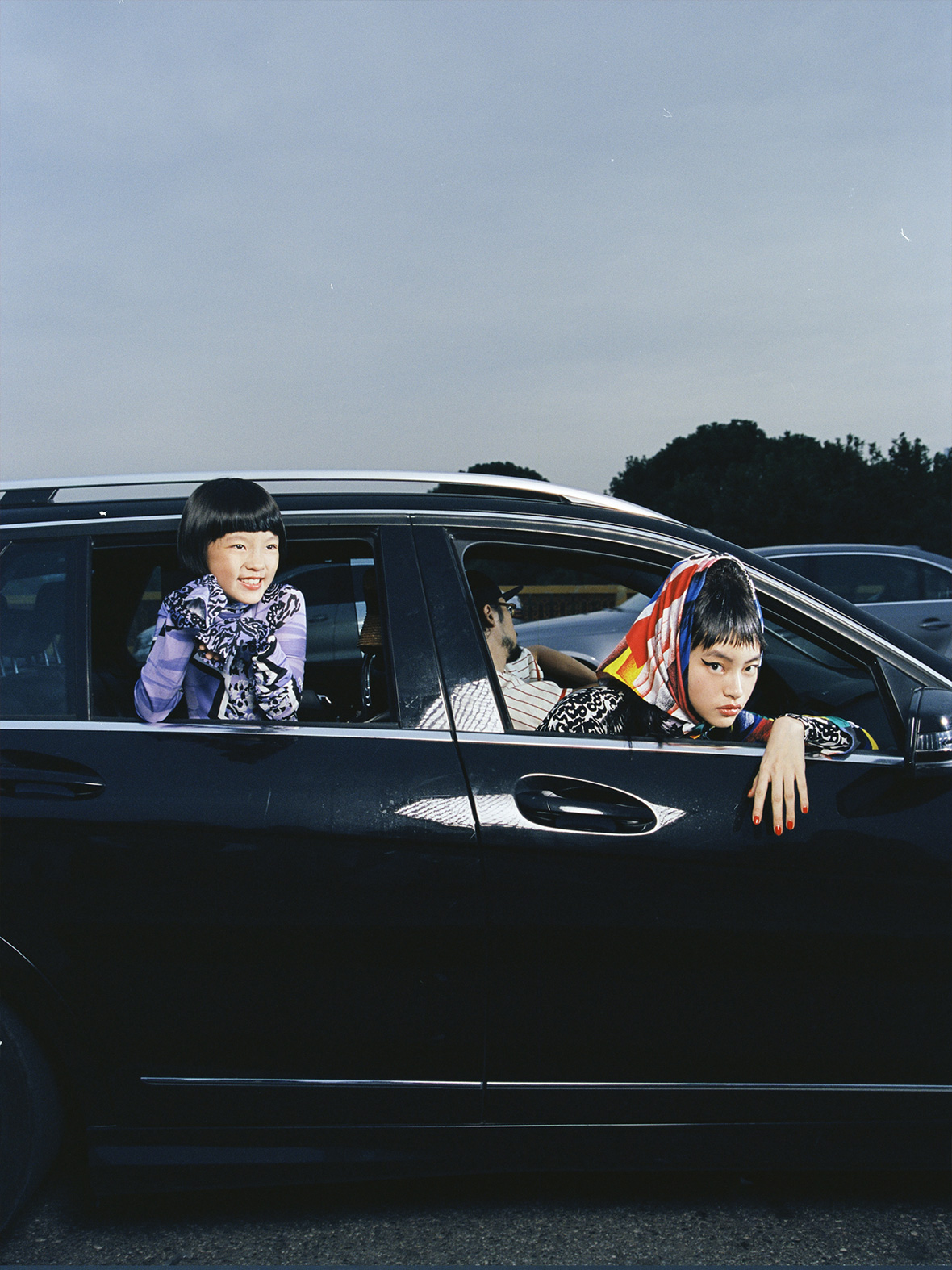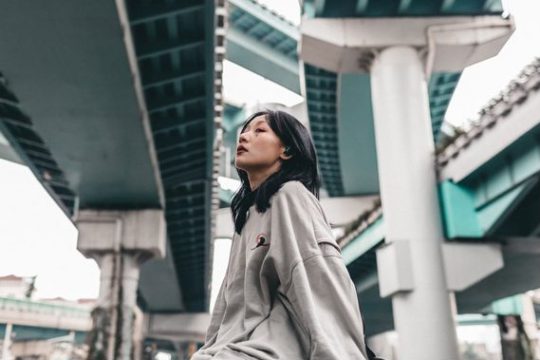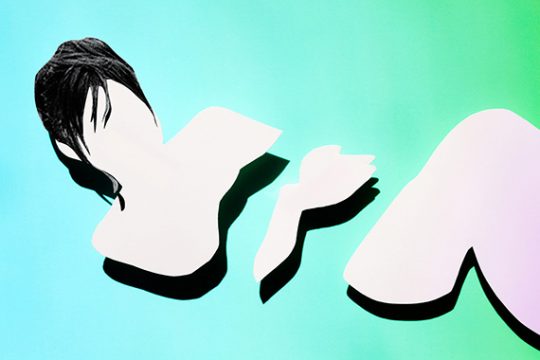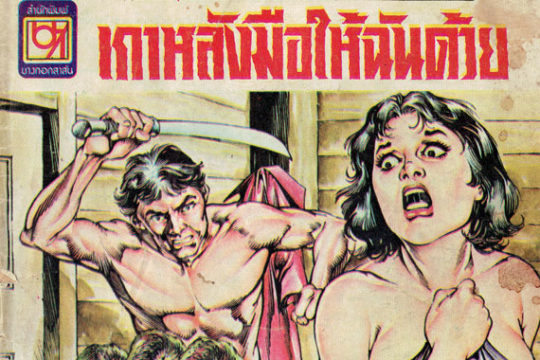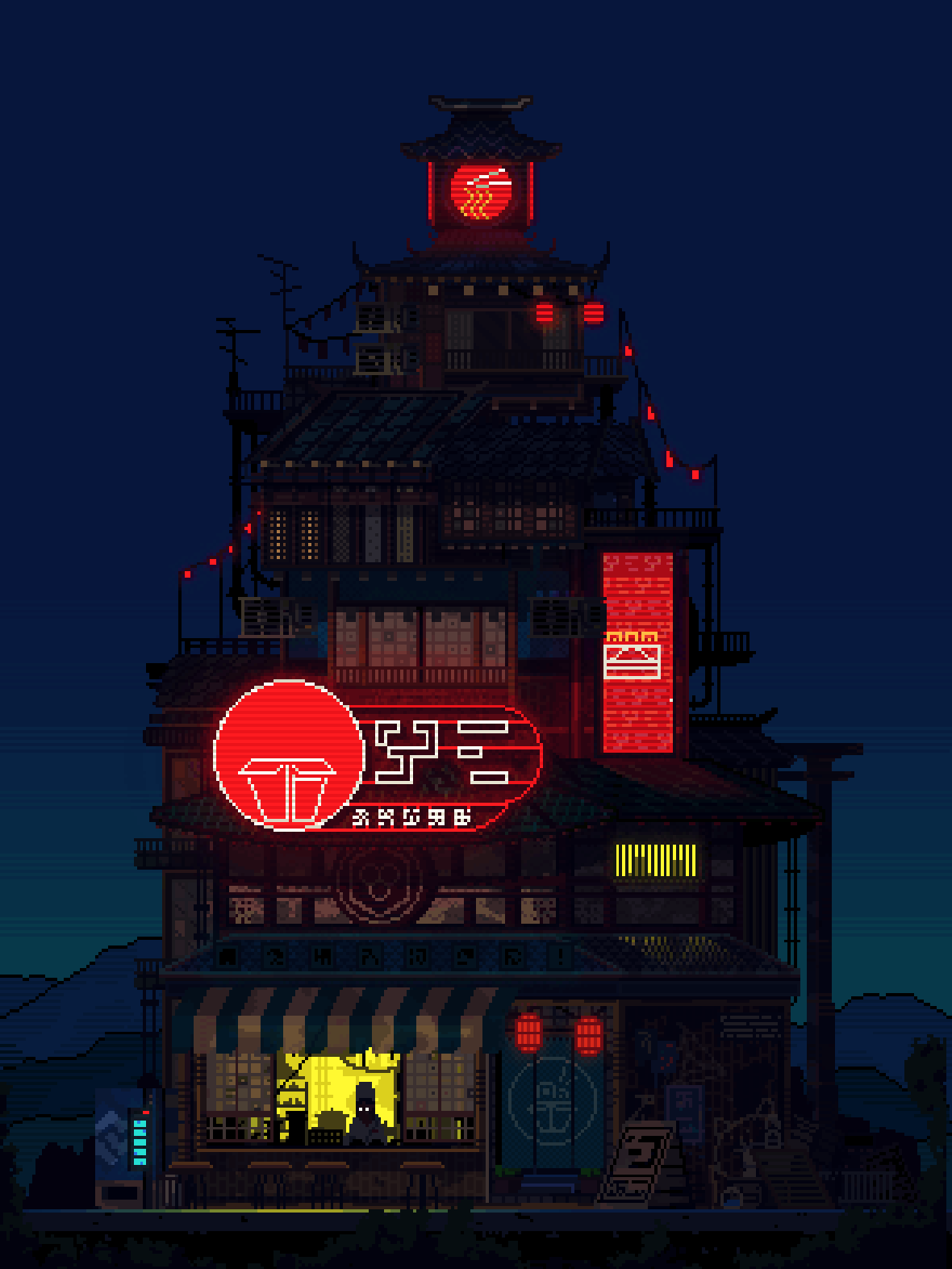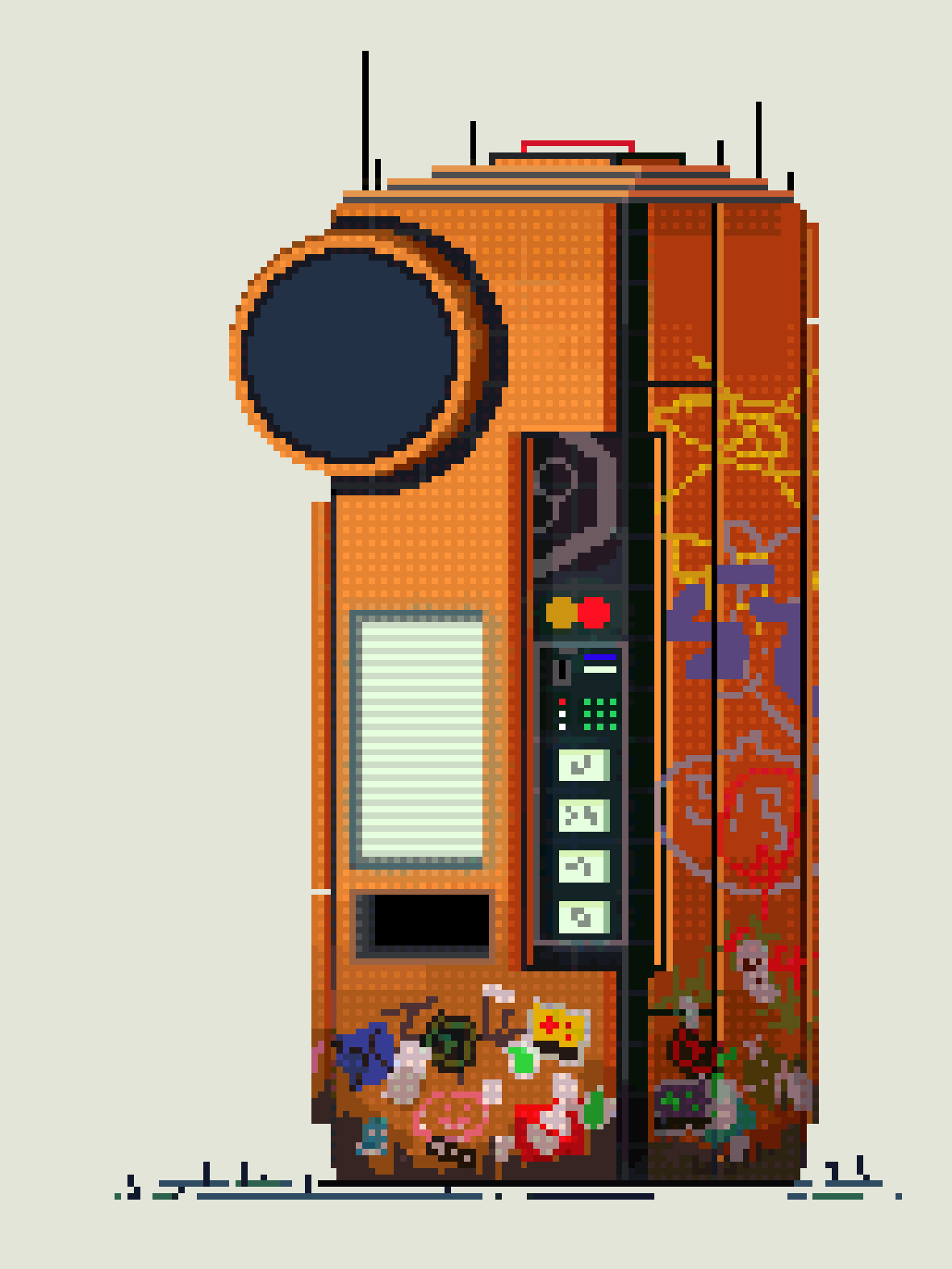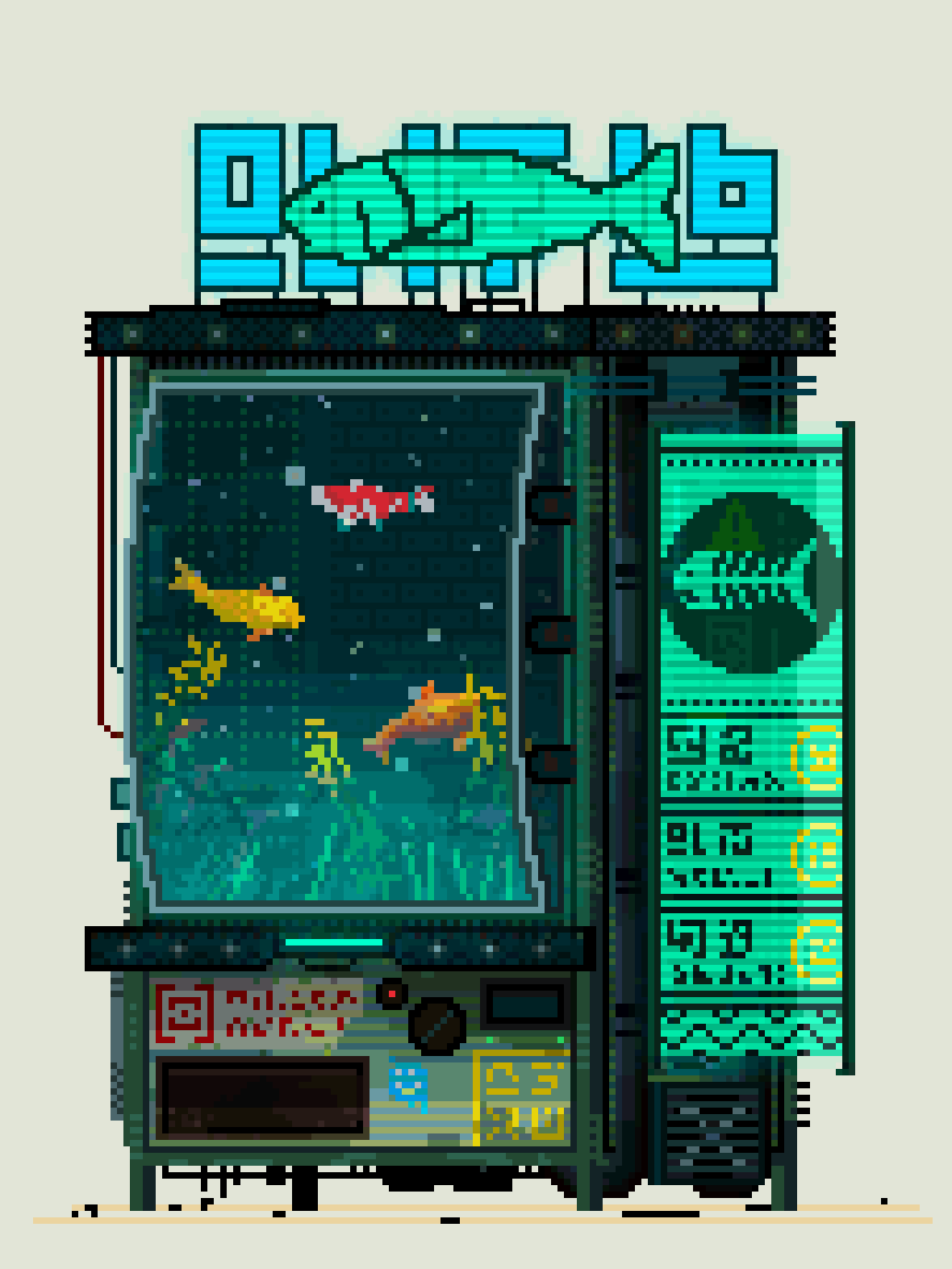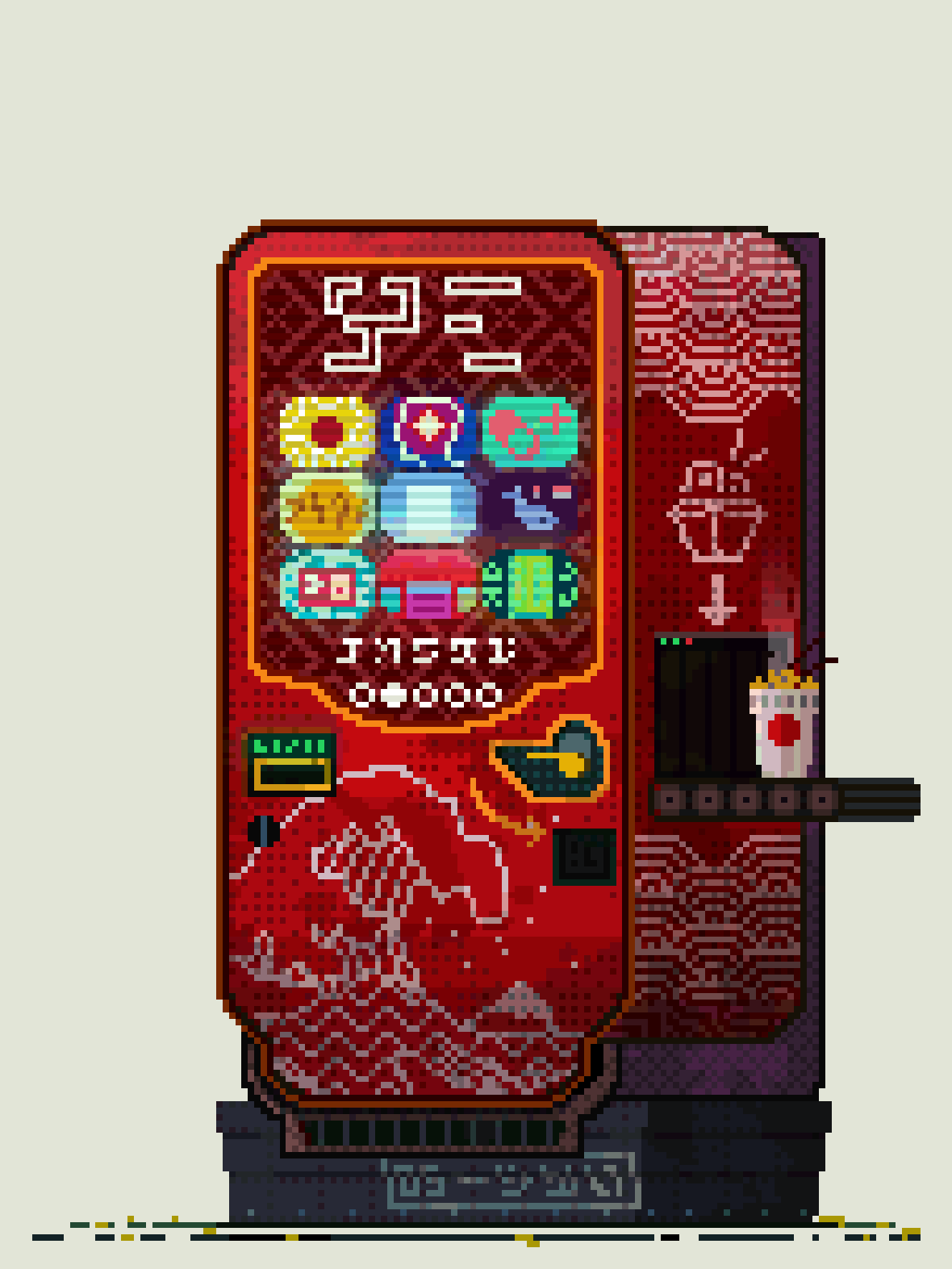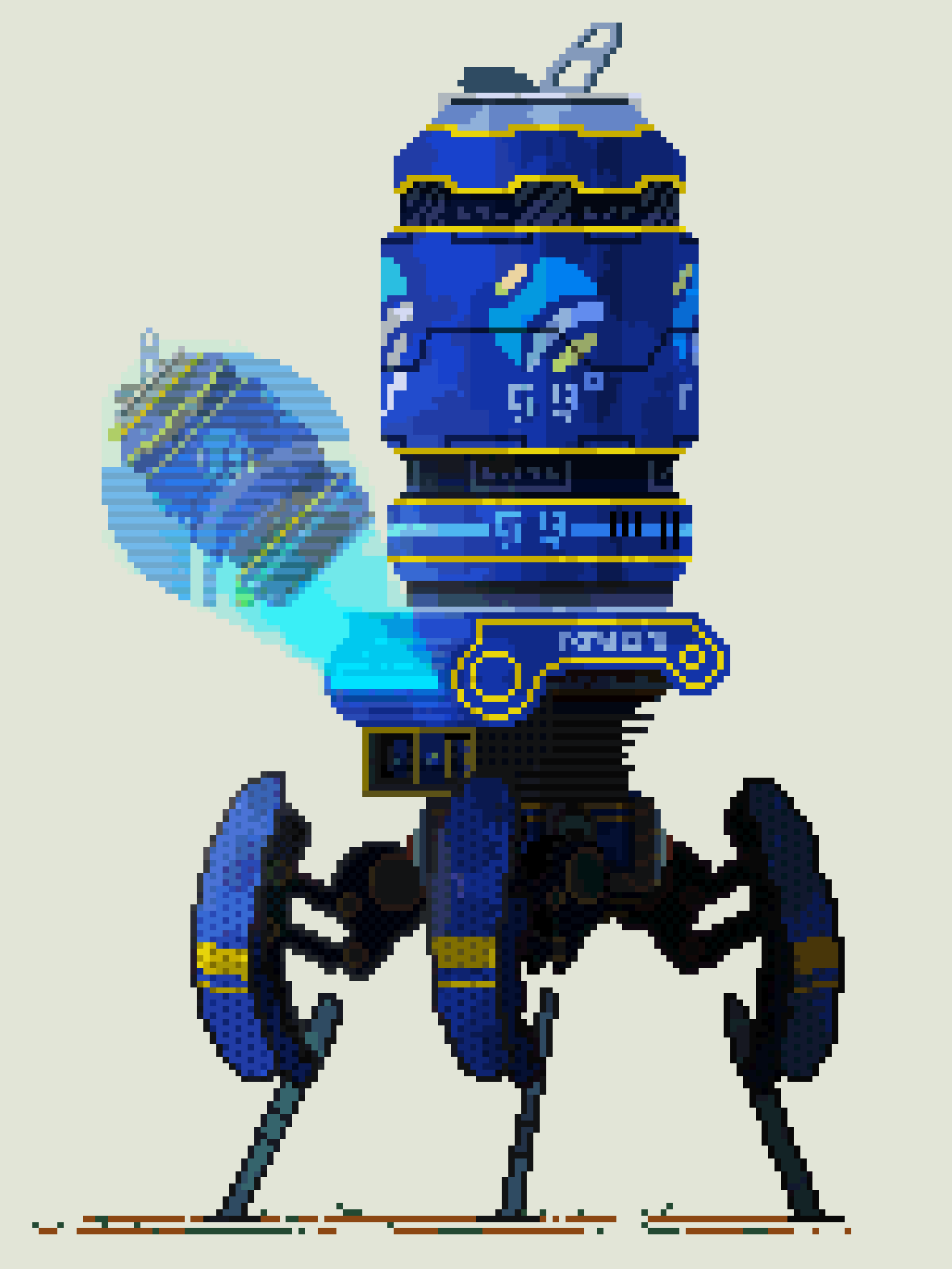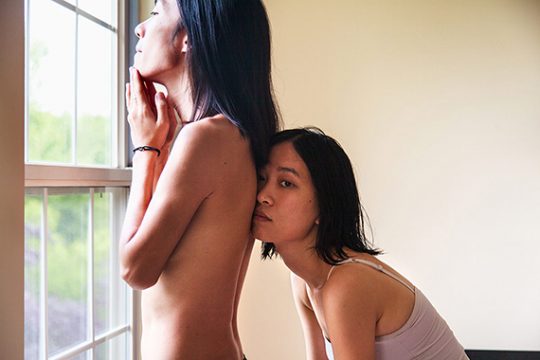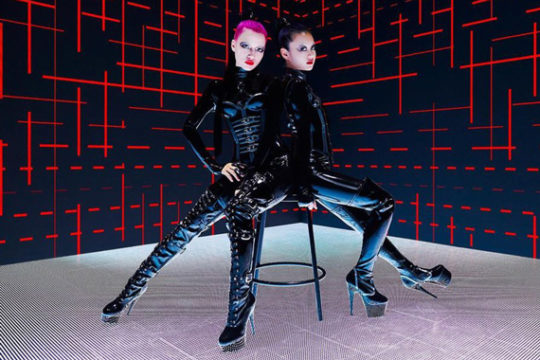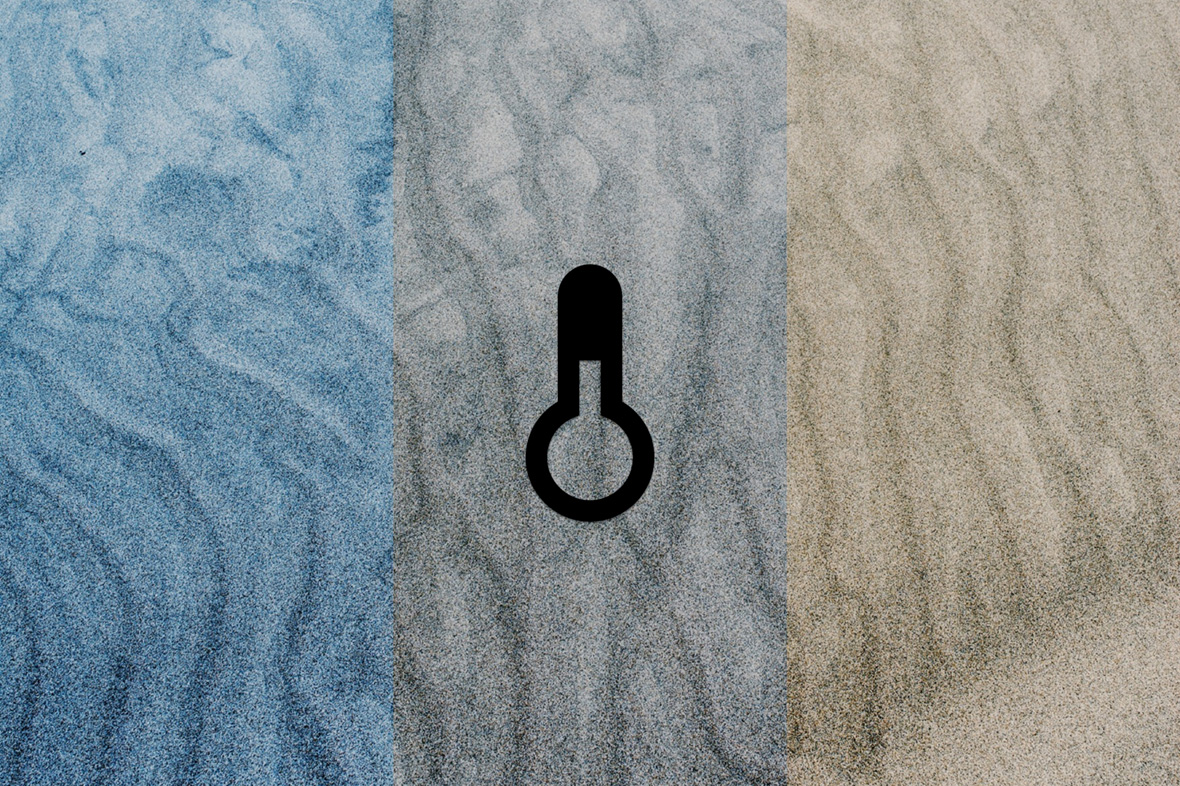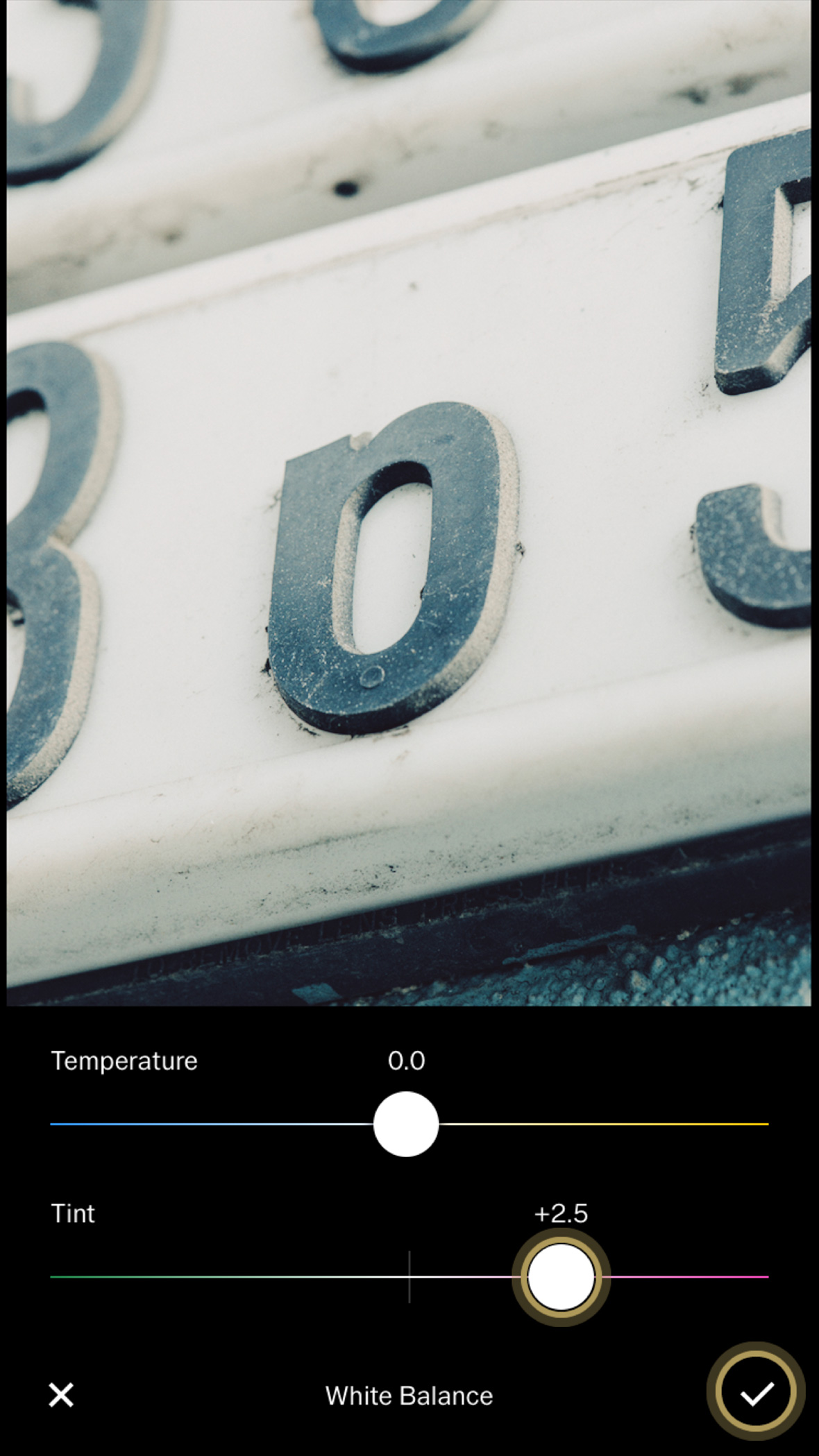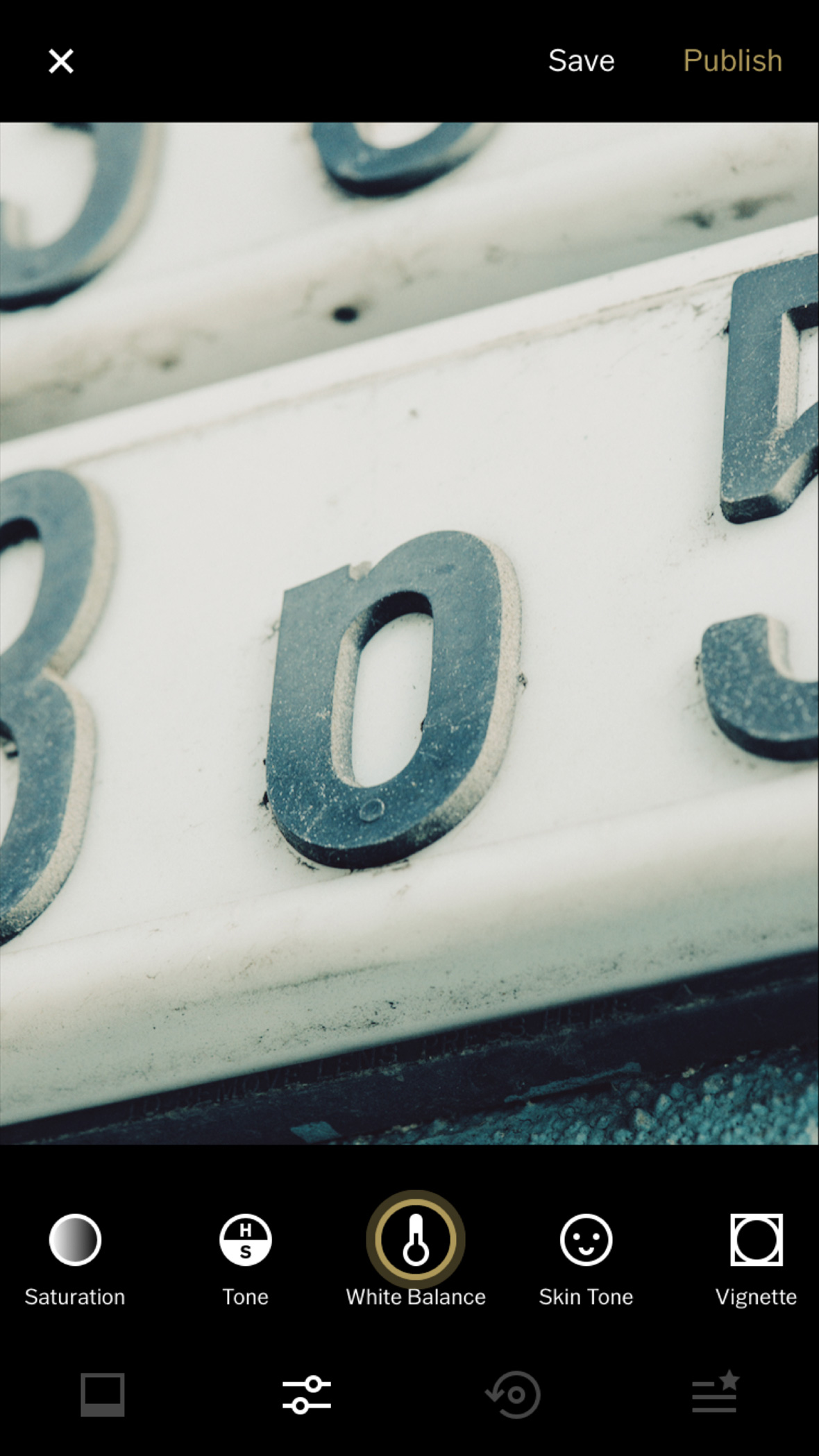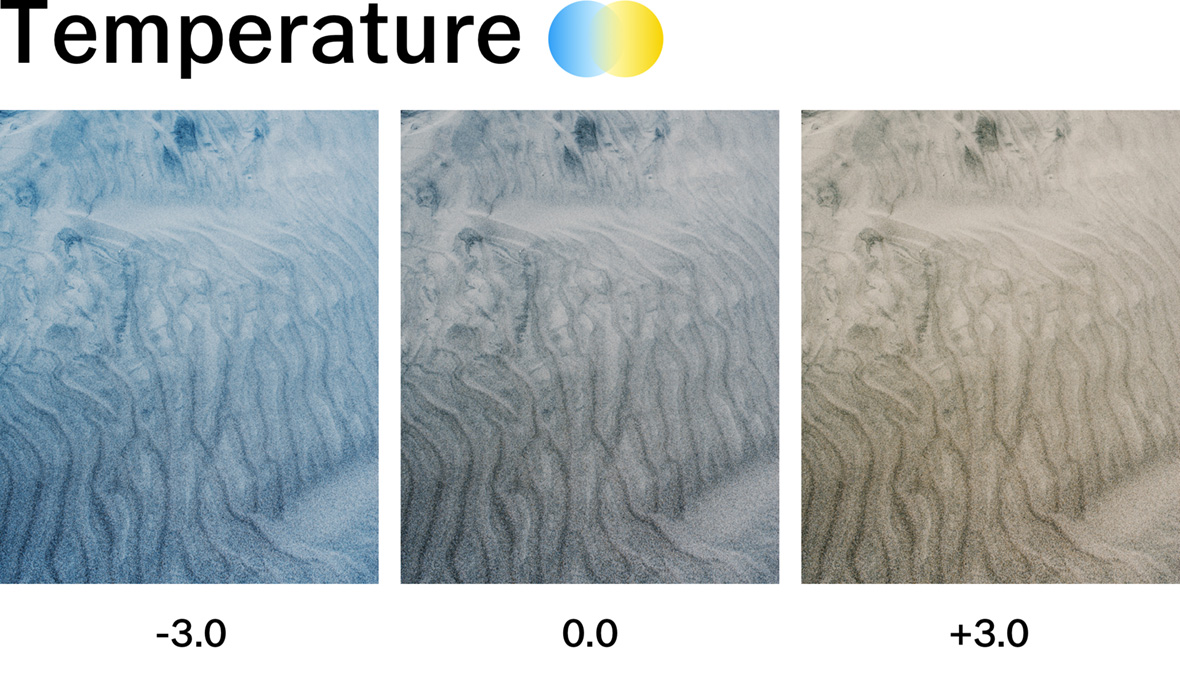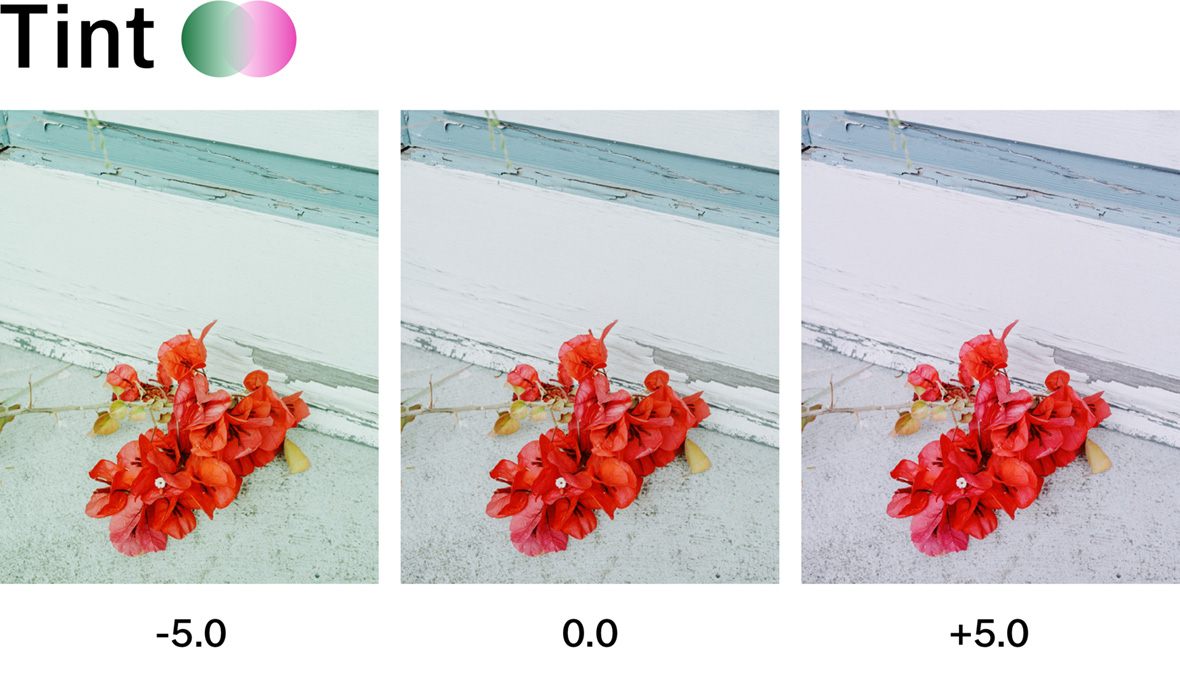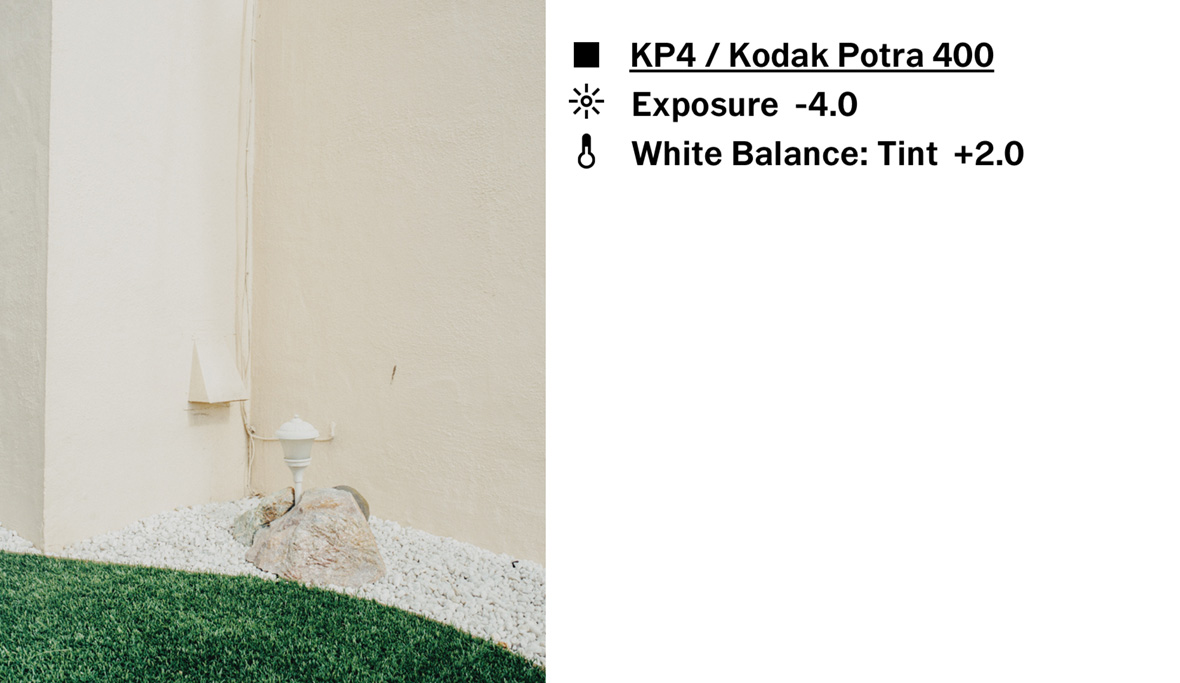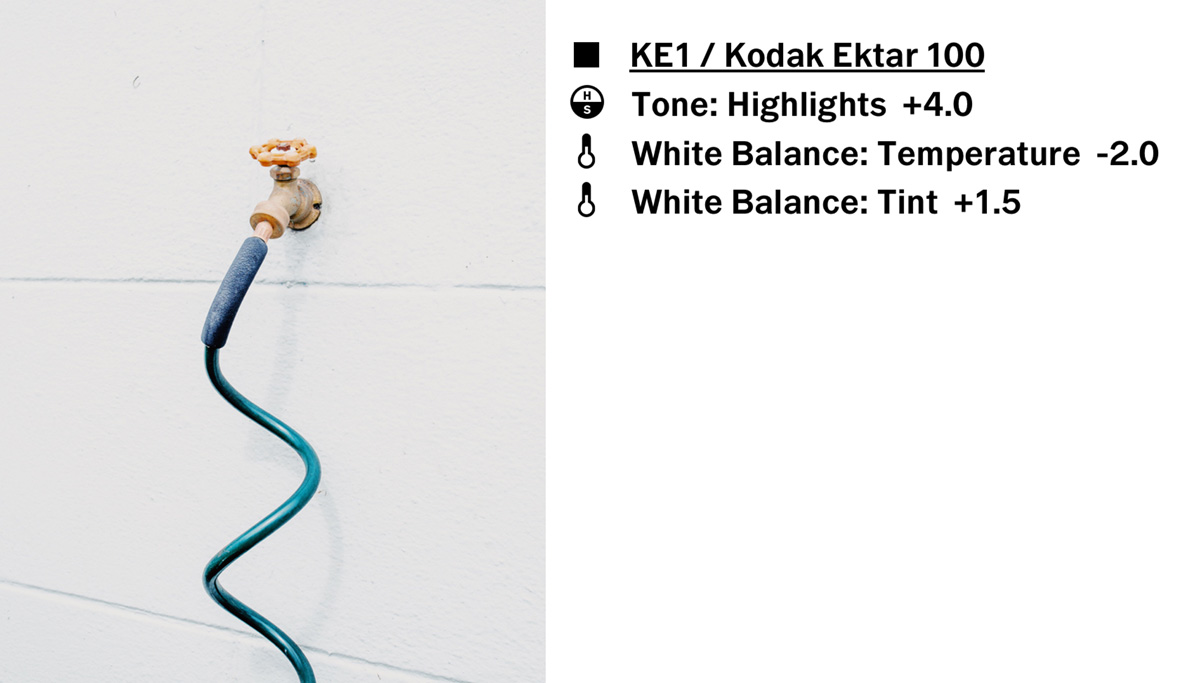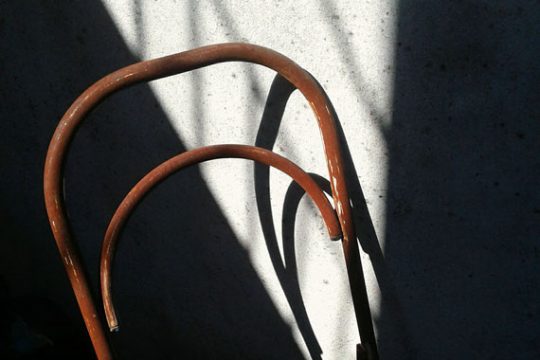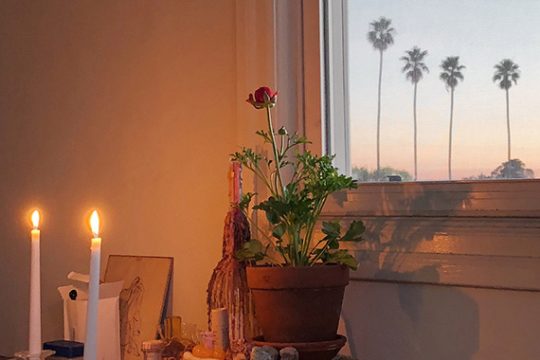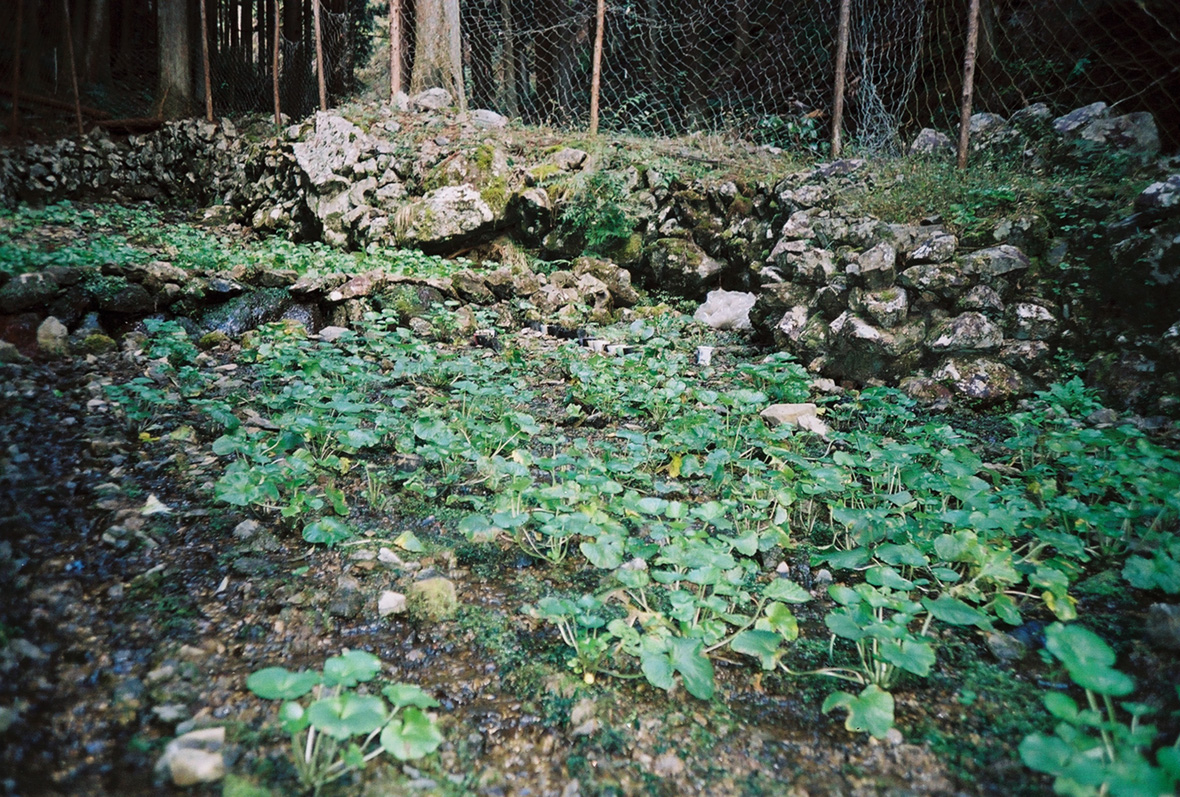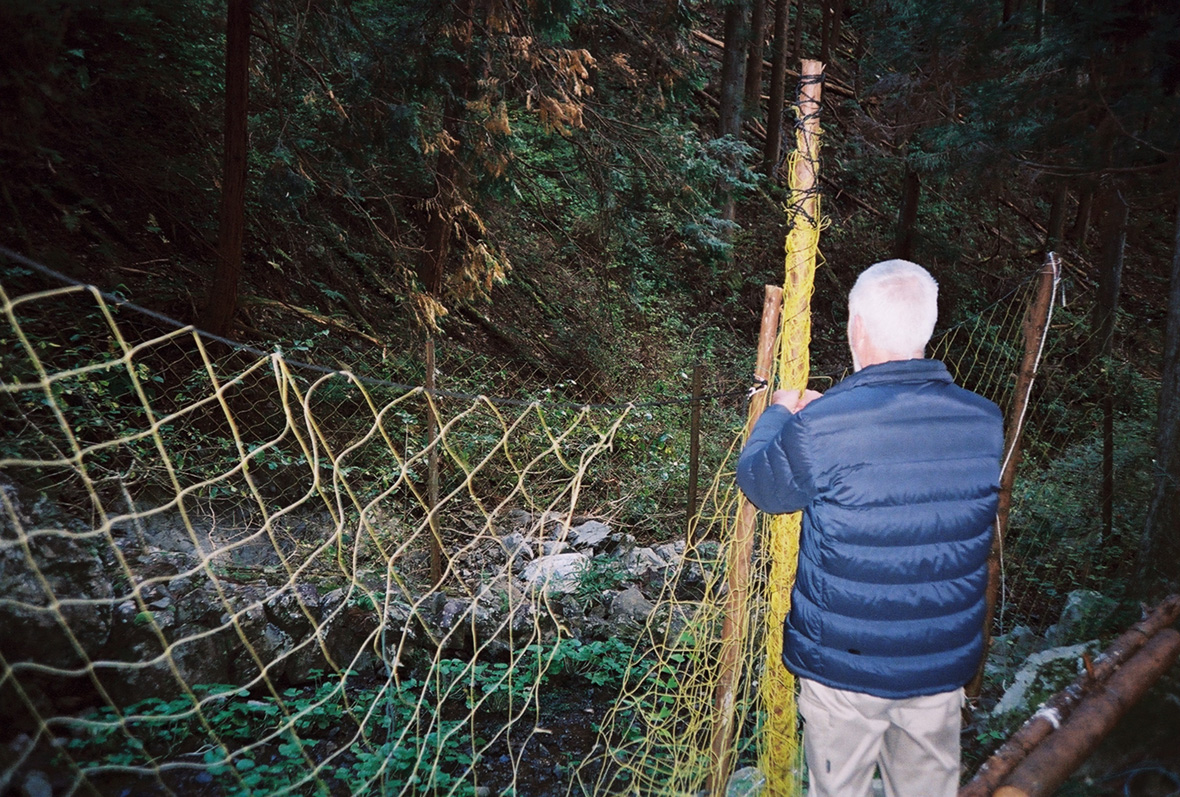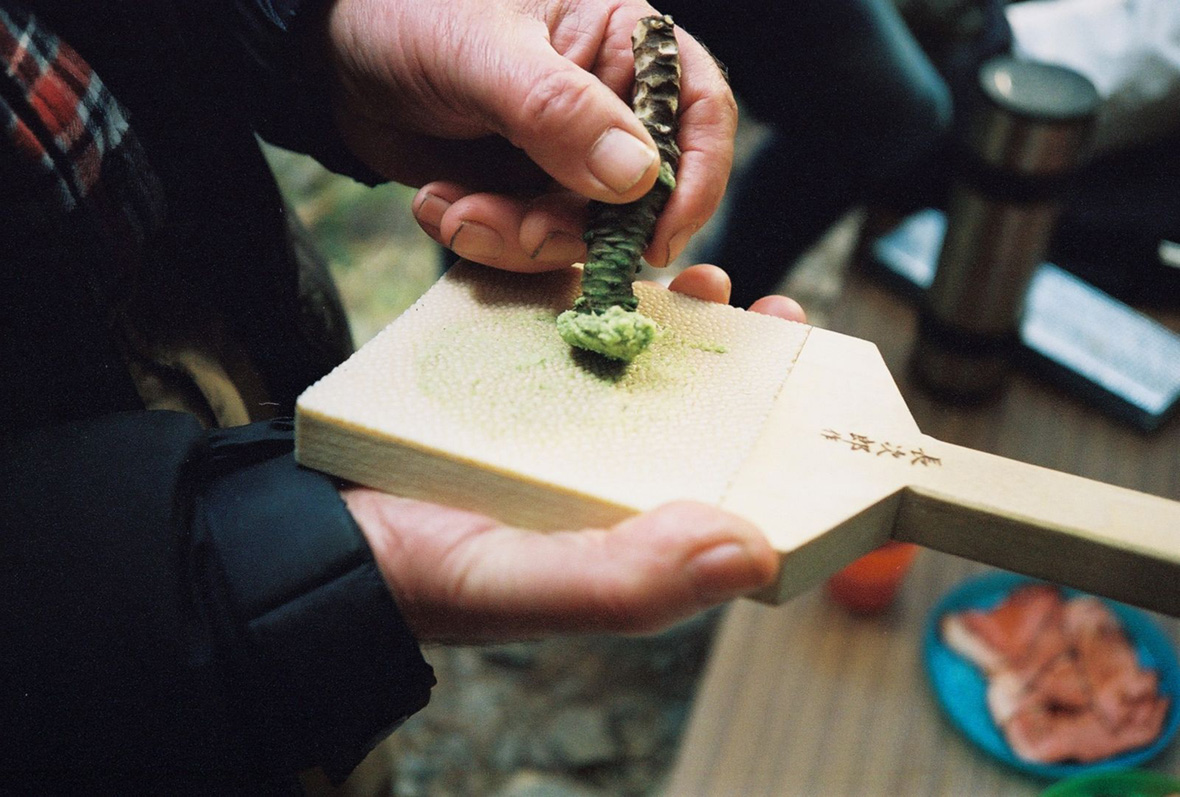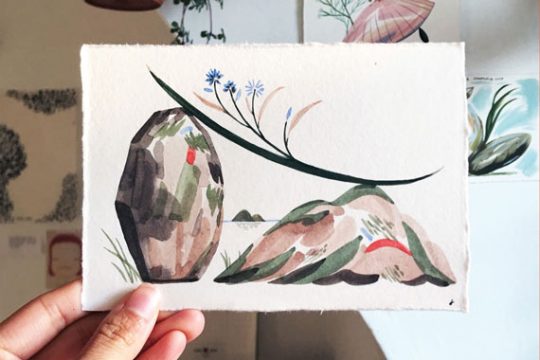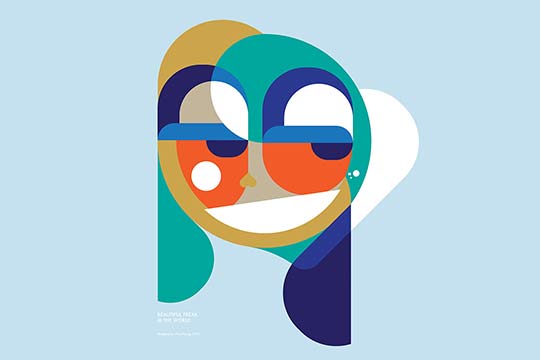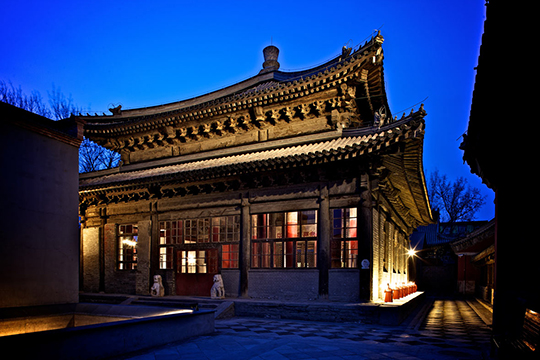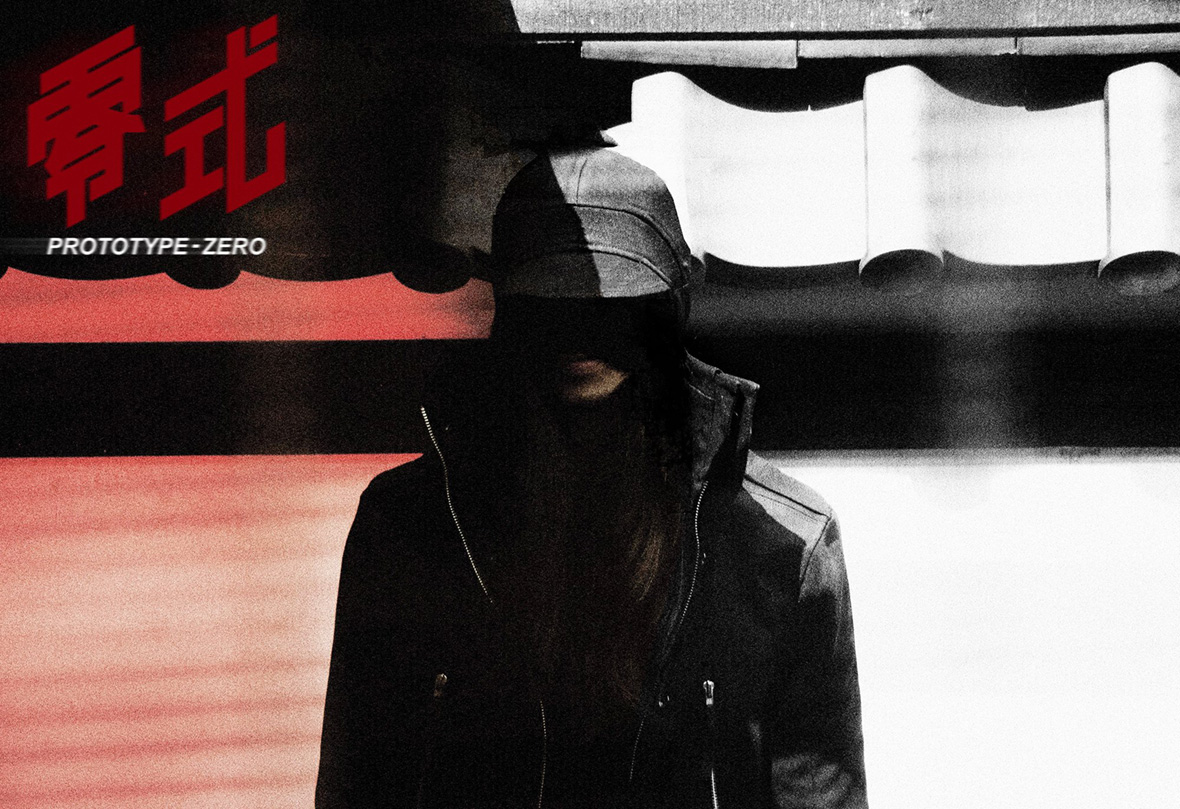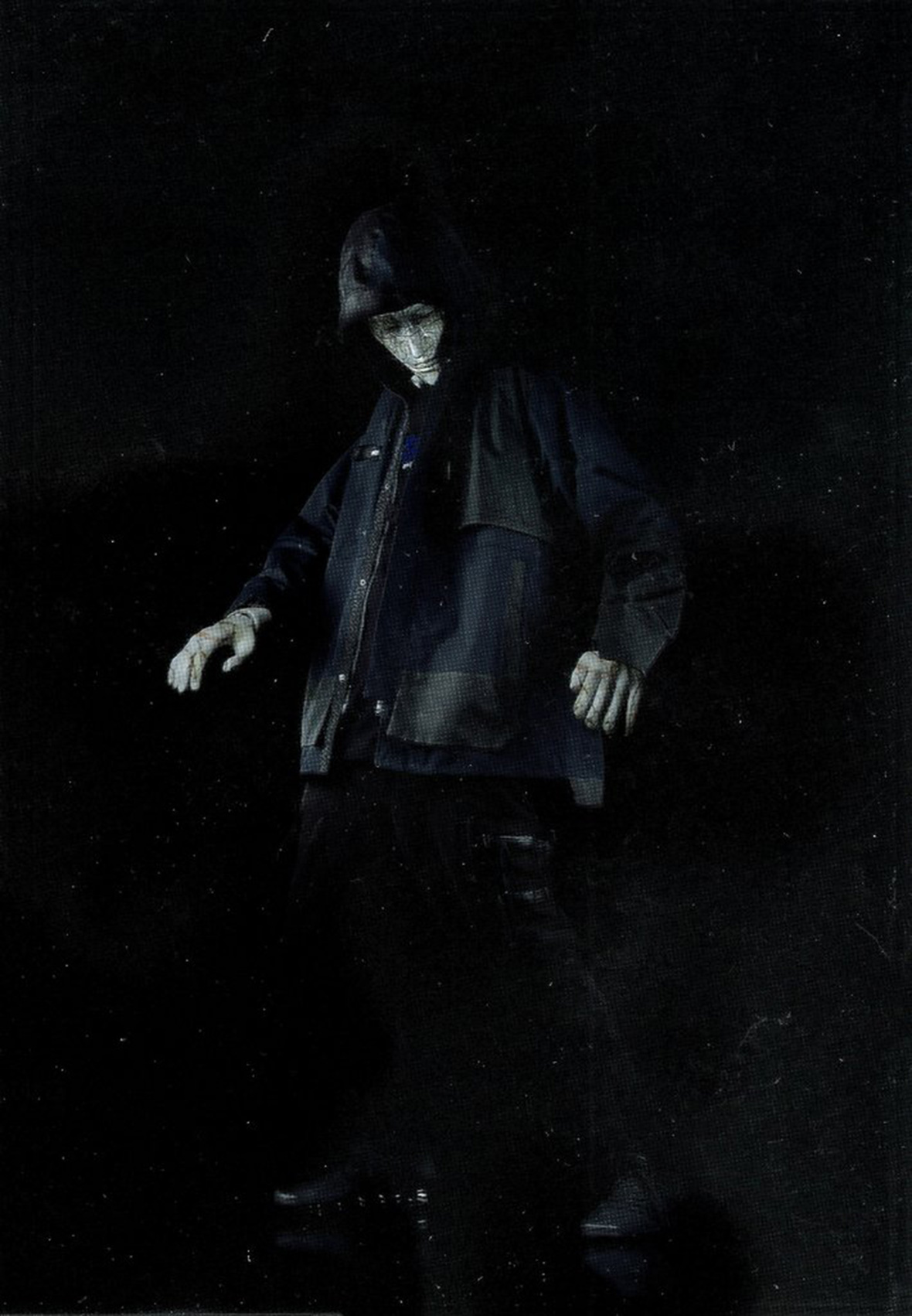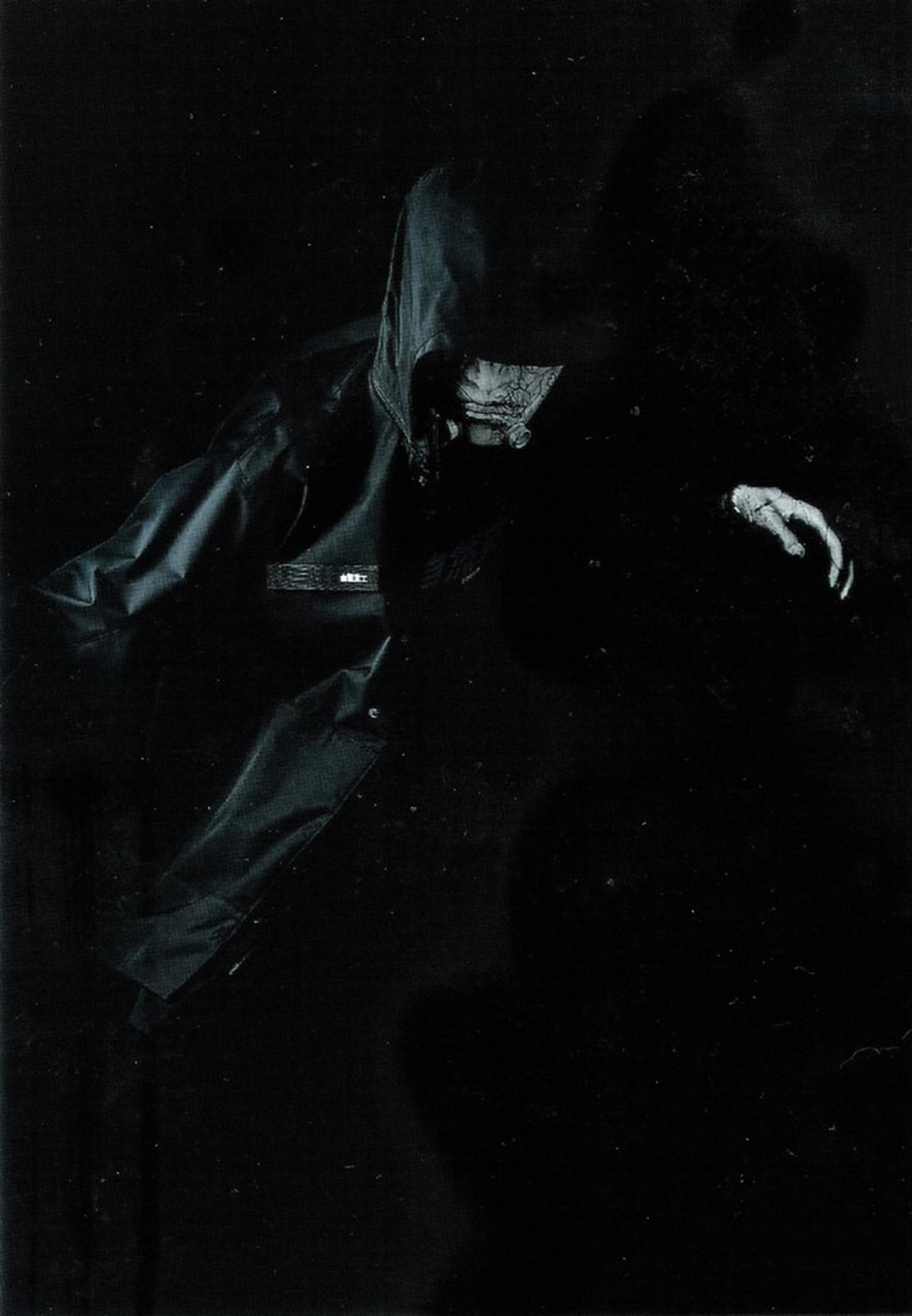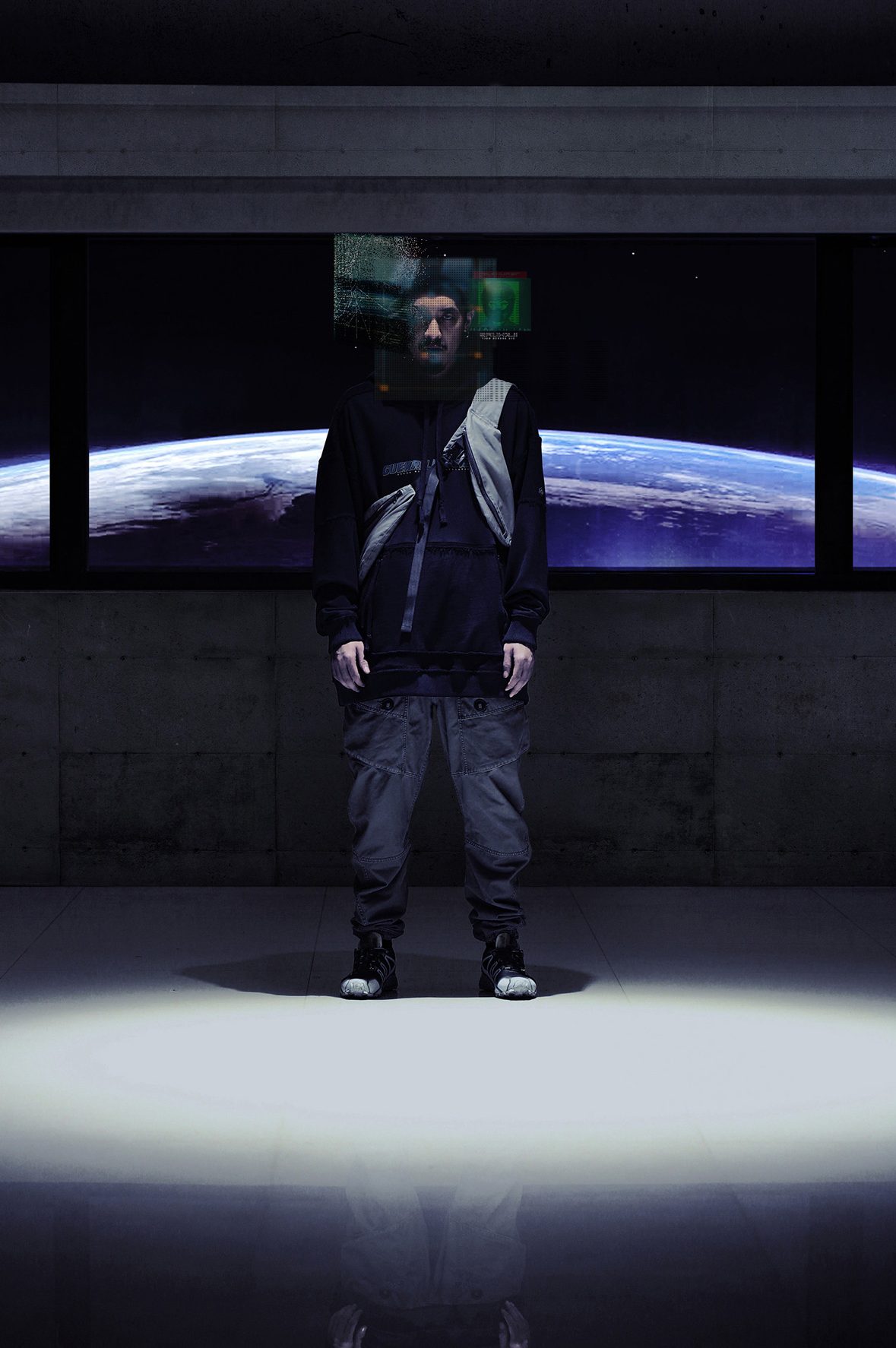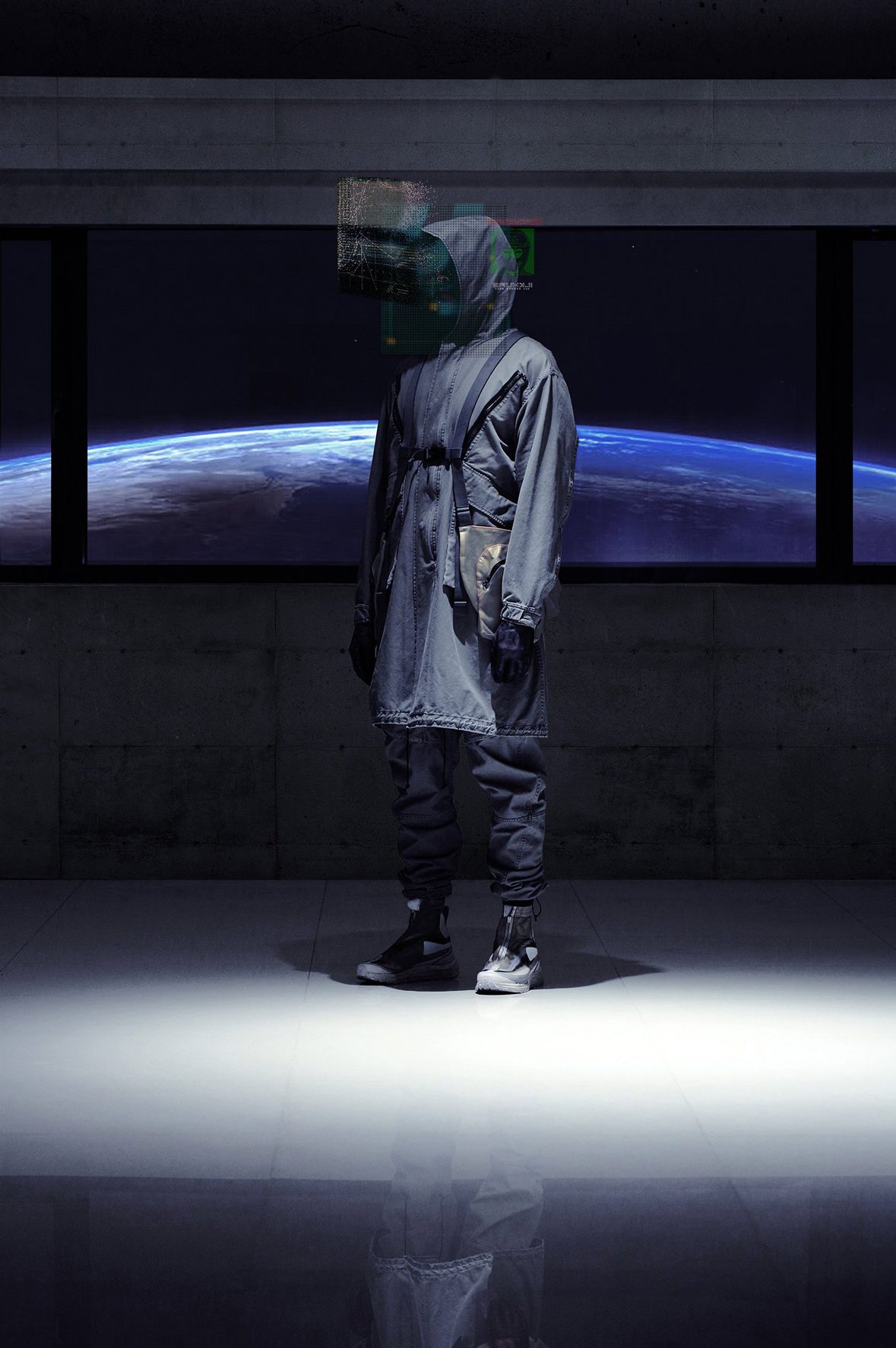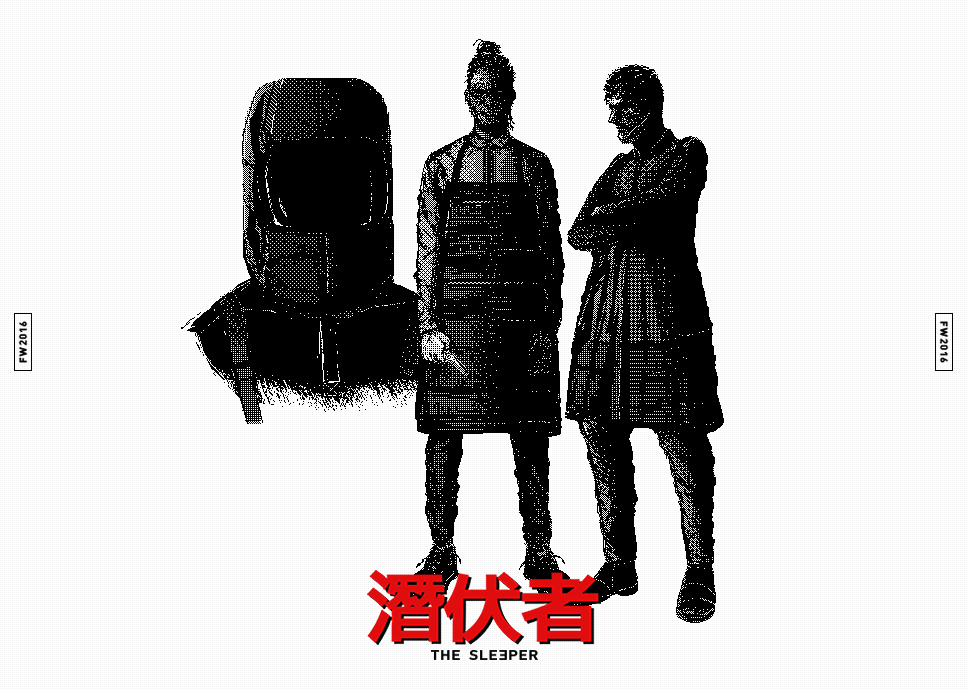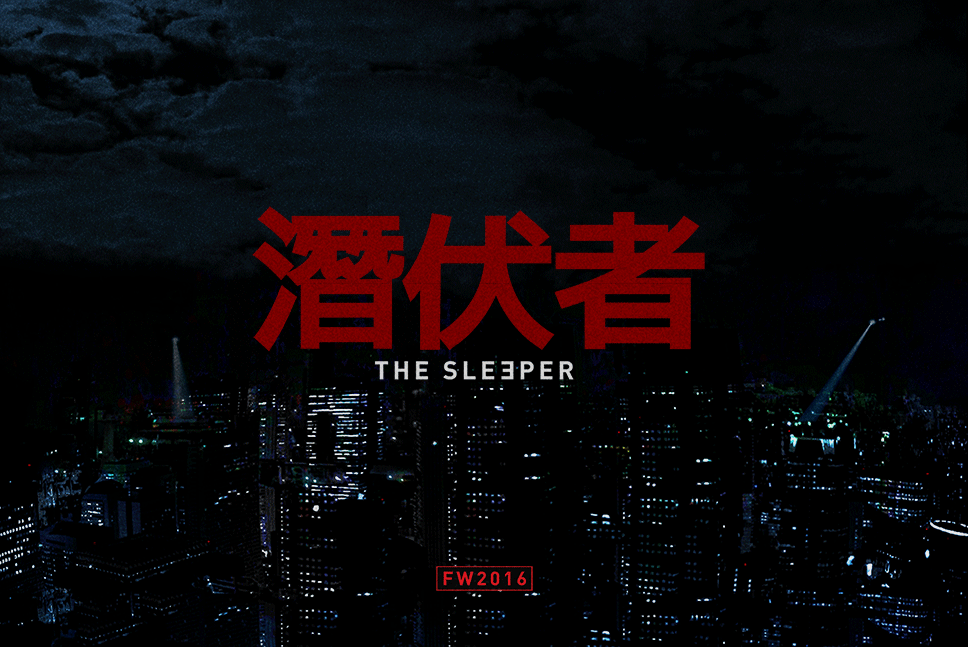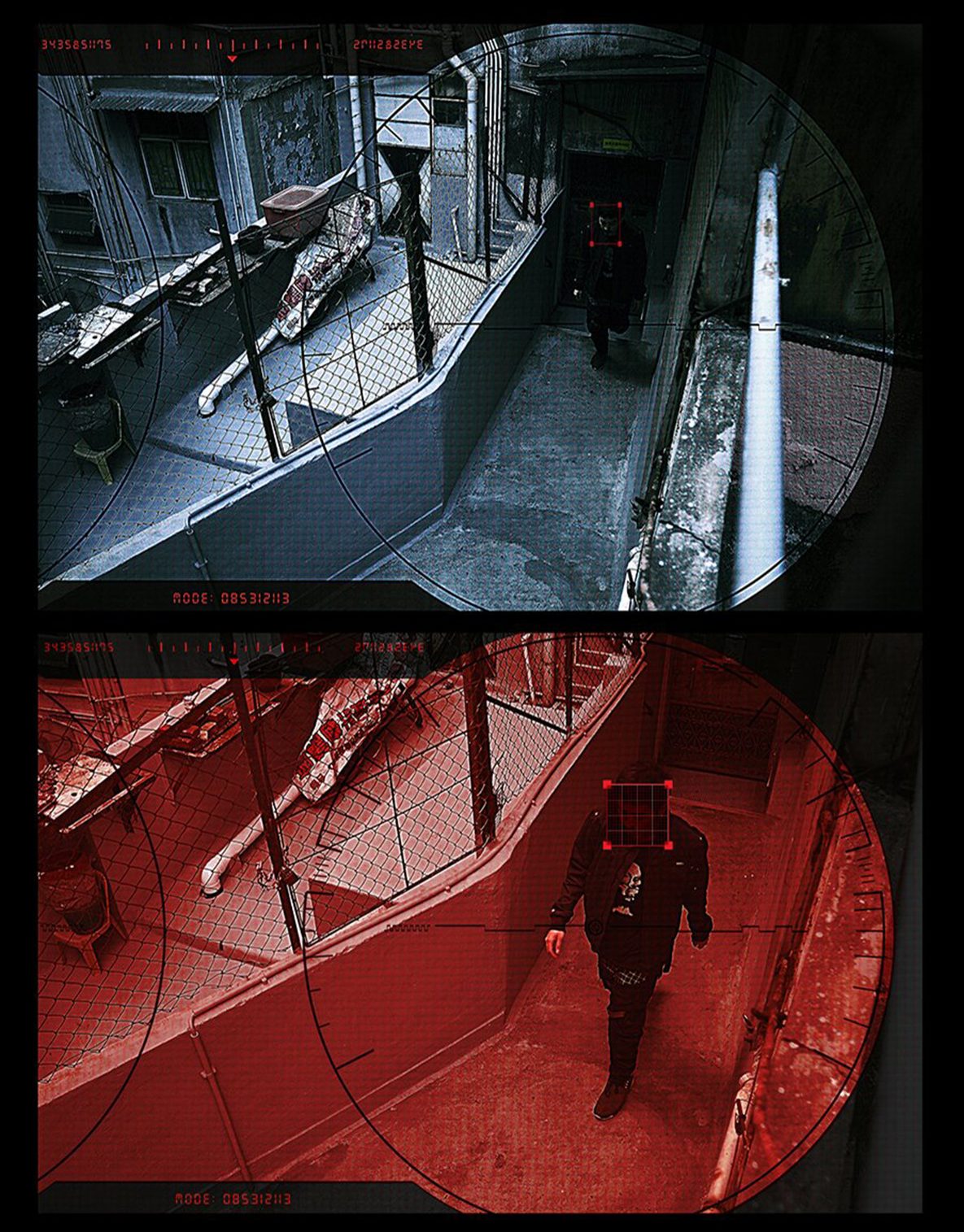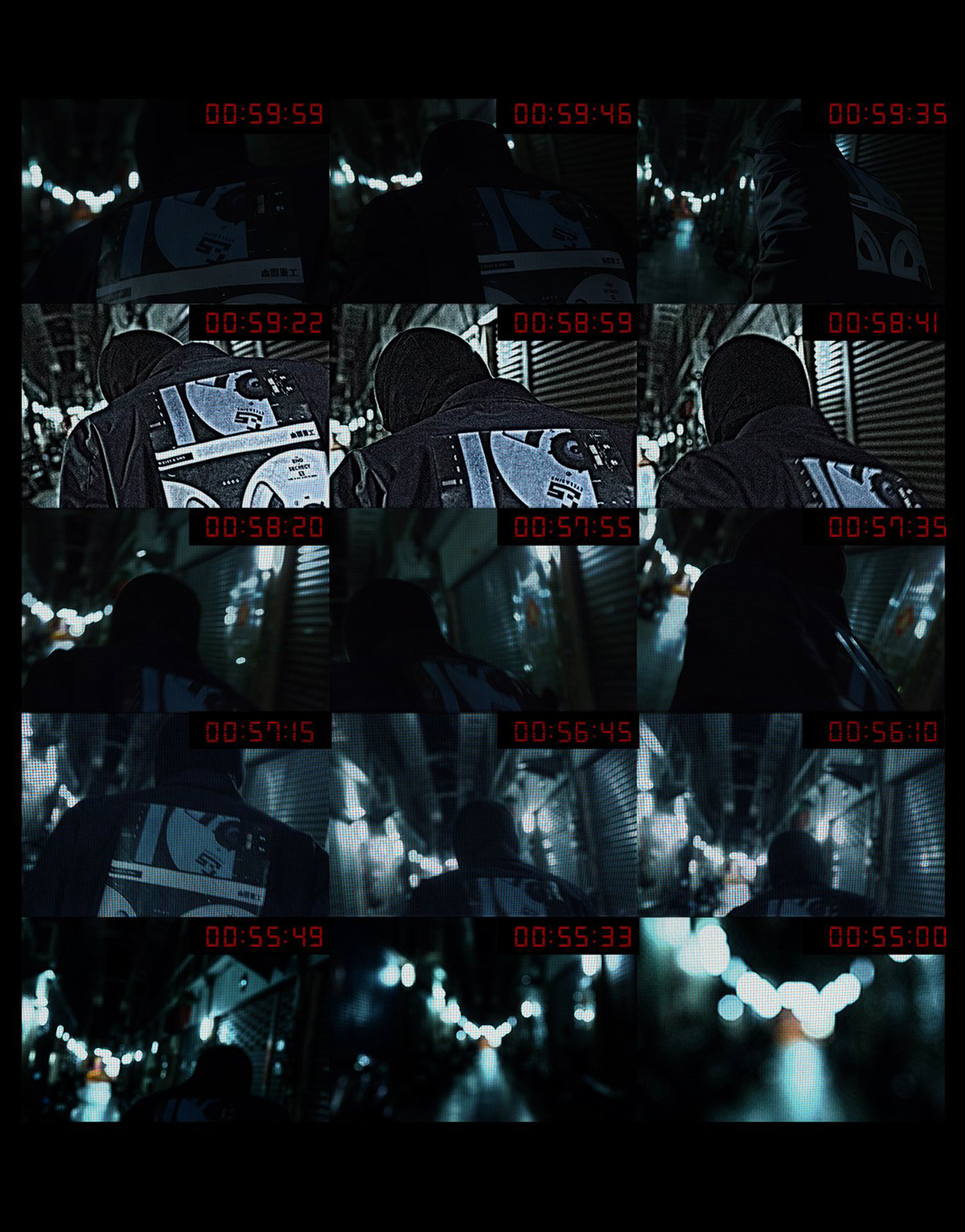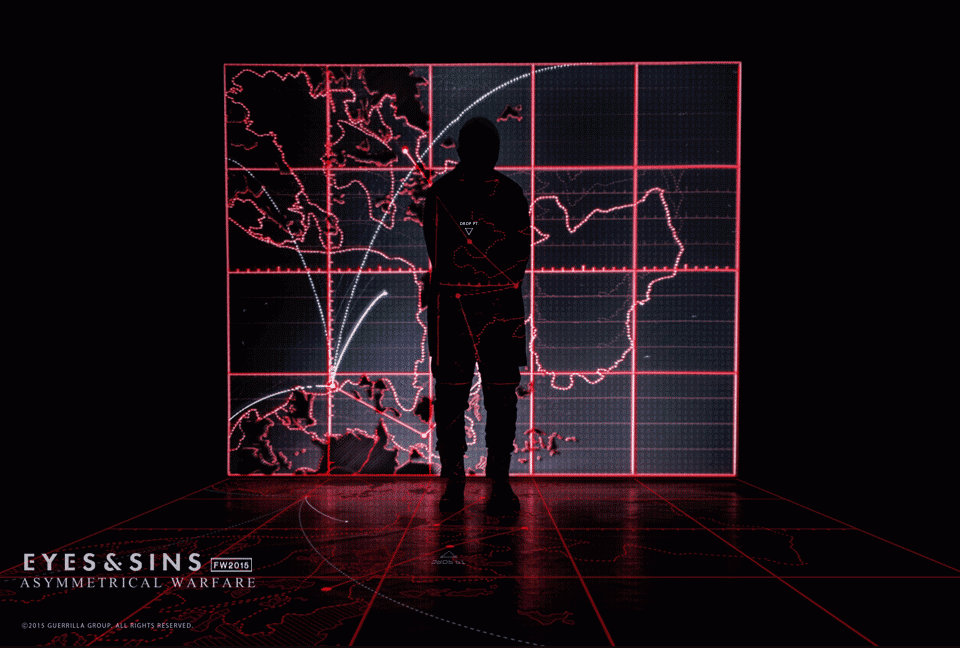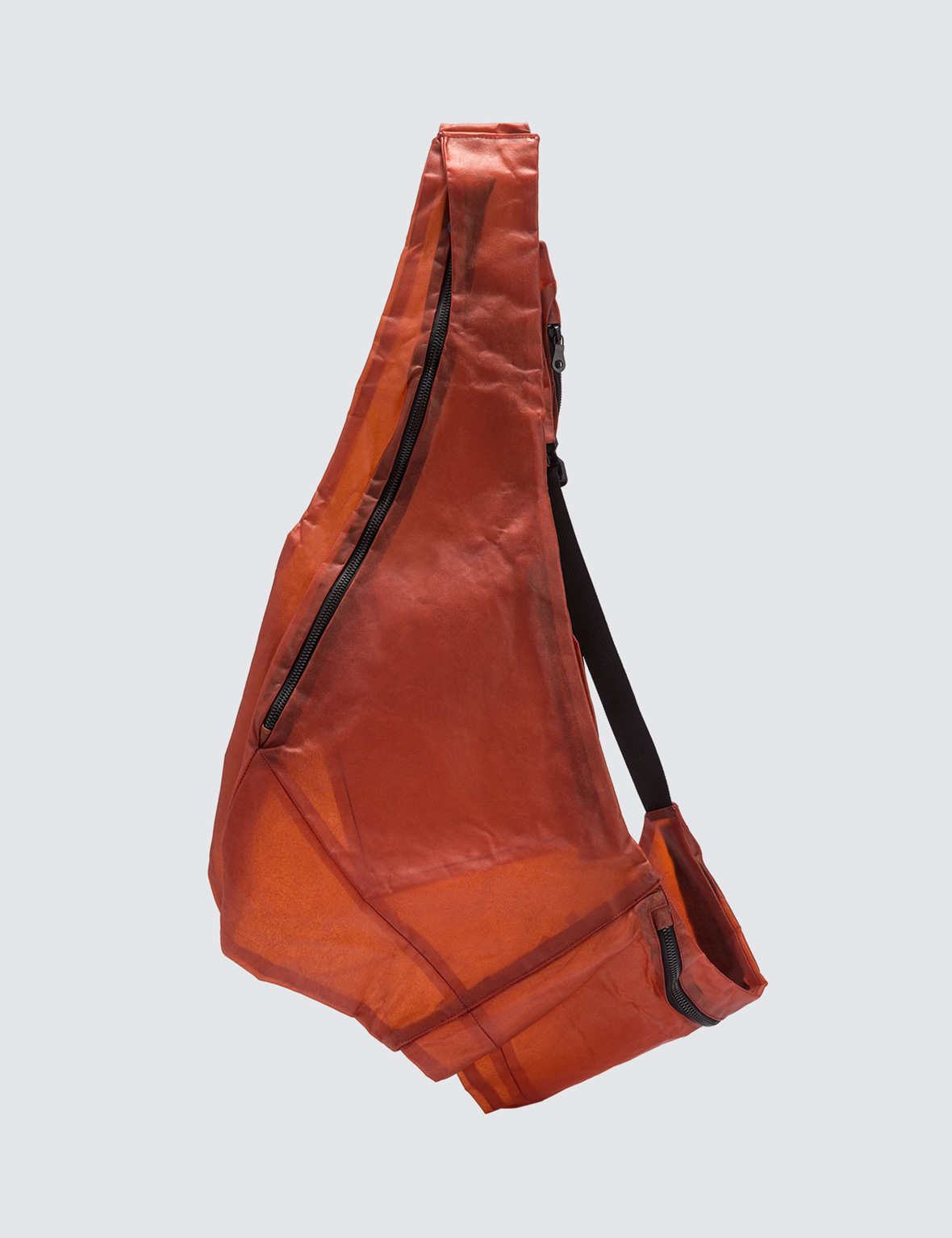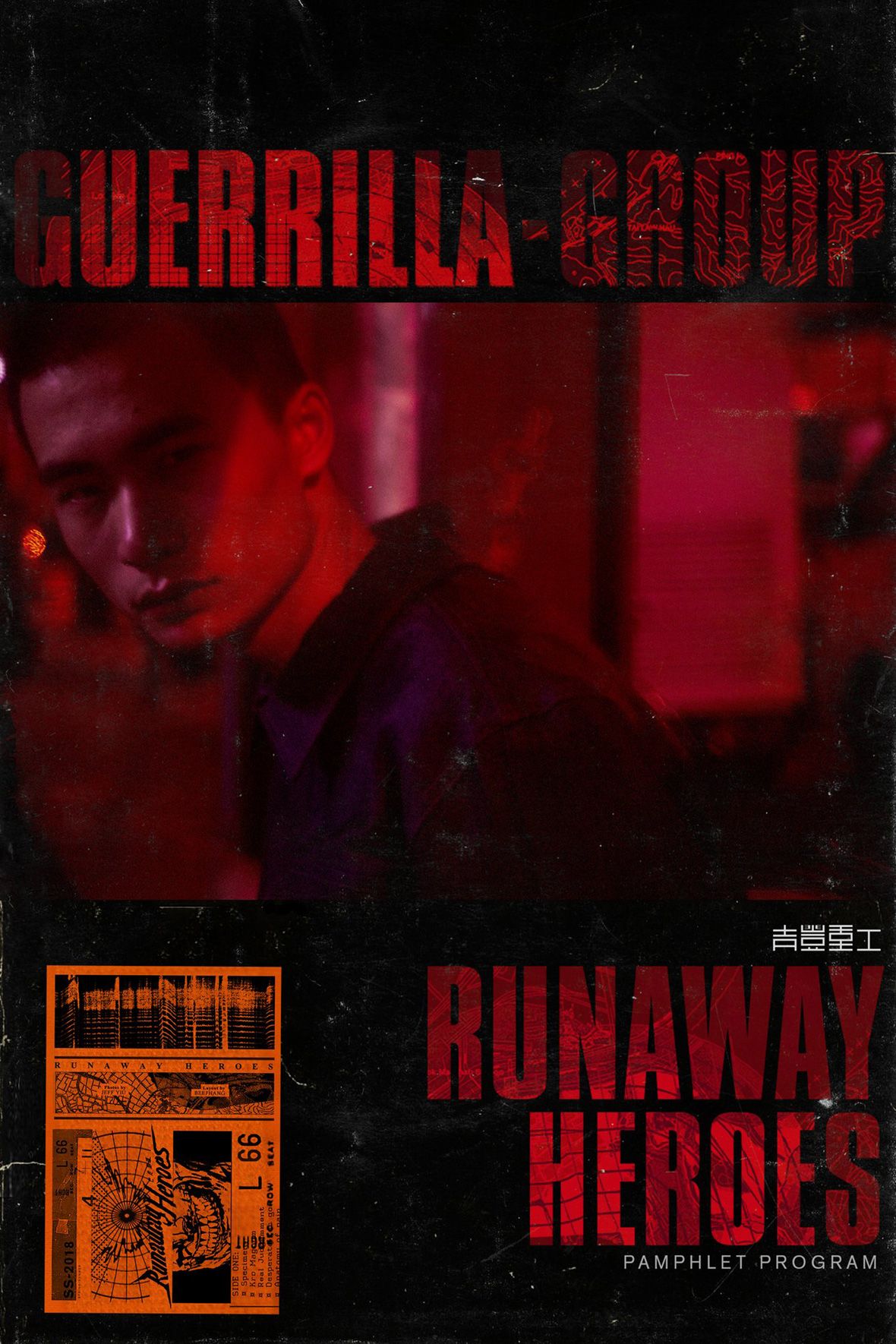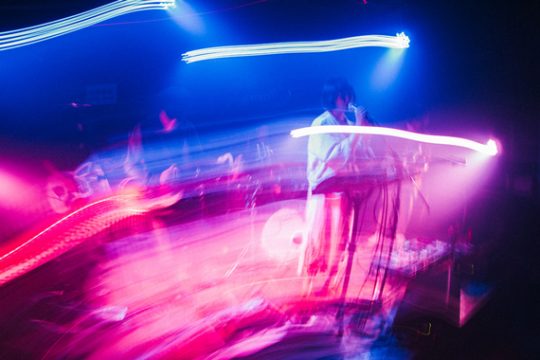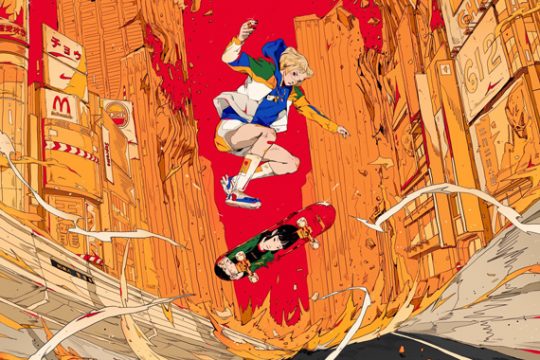
It’s a rainy afternoon in Manila, and the few pedestrians who remain in the streets are moving along with hurried steps, desperate to get out of the downpour. Under the cover of a black umbrella, 27-year-old photographer Jilson Tiu is walking along at a much more leisurely pace, seemingly unfazed by the rain; this indifference towards the weather is made more apparent by the uncapped 70-200mm Canon lens on the DSLR loosely slung around his shoulder, gathering droplets of rain with every gust of wind. “Sometimes I wish my camera was as waterproof as me,” he chuckles as he wipes it with a shirt sleeve.
在马尼拉的一个下午,雨正淅淅沥沥地下。街上行人稀少,大都行色匆匆,着急地避开这场大雨。在一把黑色雨伞的庇护之下,27 岁的摄影师 Jilson Tiu 的步伐显得悠闲得多,似乎丝毫未受倾盆大雨的影响。一颗没有掩护的佳能 70-200 mm 镜头和单眼相机就这么挂在脖子上,随风刮来的雨水沿着镜头滴落,更衬托出他对雨天的毫不在意。“有时候,我真希望相机能和我一样防水。”他笑着说,随手用衬衫袖子擦拭相机。
Tiu is a street photographer and photojournalist who’s been covering stories across the Philippines since 2010. He’s worked with media outlets like CNN Philippines, the Financial Times, Esquire, and more. Today, he isn’t on assignment but seems no less purposeful as he makes his way through Tondo, one of the most densely populated parts of Manila. This district houses some of the city’s most derelict slums and is where Tiu was born and raised; it’s also become one of his favorite places to shoot street photography. “There’s so much going on and it’s challenging to frame the scenes around here,” he says, “I feel like my photography gets better every time I visit.”
Jilson Tiu 是一名街头摄影师和摄影记者,从 2010 年开始拍摄菲律宾各地的故事。他曾为多家媒体工作,包括菲律宾 CNN、《金融时报》(Financial Times)、《君子杂志》(Esquire) 等等。他今天没有工作任务在身,但也并非是漫不经心地闲晃在汤都区(Tondo)的街道上。汤都区是马尼拉人口最密集的地区之一,许多被社会所遗弃的贫民窟以此地为家。而这里,正是 Jilson Tiu 出生和成长的地方,最近则成为他最喜爱街拍的地点之一。“这里总是有很多有趣的事情在发生,找寻构图的过程也充满挑战。我觉得每次来这里,我的摄影技术都会进步。”
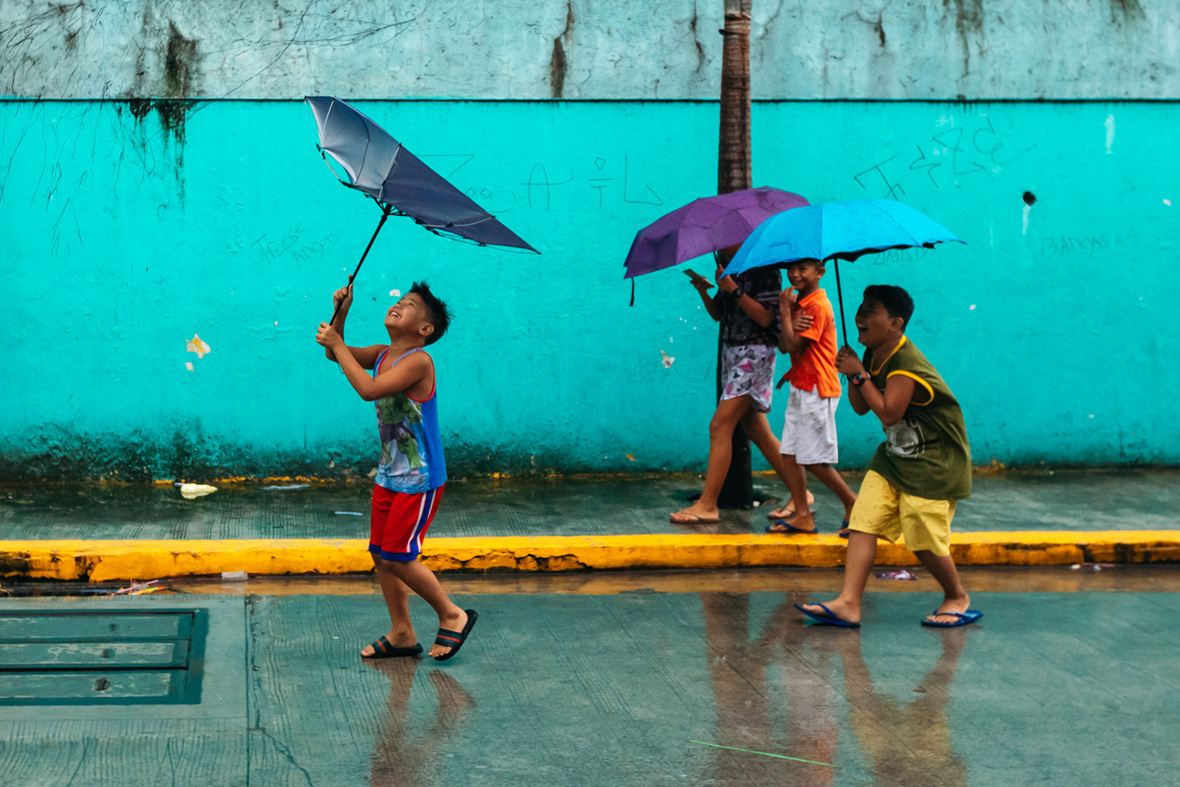

It’s not just technical skills that make Tiu such a brilliant street photographer, though—he’s been able to avoid a common pitfall of street photography: a lack of authenticity and connection. Although often unintentional, many street photographers falsely represent the individuals they’re capturing. They end up with images that offer a distorted view into the lives of people they know nothing about. And without a real connection between the subject and photographer, the resulting images lack crucial context. This means that the shots only feed into a self-serving narrative the photographer has dreamed up, one that’s completely detached from reality.
As a Manila native, Tiu has an insider perspective that imbues his work with an unmistakable sincerity and empathy. His images present the city as he knows it, a vibrant and beautiful metropolis teeming with untold stories.
作为街头摄影师,Jilson Tiu 的出色之处并不仅限于他的摄影技术。更重要的是,他成功避开了街头摄影一个常见的问题:缺乏真实性和连结性。很多街头摄影师常常会以错误的角度呈现他们的拍摄对象,以至于最终成果反映出的不过是自己一无所知的陌生人的生活切面。如果摄影师和拍摄对象之间不能产生真正的联系,那么也会使照片缺少重要的背景情境。意味着这样的创作,只是一个以自我为中心的叙事者的个人满足,是完全脱离现实的。
身为土生土长的马尼拉人,Jilson Tiu 能够从当事人的角度出发,这让他的作品充满一种无可比拟的真诚和同理心。他的街头摄影真切地呈现出他所了解的马尼拉,一个充满活力的美丽城市,包容着无数不为人知的故事。
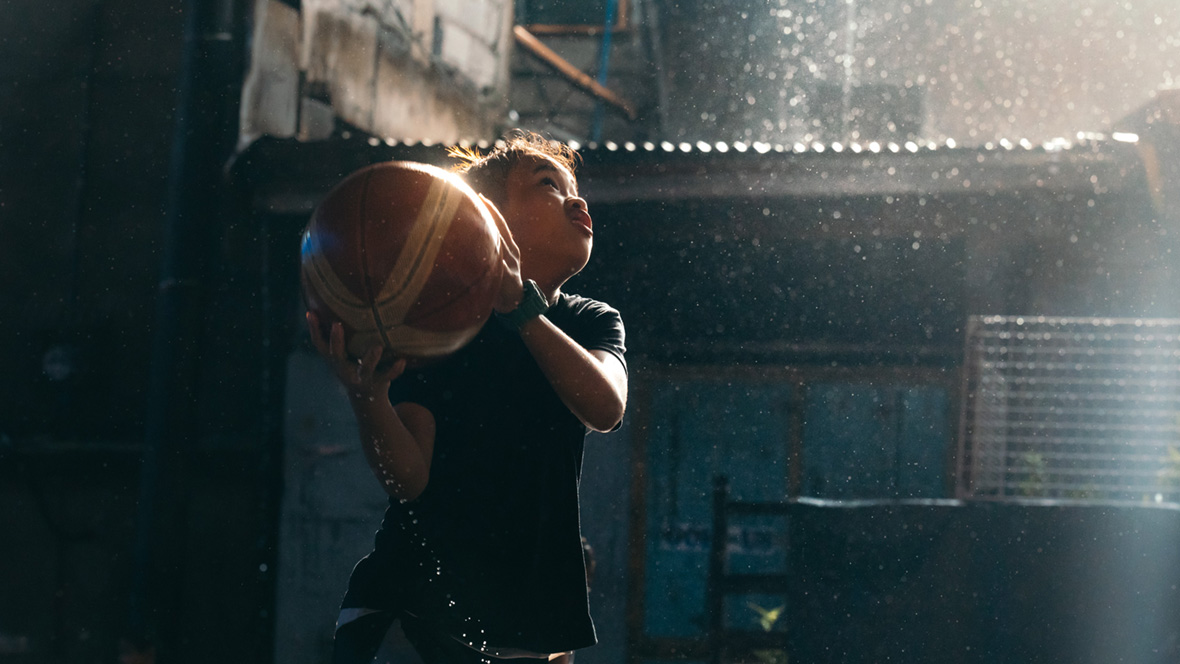
Since Manila isn’t often seen in a positive light, his work is a breath of fresh air. The capital of the Philippines is often associated with trash-strewn streets, derelict slums, and in recent years, Duterte’s bloody, inhumane war on drugs. “There’s no denying that, it’s here,” Tiu says. “But there is so much life in Manila. It’s a place where both the positives and negatives of life intertwine, and I want to bring it all out through my photography. I want to change people’s view of Manila not by removing the true, negative aspects of the city but by showing the smiles and hope that coexist alongside these things.”
考虑到那些常和马尼拉联想在一起的负面形象,他的作品相当令人耳目一新。说起这座菲律宾首都城市,人们总会想到垃圾遍地的街道、废弃的贫民窟,以及近年来,因为杜特尔特所发起那场违背人道的毒品战争而成为的一处血腥战场。“这些都是不可否认的事实,确确实实发生着。”Jilson Tiu 说,“但是,在马尼拉有非常多样的生活,光明和黑暗在这里交织汇合。我希望通过自己的摄影,将这些不同面向都呈现出来。我想改变人们对马尼拉的看法,不是靠抹去那些负面事实,而是将与这些阴暗共存的希望和笑容展示出来。”
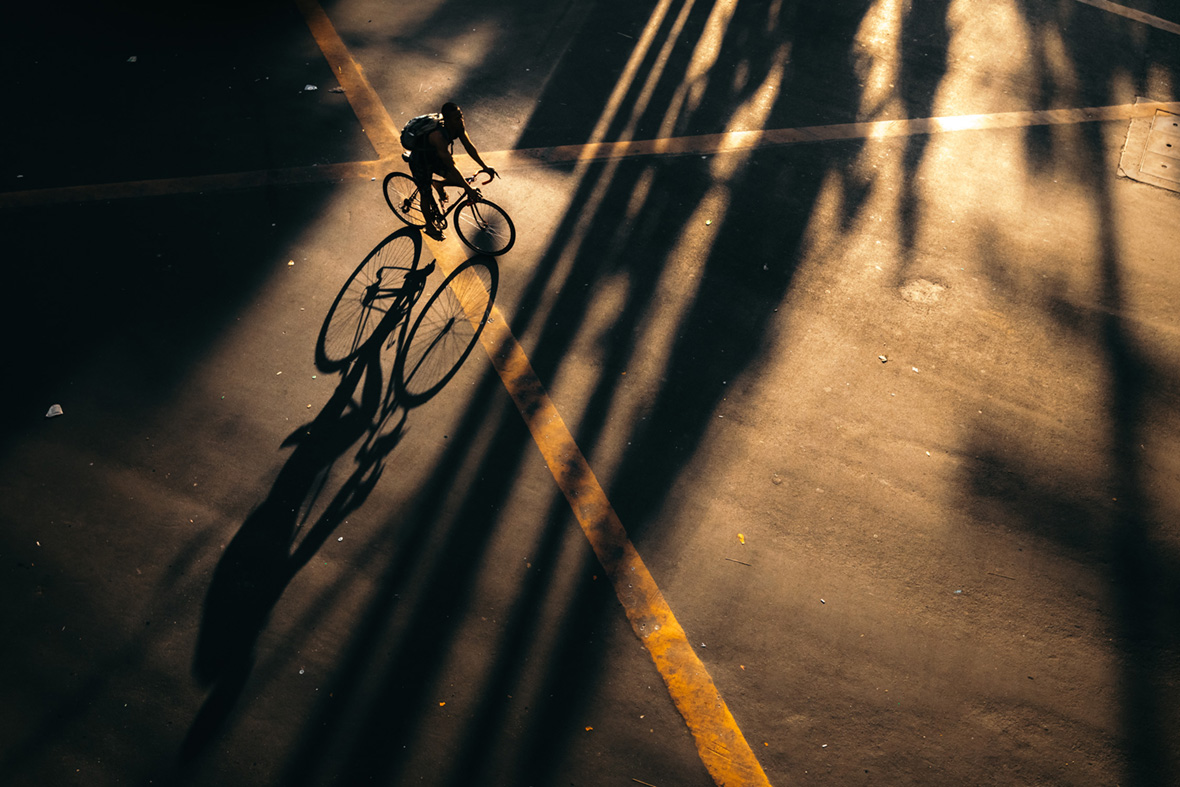
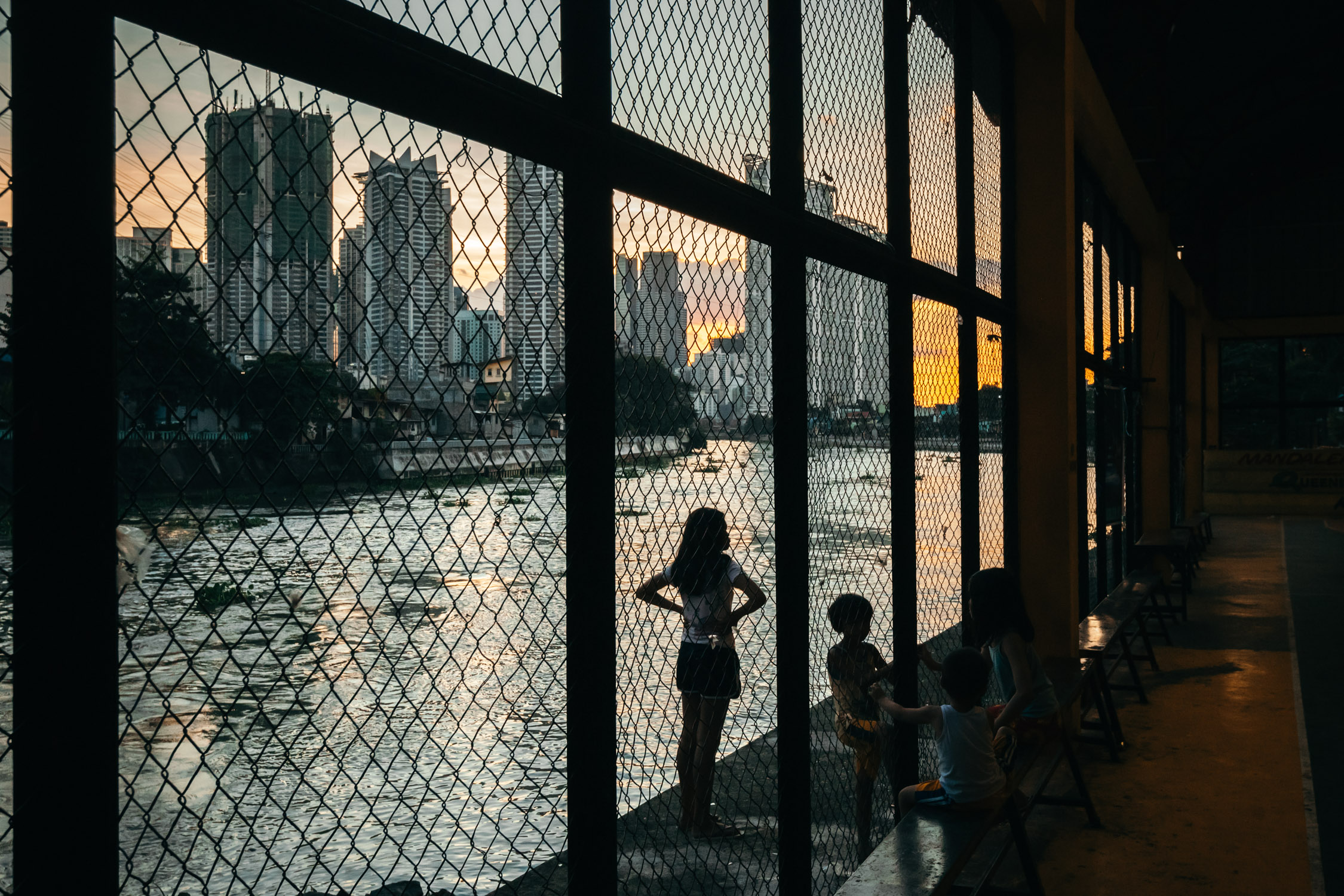
While Tiu enjoys capturing the city’s charms, his background in photojournalism means that he believes the good and the bad both deserve equal representation, In fact, capturing the ugly truths is often times of greater importance to him. “No matter if it’s the drug war, the pollution, or the city’s congested streets, there’s something to be learned,” he says. “These documentations can help show us the errors of our ways, and remind people—whether they be individuals, communities, or politicians—that we can do better.”
虽然 Jilson Tiu 喜欢捕捉这座城市的魅力,他的新闻摄影背景也使得他相信好的和坏的事实都应该获得平等的展现。对他而言,揭示丑陋的真相往往更具有显着的意义。“不论是毒品战争、污染、或城市拥挤的街道,都能让人们有所启示。”他说。“这些纪录可以帮助我们认识所犯下的错误,并提醒人们,不论是个人、团体或政治人物,我们都可以做得更好。”
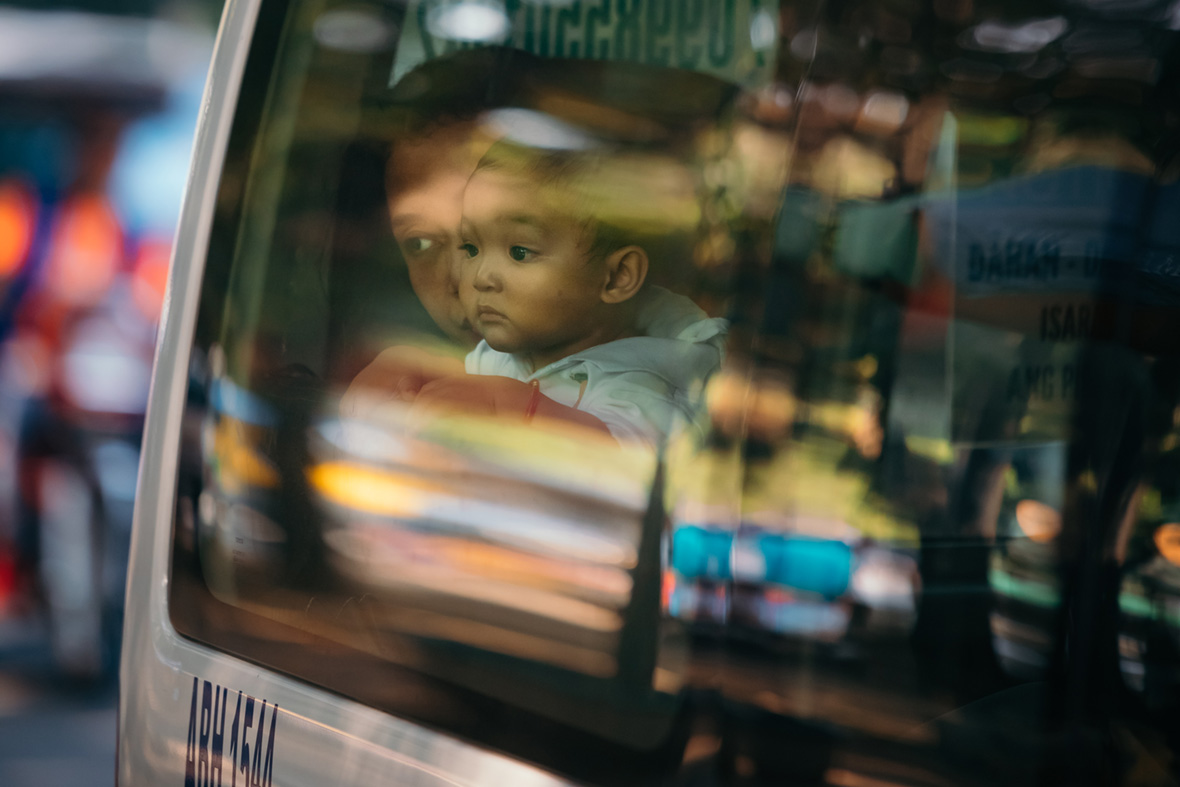
As the day winds down and the rain subsides, Tiu begins packing up his camera. Just a few hours on the streets has filled his CF card with hundreds of images. While he’d be happy if he ended up with a few shots he liked from the day, it’s not a big deal if he doesn’t. Rather than being driven by a need to “get the shot” at all times, he finds that it can be more meaningful to just appreciate moments for what they are. Grinning, he says, “Sometimes the greatest scenes are the ones you see when you don’t have your camera.”
随着狂风逐渐平息,雨水也逐渐消退,Jilson Tiu 收起了他的相机。在街上游荡的几个小时已经让他的相机记忆卡多了数百张图片。如果有拍到让自己满意的照片,当然很值得高兴。但即使没有,也无所谓。他并不是怀着“拍到好照片”的意图在拍摄的,他觉得单纯去感受那些时刻的存在更耐人寻味。他咧嘴笑道:“最好的画面往往出现在你亲眼看到,但手边却没有相机的时候。”

Website: www.jilsontiu.com
Instagram: @jilson.tiu
Contributor: David Yen
Chinese Translation: Olivia Li


